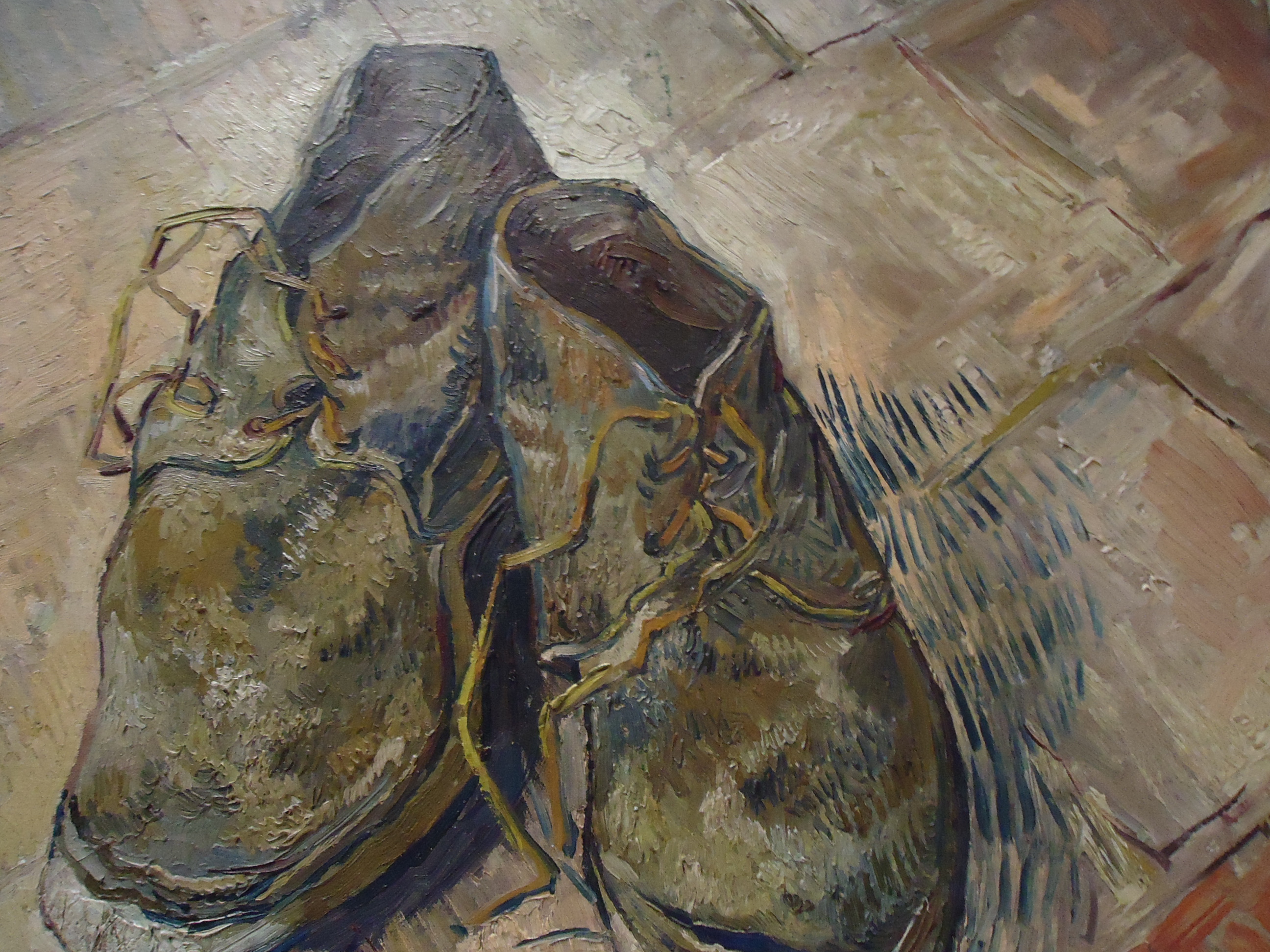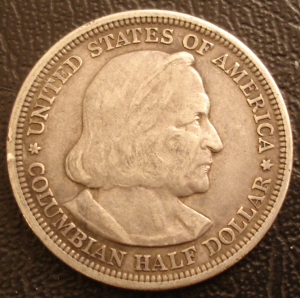
Coin Collecting at the Safir House
British Farthings with the Wren Desgn 1940s and 1950s
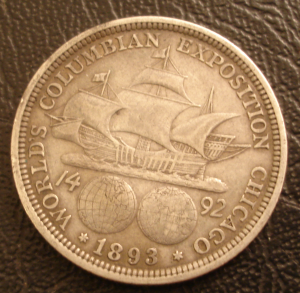

|
Coin Collecting at the Safir House
|

|
Farthings were one of the copper coins of the old British monetary system, which itself, like much of the world, was so confusing that it is amazing that it wasn't simplified earlier. Twenty Shillings made a Pound. 240 Pennies made a Pound. 5 Shillings made a Crown. A Guinea was 21 Shillings and was used to determin auction fees in business. A Shilling was 12 Pence (12 pennies) and they have sixpence coins, three pences coins, Pennies, a Half Penny and a Farthing (a quarter penny). A Penny was respresented with a small d. 3d was three pence. £ was a Pound. In addition to this, in conformity with much of Europe there were Florins that were 2 Shillings. A half-sovereign was 10 Shillings. A Crown was 5 Shillings. And then we finally had a Groat with was 4 Pence. Even with a nice chart, this was confusing as hell and was all scraped in 1971 for a simplied system which I won't go over here. There is a nice review of the old coinage at Project Britian
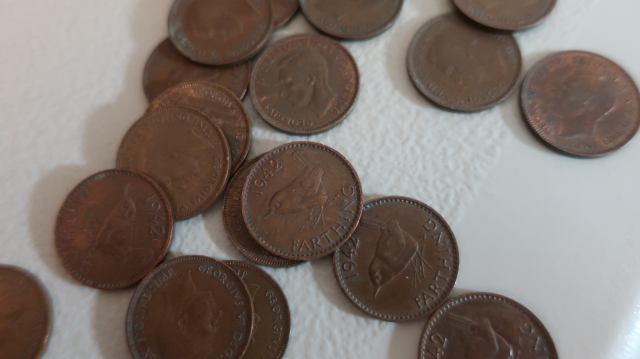
The Wren design for the Farthing was created in 1937 with the accension to the throne of King Edward VIII. But it never made it into circulation as Edward abdicated in order to marry American divorcee Wallis Simpson. The first example to be released for circulation was for King George VI who served as King though WWII. Based on the obverse, there was two Royal Protraits, one with inscription “GEORGIVS VI D: G: BR: OMN: REX F: D: IND IMP" and the later one after 1949 and the forumation of the British Commonwealth, “GEORGIVS VI D: G: BR: OMN: REX FIDEI DEF” as India and Pakastan were made independent.
Upon the accension of Queen Elizabeth II, more varieties were introduced. Two obverses arose, where the small cross above Elizabeth's head slightly differently aligns about the beaded rim. And the Wren side has two alignments as well, especially viewable with the word FARTHING that is etched along the bottom of the coin. There is also another variety with longer beads. A decent description of the coin is at Brushwood Coin
For me, the attraction to the Wren Farthing is the bird. I had a friend who once collected nothing but coins with birds,
and she introduced me to the Wren. The coin is a bronze coin, nearly exactly the size of a US cent. The coins can be
difficult to find in high quality, although the late years in the series have many above average examples as they didn't
circulate. Like US cents today, many ended up in pickle jars collecting dust. After purchasing a few, I discovered on Ebay
an entire set in a Whitman folder - all red examples, probably MS grades. I brought the set with the idea that I would
pop them out of the folder and I would send them to ANACs for grading. I negotiated a special price with ANACs for the grading.
and they did an outstanding job and turned them around quickly to me, even conserving 9 of the coins.
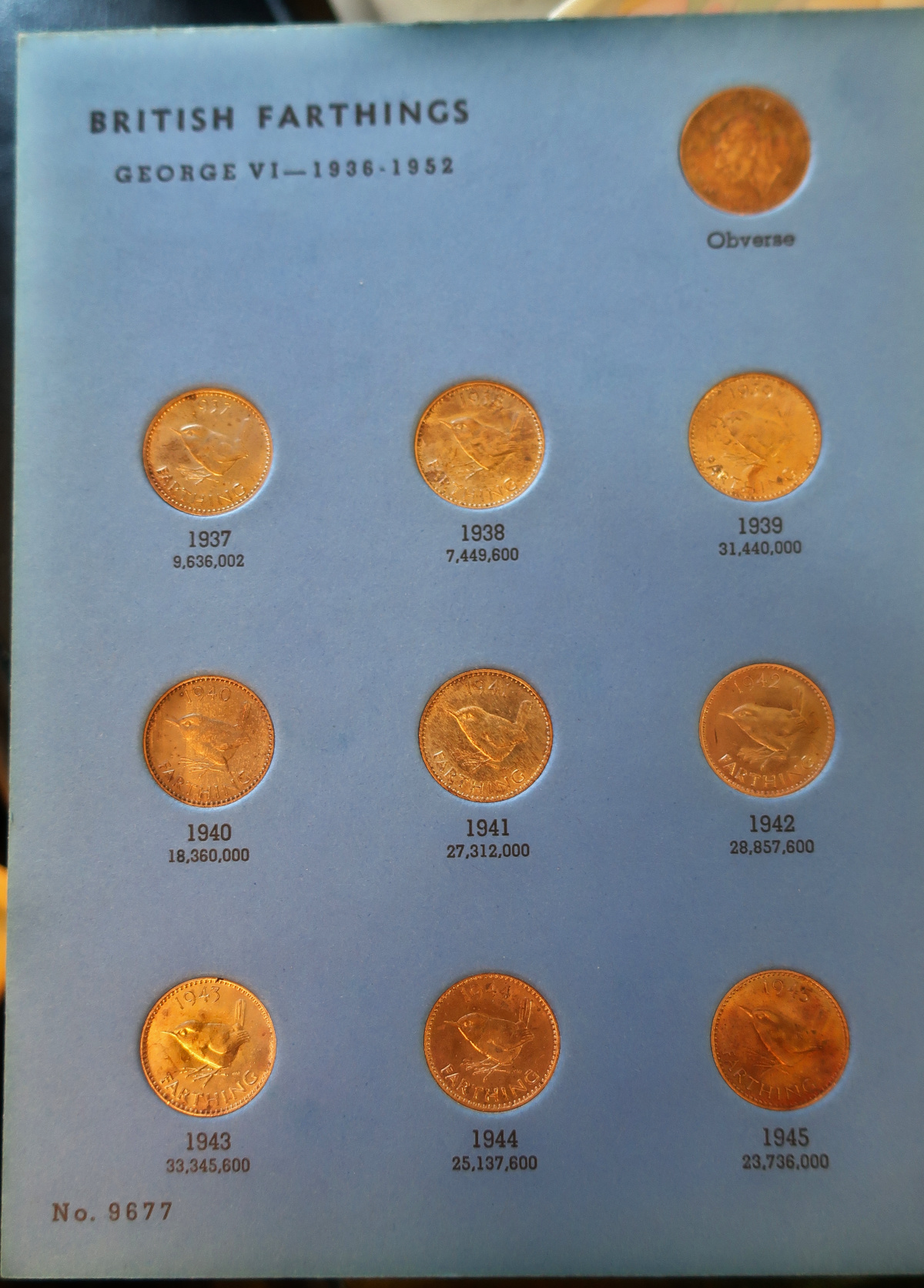
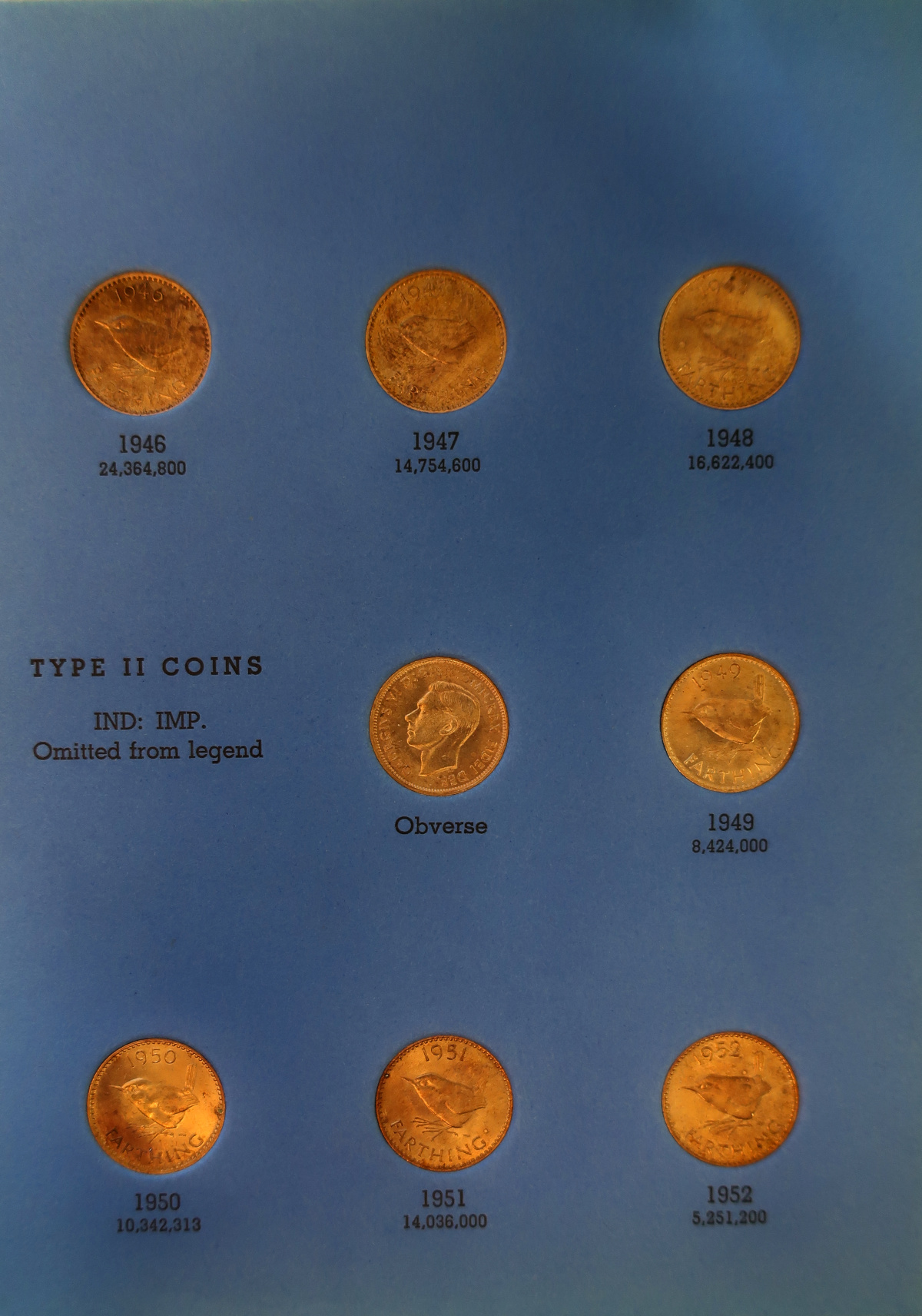
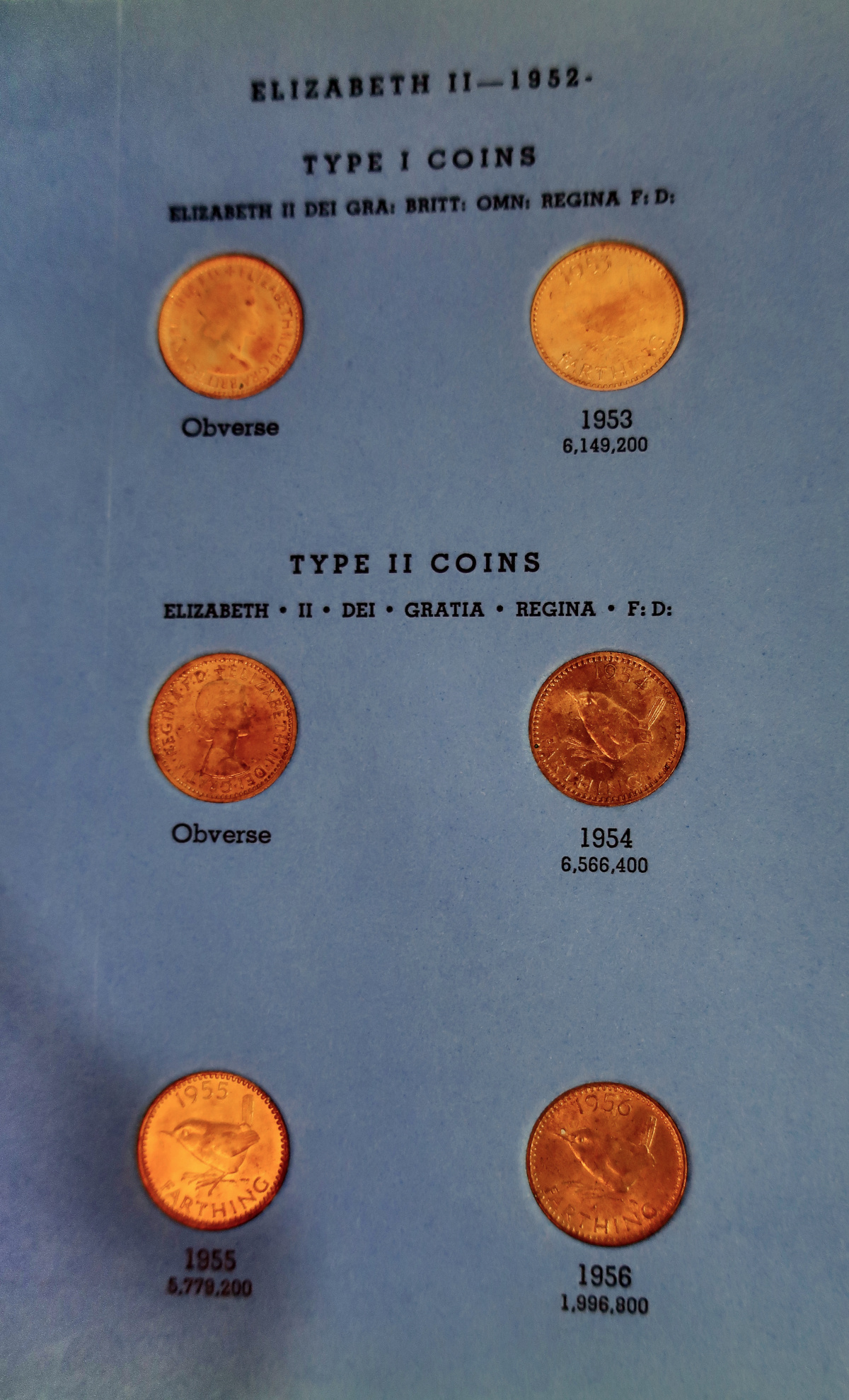
This was the grade sheet that returned from ANACS
Order# Item# Date Mint Denom Variety Sup Grade 484094 7387341 1946 FRTH GR BRIT RB MS 62 484094 7387342 1955 FRTH GR BRIT RED MS 64 484094 7387343 1947 FRTH GR BRIT RB MS 64 484094 7387344 1949 FRTH GR BRIT RED MS 64 484094 7387345 1949 FRTH GR BRIT RED MS 64 484094 7387346 1952 FRTH GR BRIT RED MS 64 484094 7387347 1954 FRTH GR BRIT RB MS 62 484094 7387348 1954 FRTH GR BRIT RB MS 62 484094 7387349 1956 FRTH GR BRIT RED MS 65 484094 7387350 1944 FRTH GR BRIT RB MS 63 484094 7387351 1943 FRTH GR BRIT RED MS 63 484094 7387352 1940 FRTH GR BRIT AU 58 484094 7387353 1951 FRTH GR BRIT RED MS 65 484094 7387354 1941 FRTH GR BRIT AU 58 484094 7387355 1941 FRTH GR BRIT RB MS 63 484094 7387356 1953 FRTH GR BRIT RED MS 63 484094 7387357 1948 FRTH GR BRIT RED MS 64 484094 7387358 1938 FRTH GR BRIT RB MS 63 484094 7387359 1953 FRTH GR BRIT RED MS 65 484094 7387360 1945 FRTH GR BRIT RB MS 63 484094 7387361 1950 FRTH GR BRIT RB MS 64 484094 7387362 1937 FRTH GR BRIT RB MS 63 484094 7387363 1939 FRTH GR BRIT RB MS 63 484094 7387364 1942 FRTH GR BRIT RB MS 63
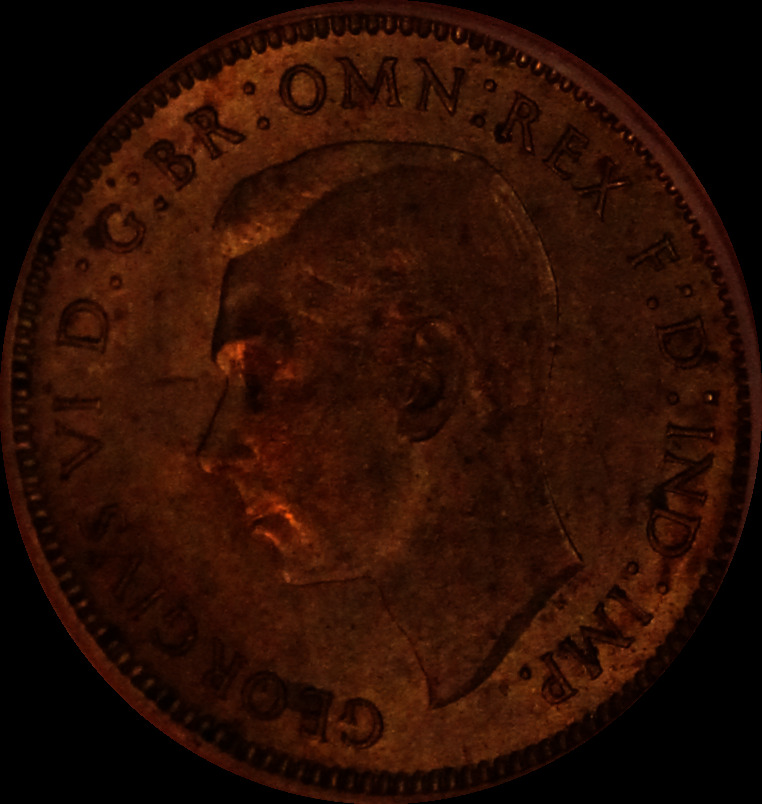
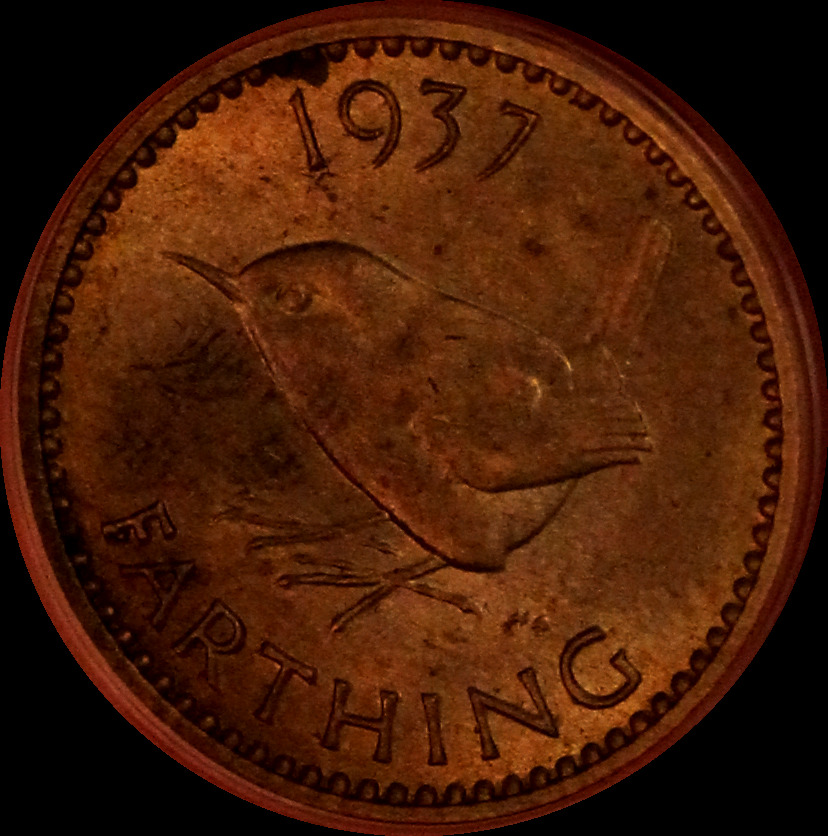
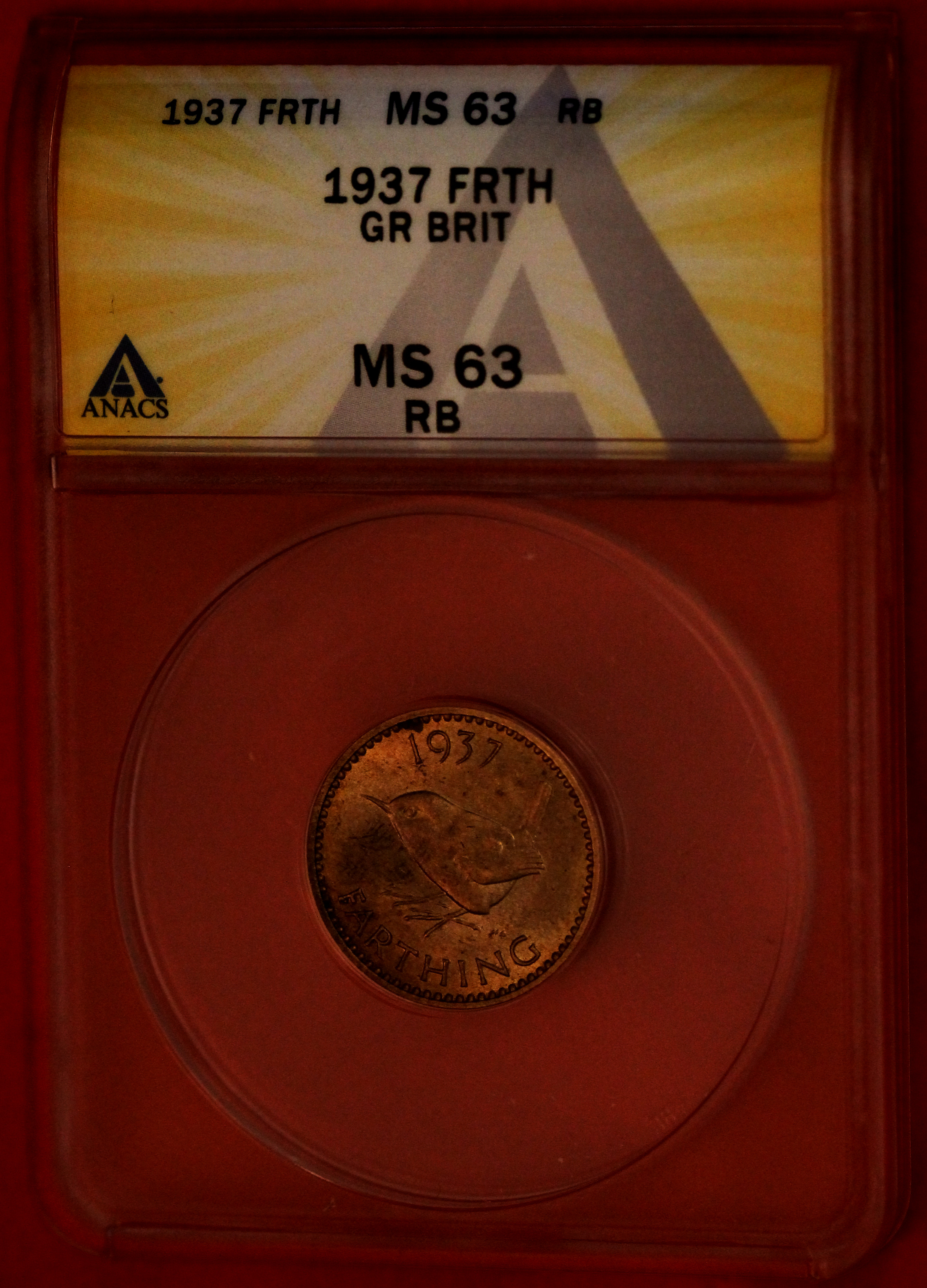
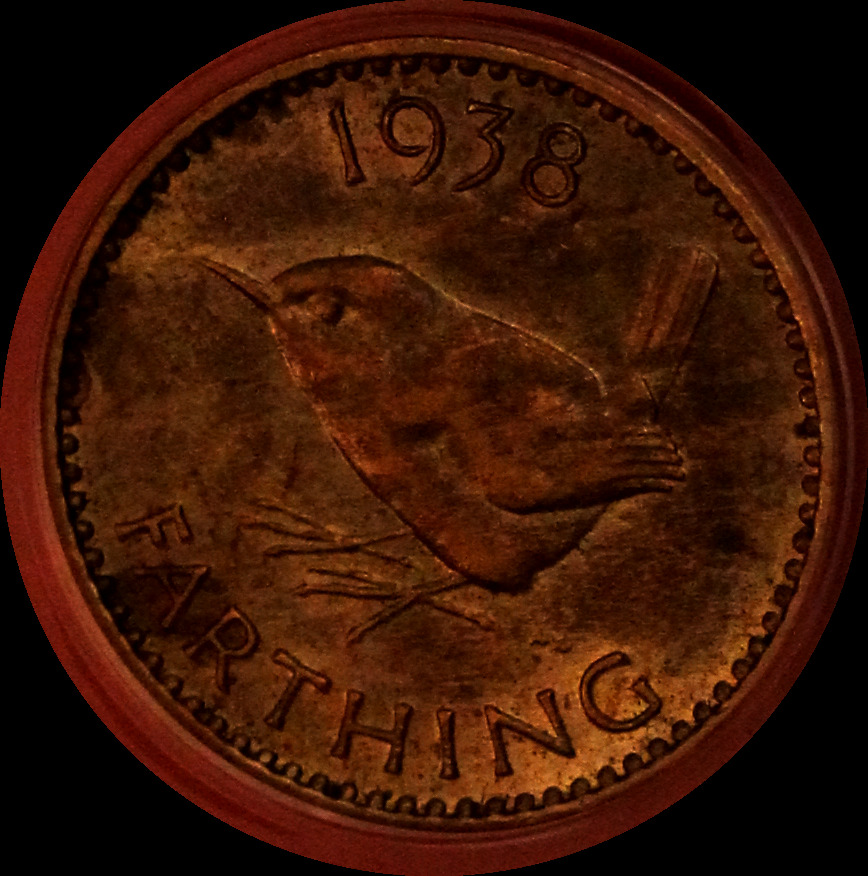
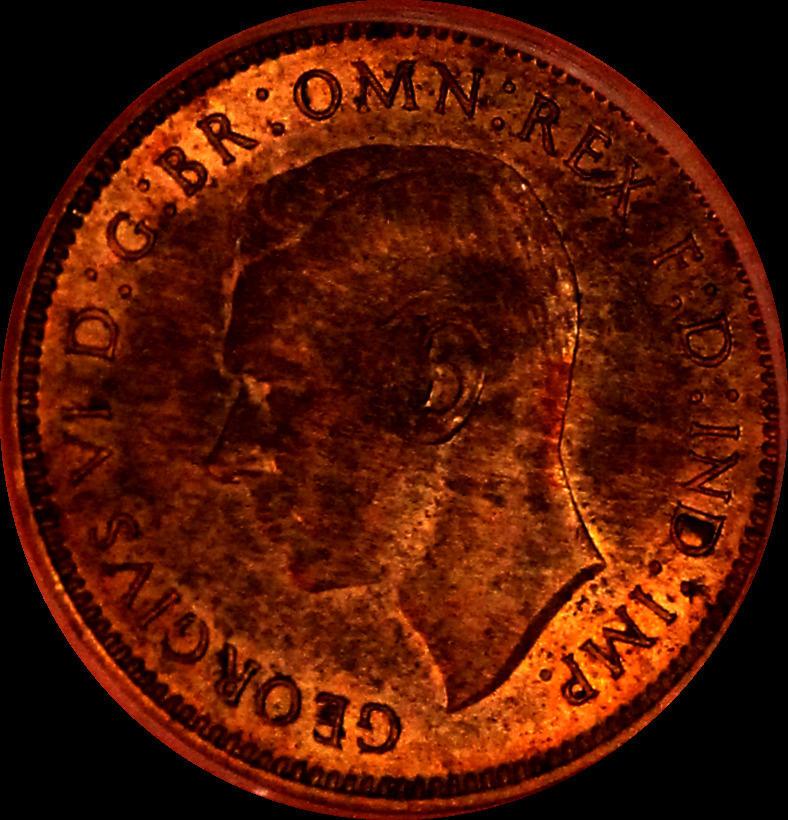
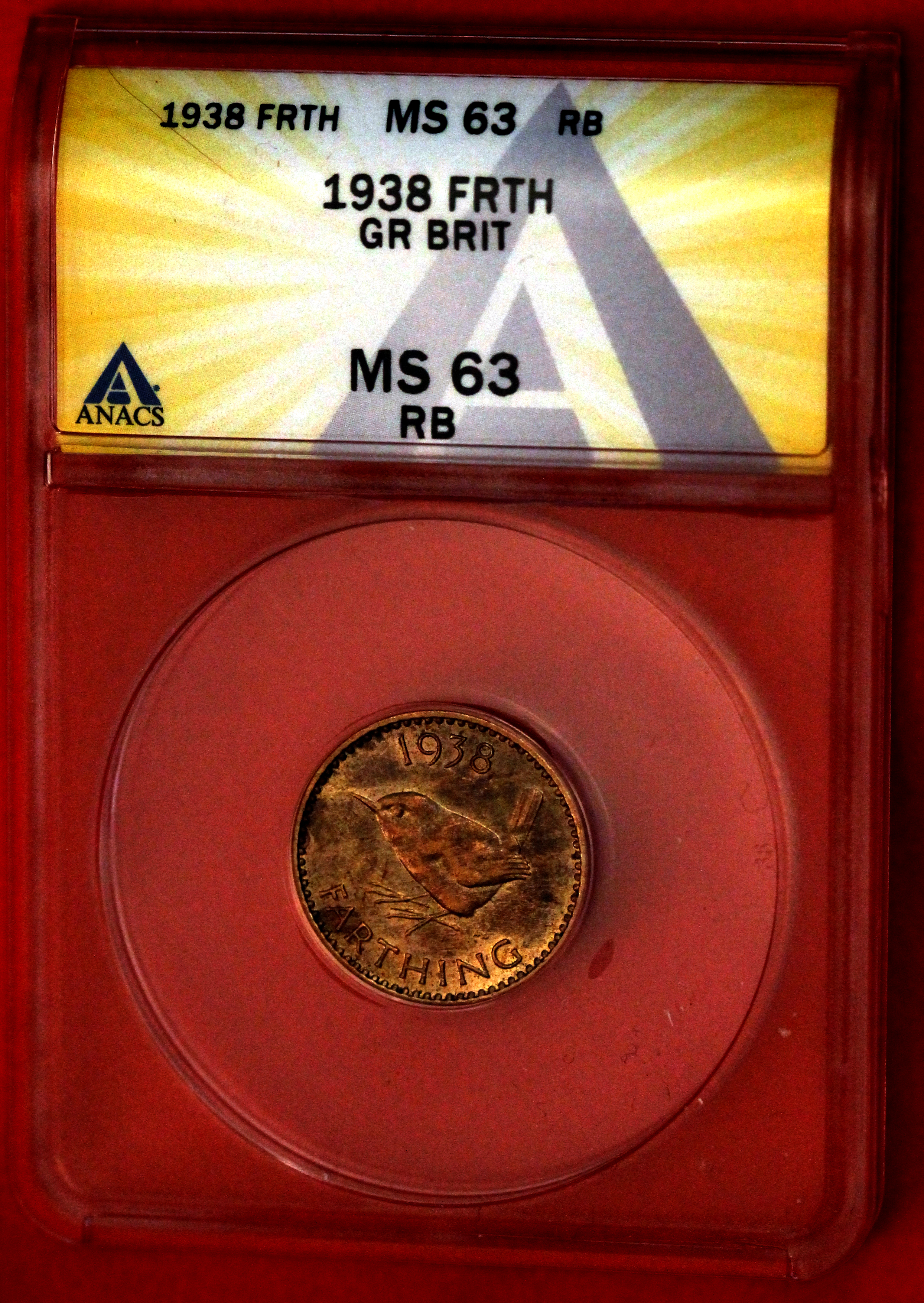
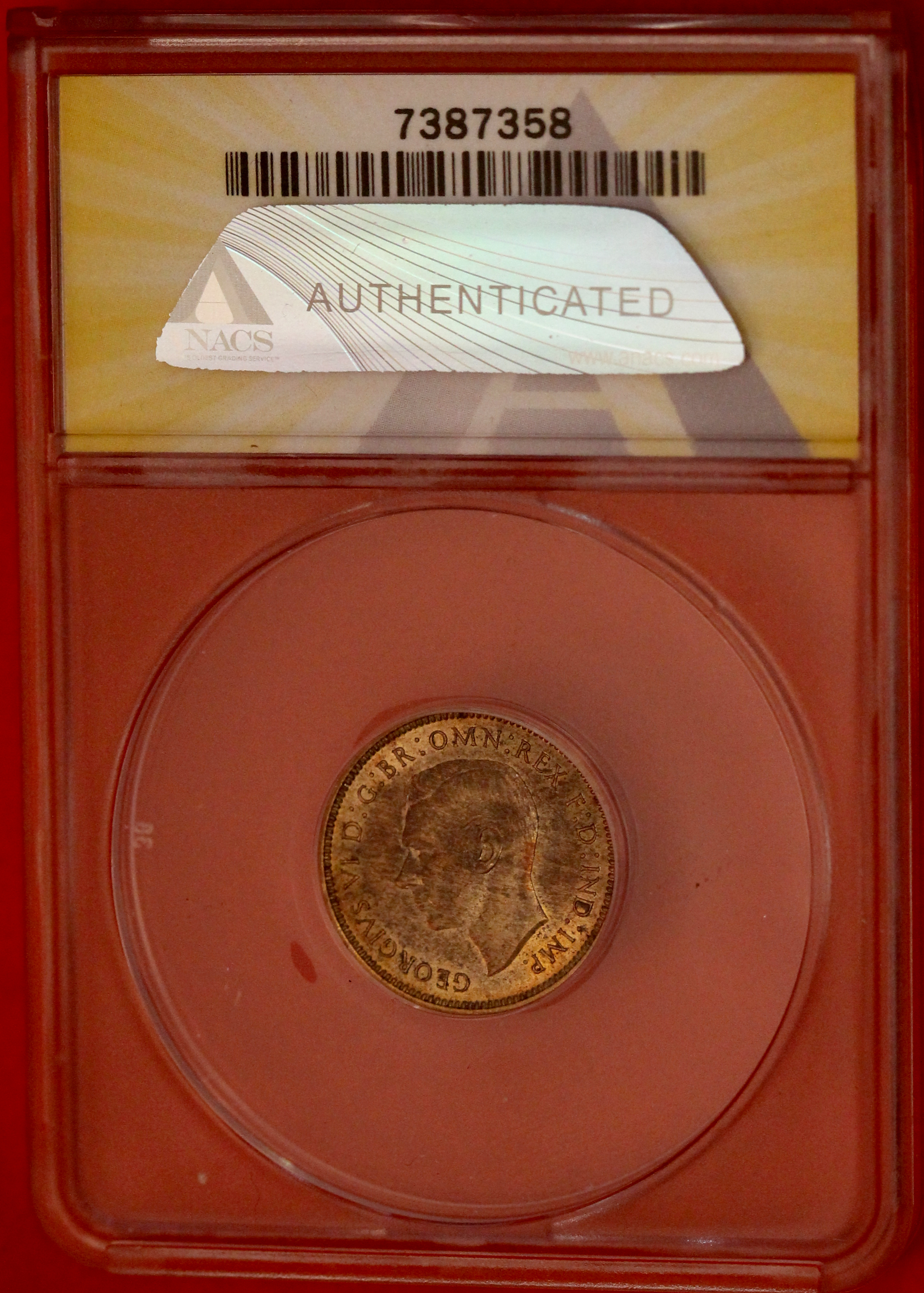
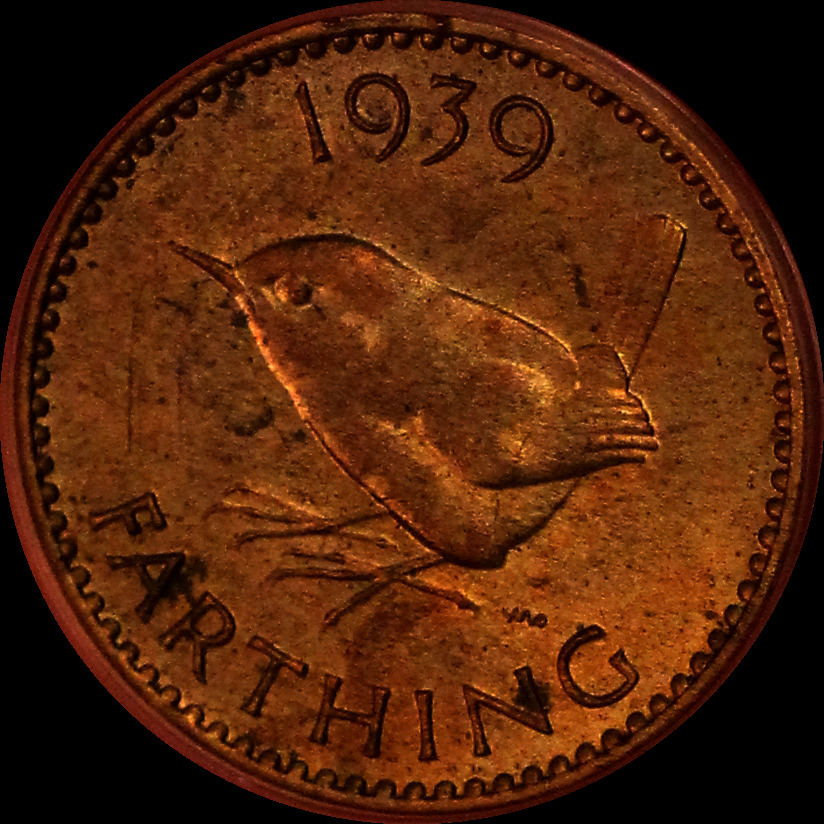
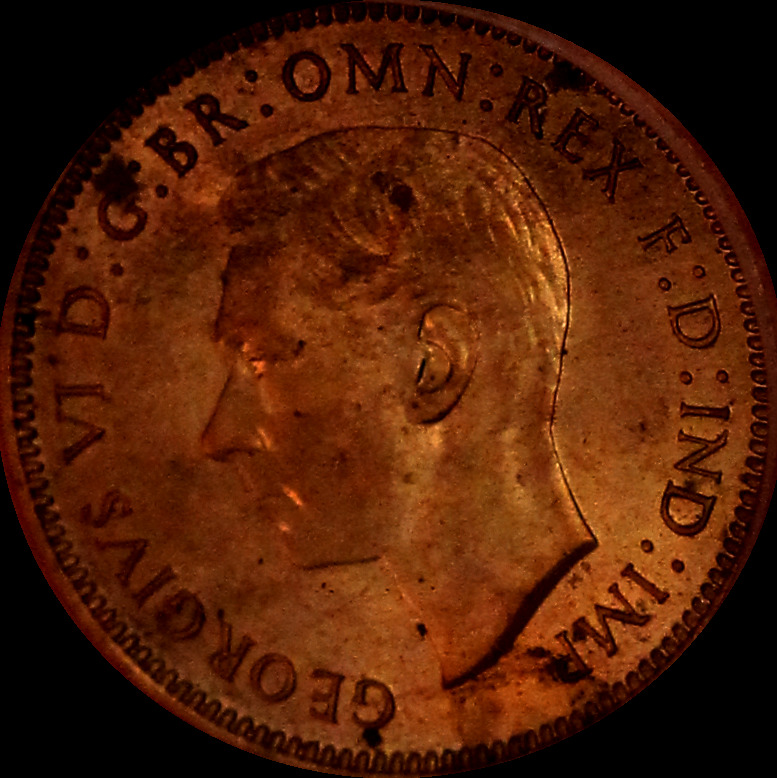
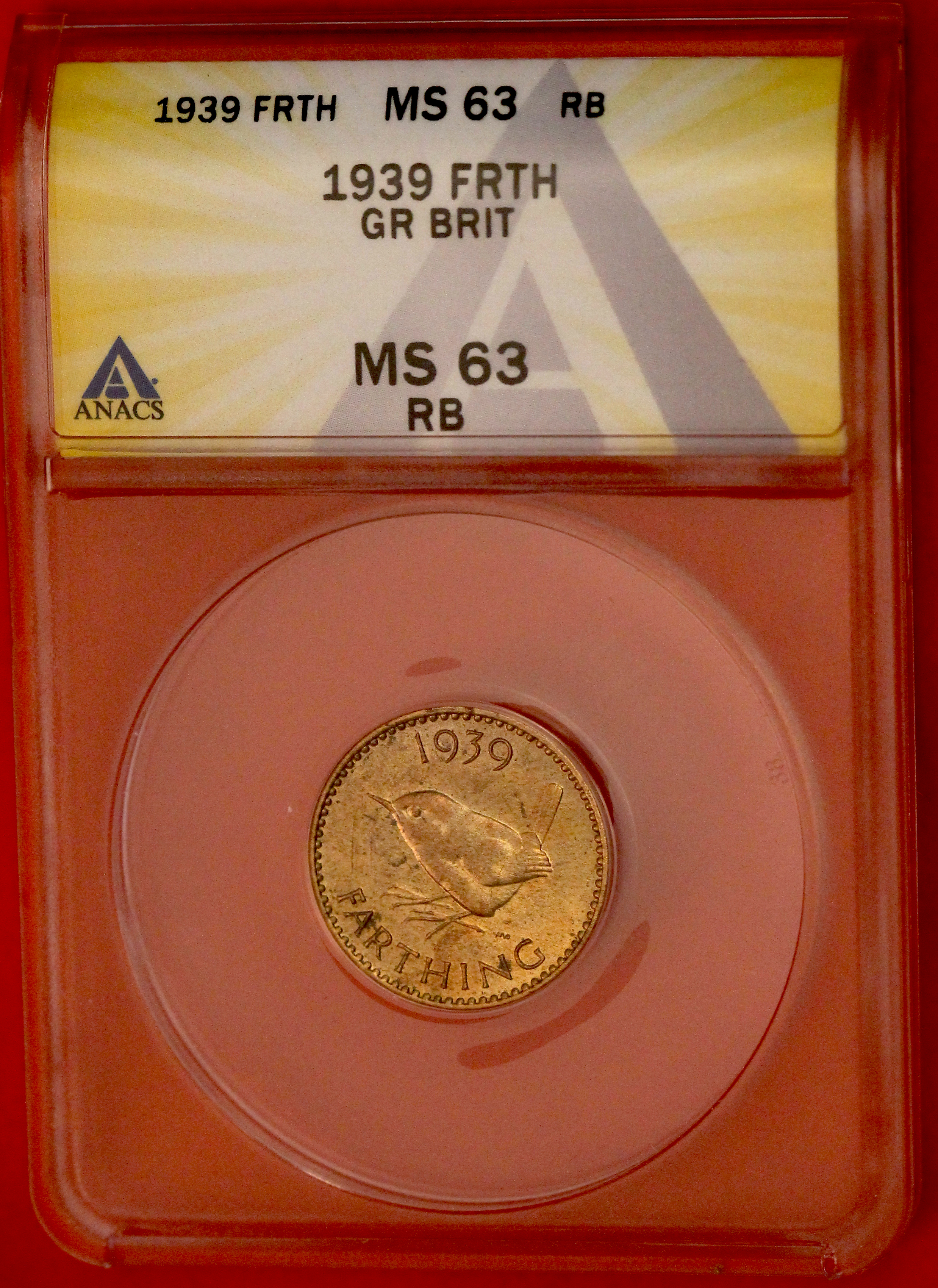
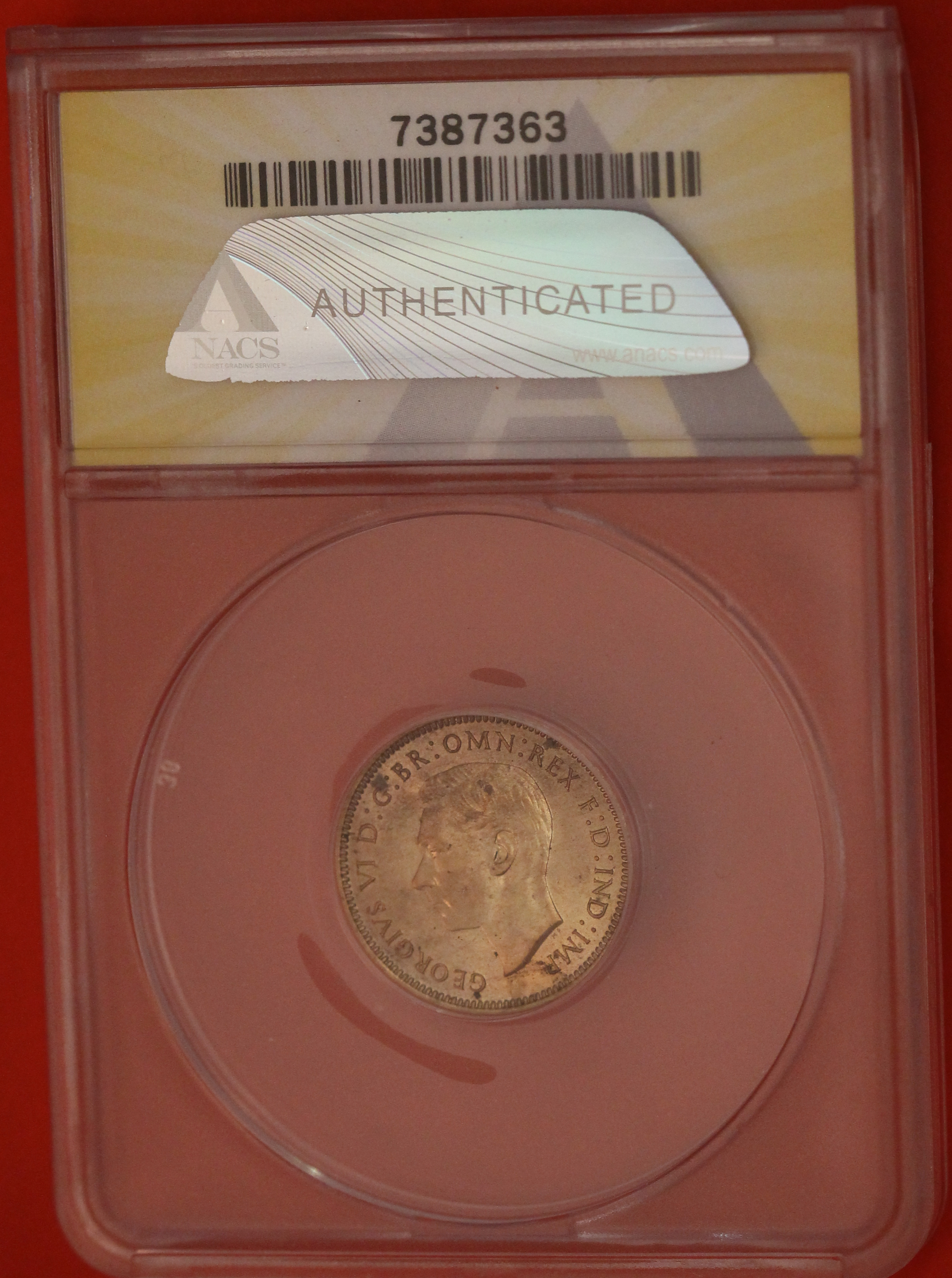
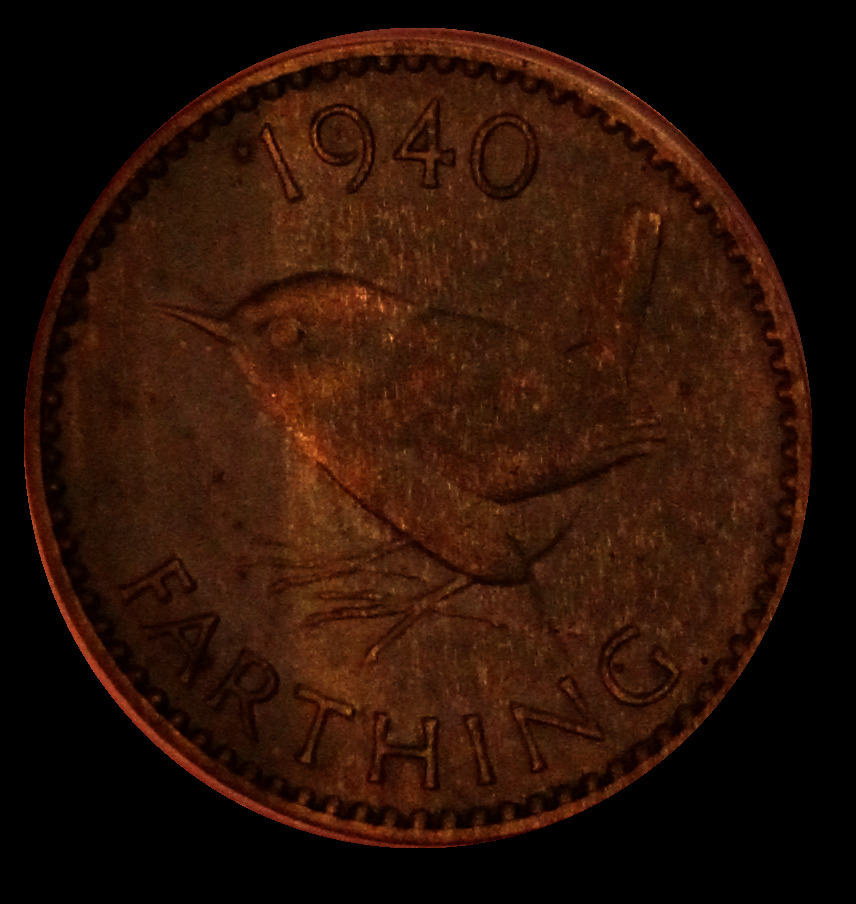
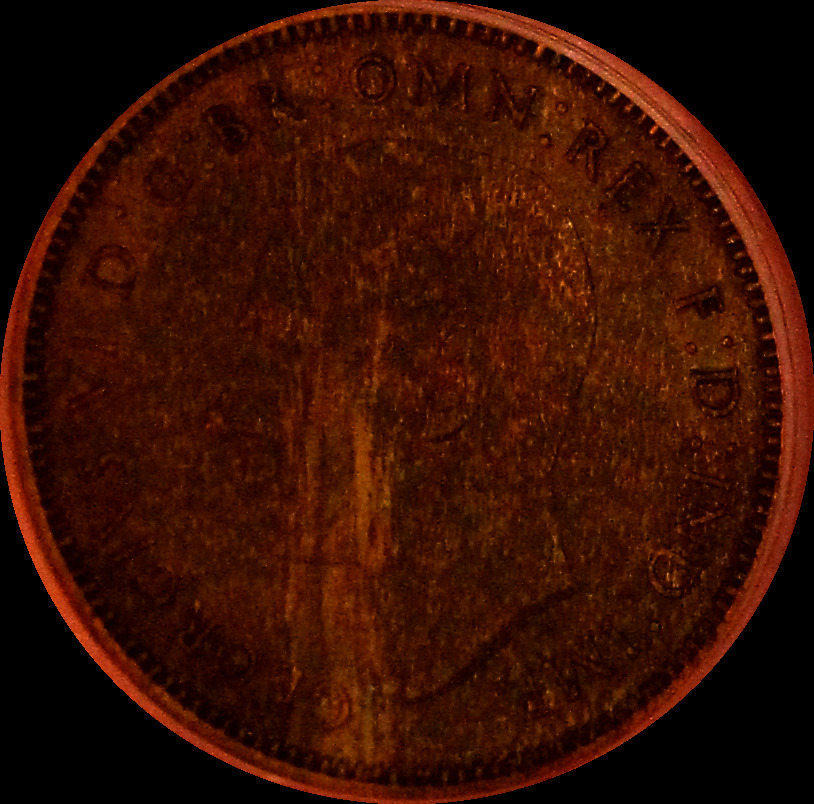
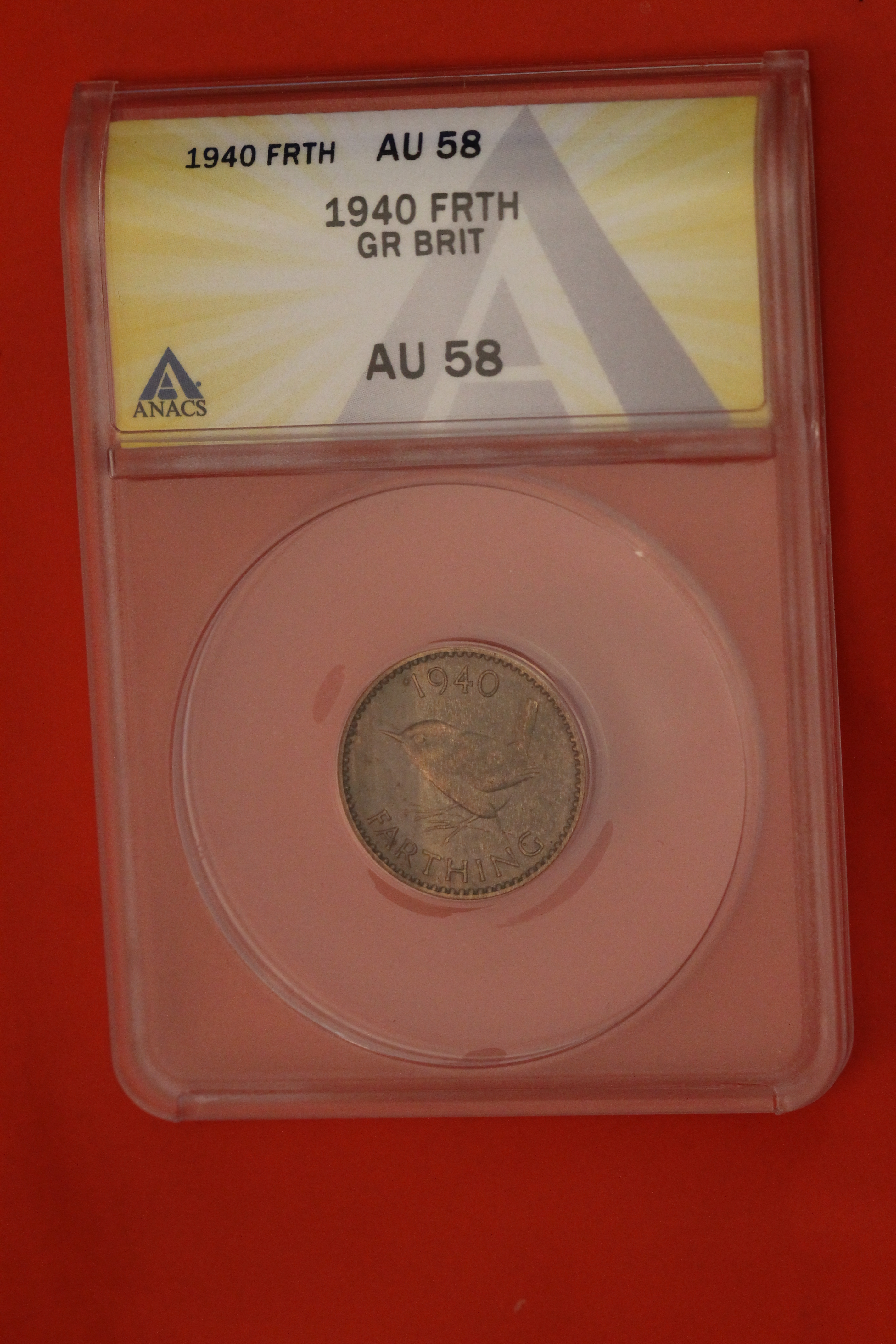
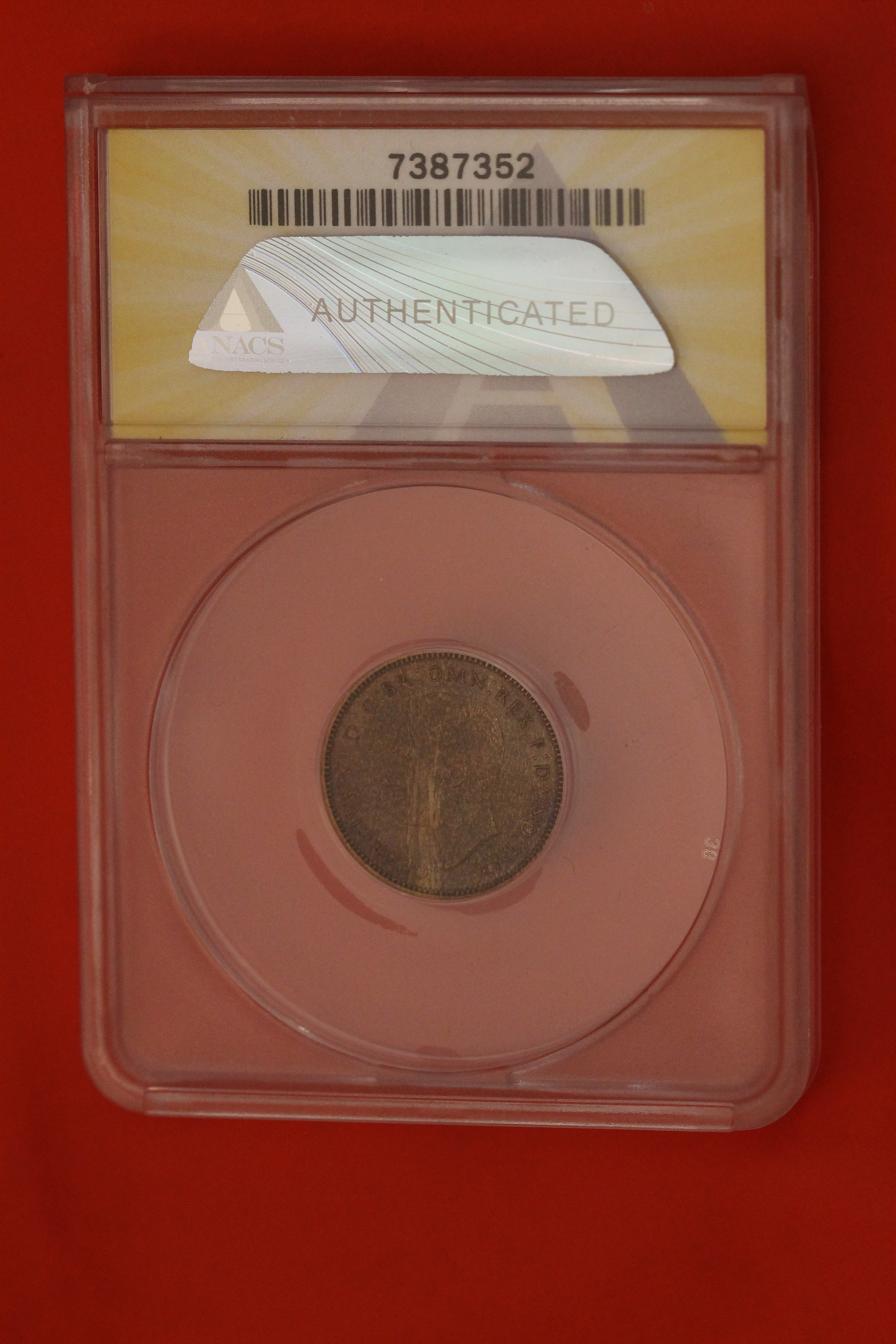
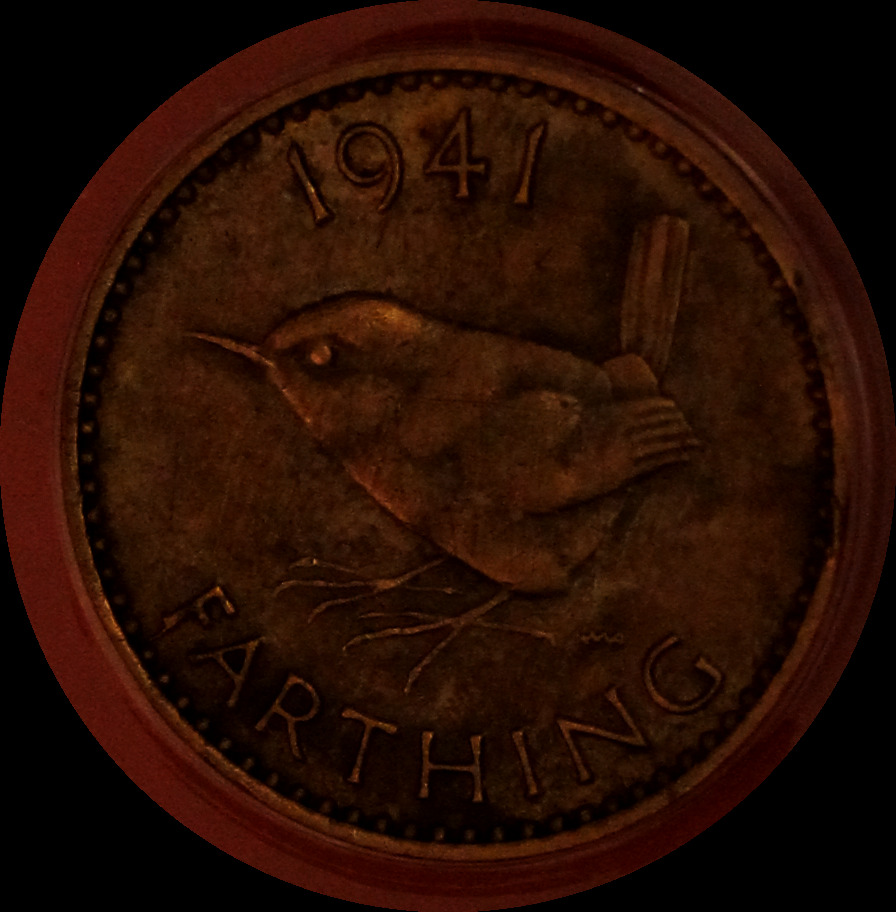
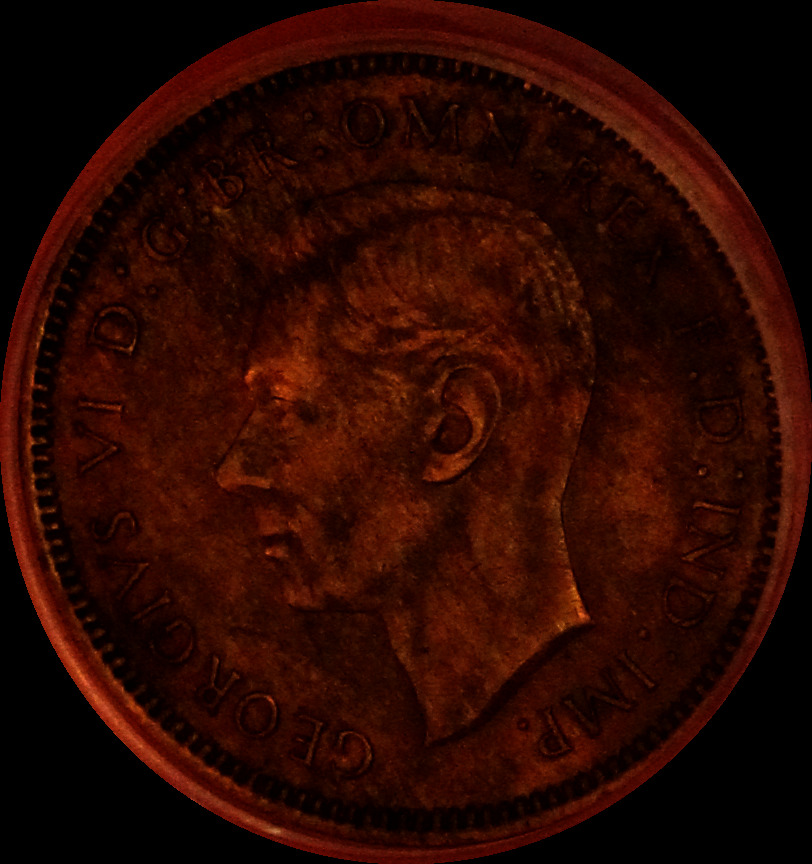
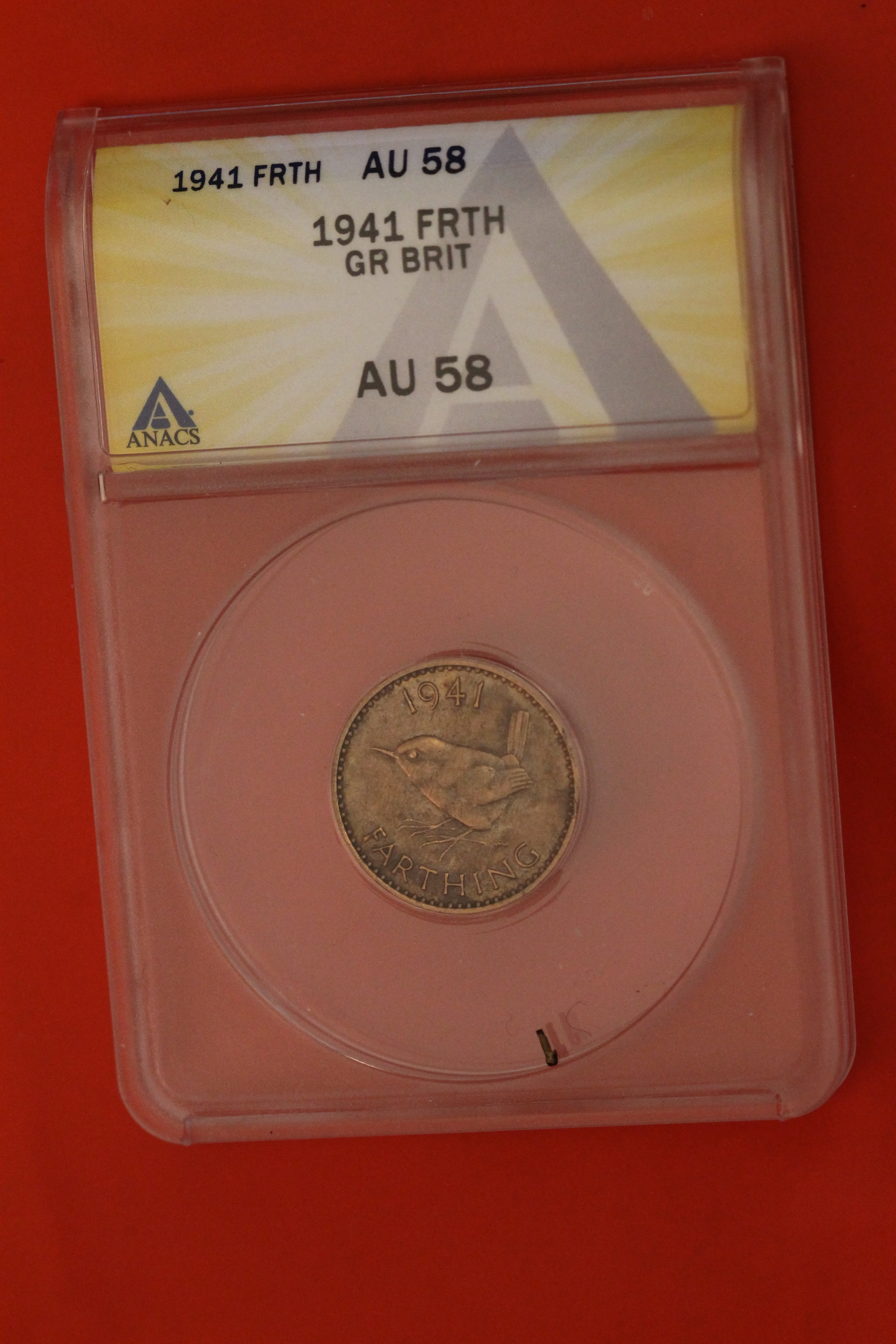
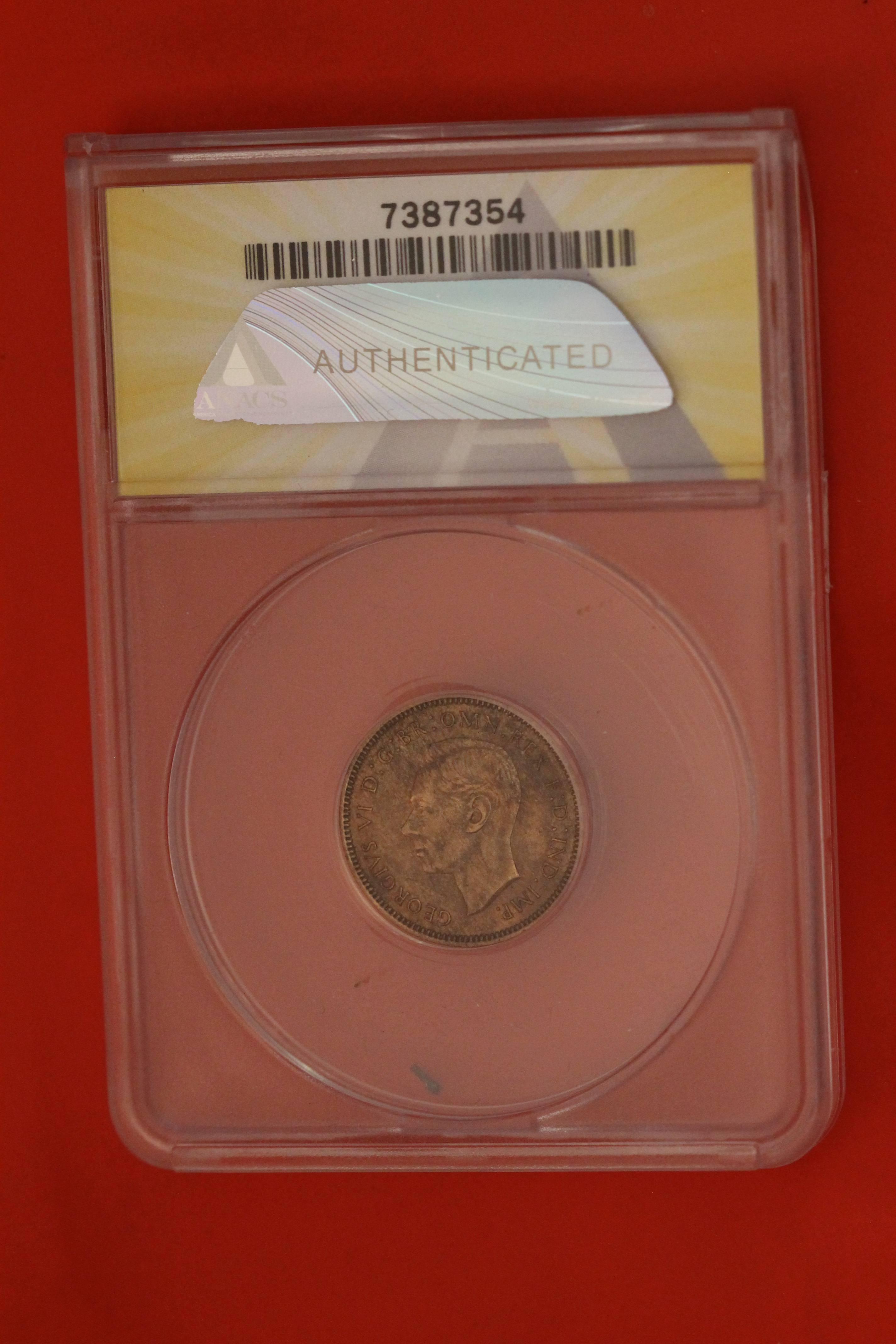
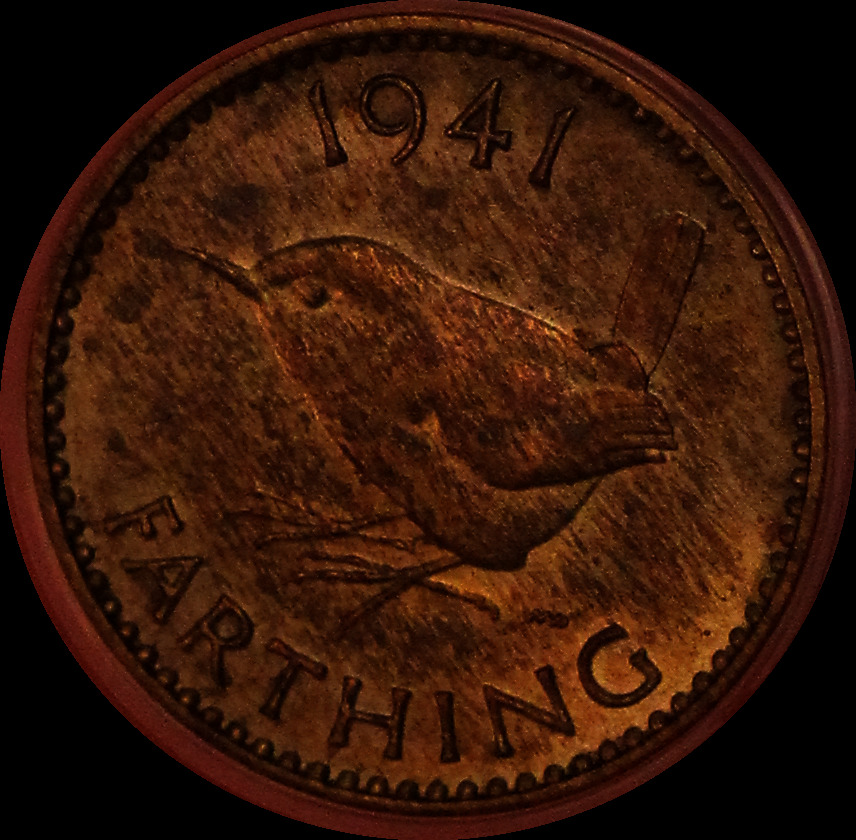
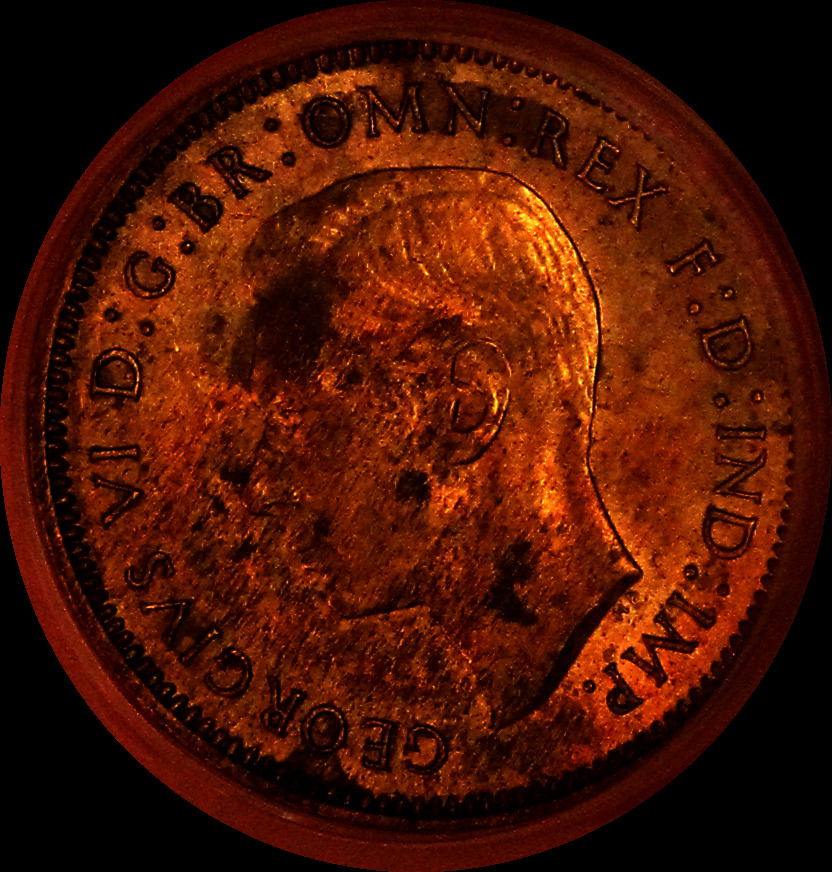
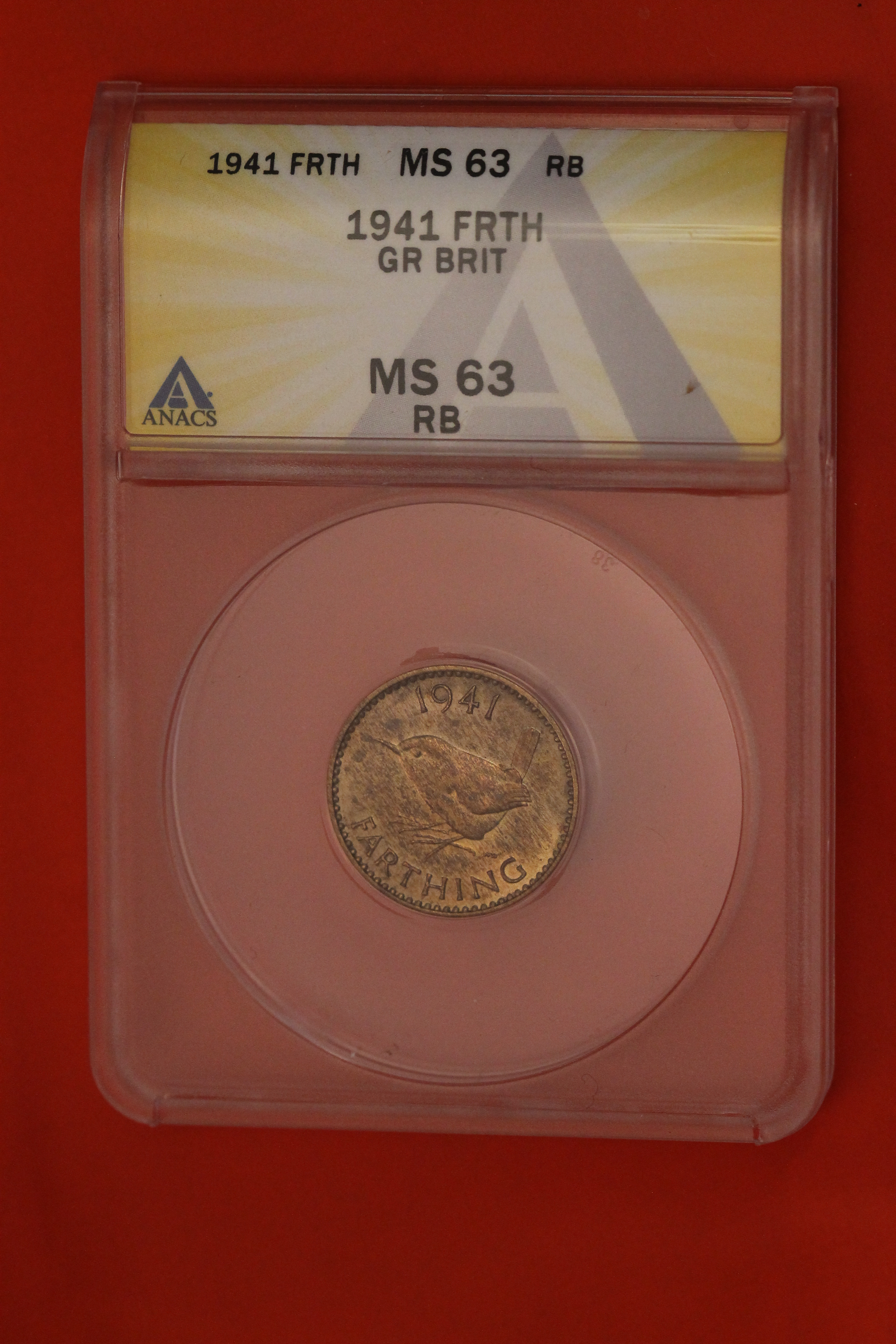
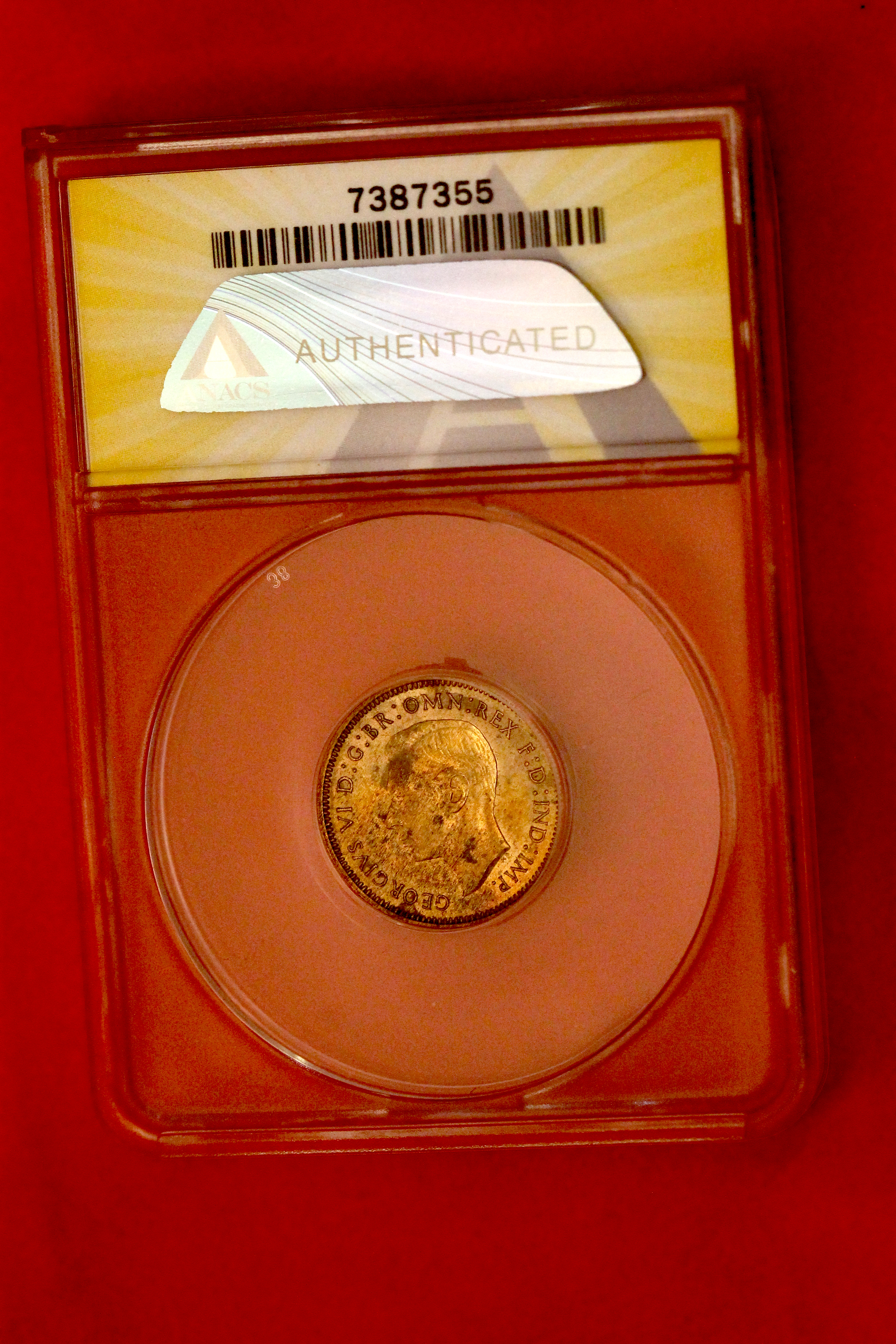
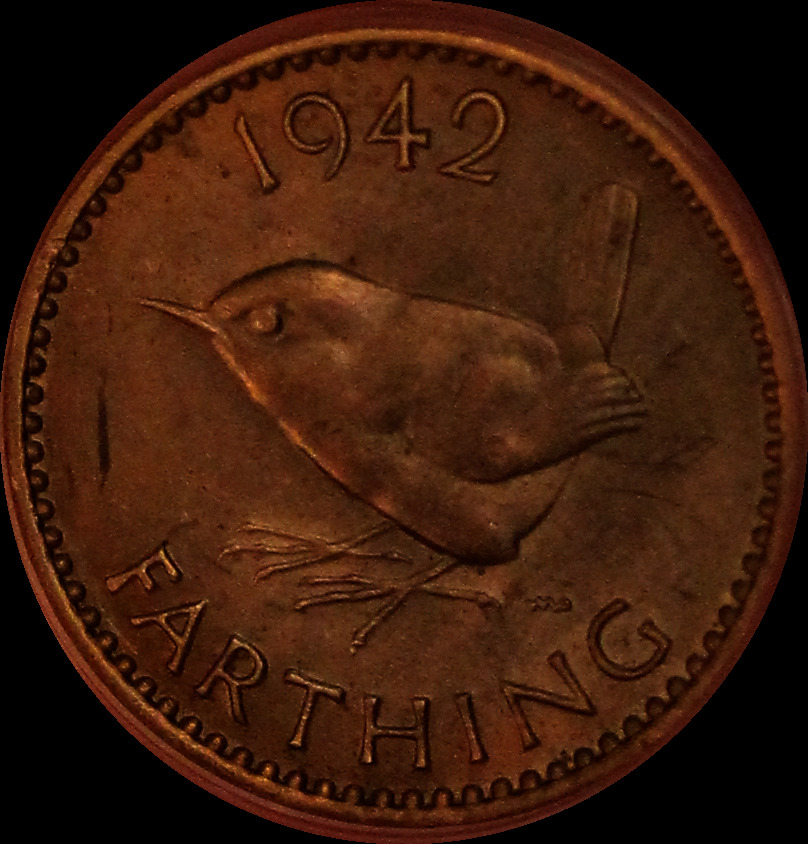
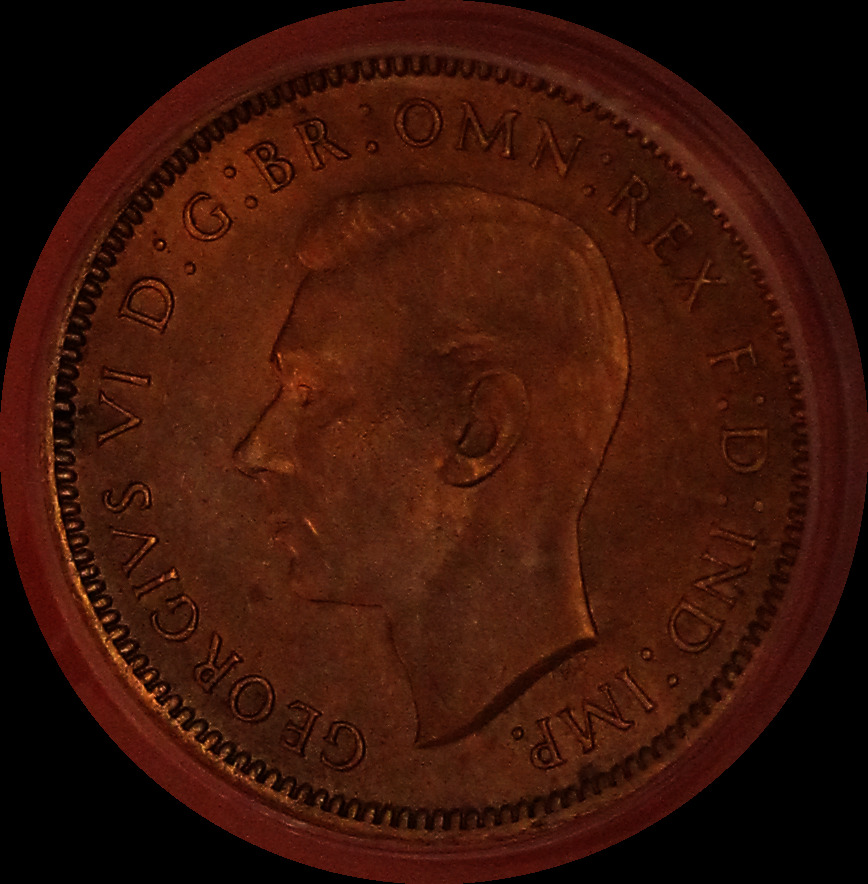
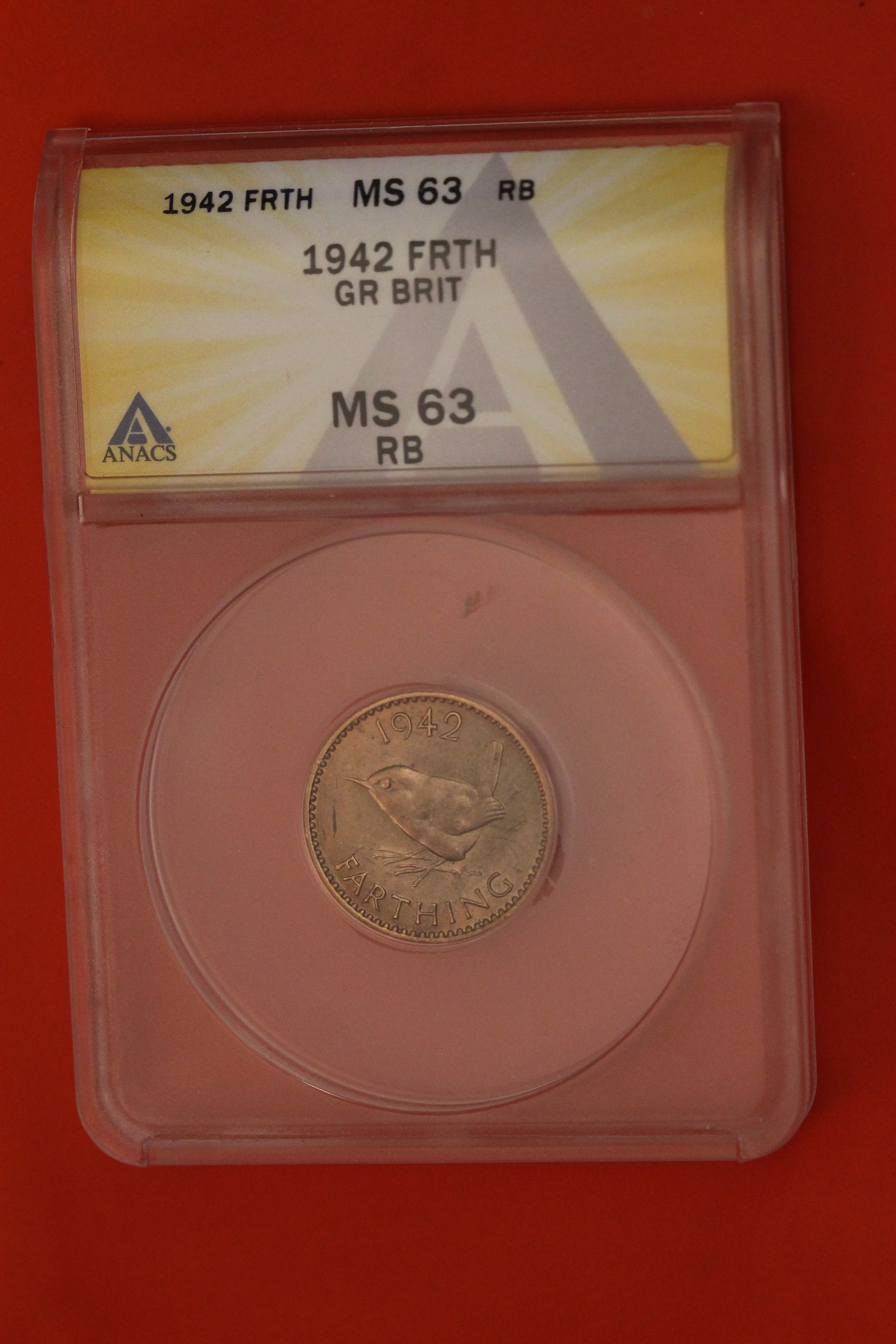
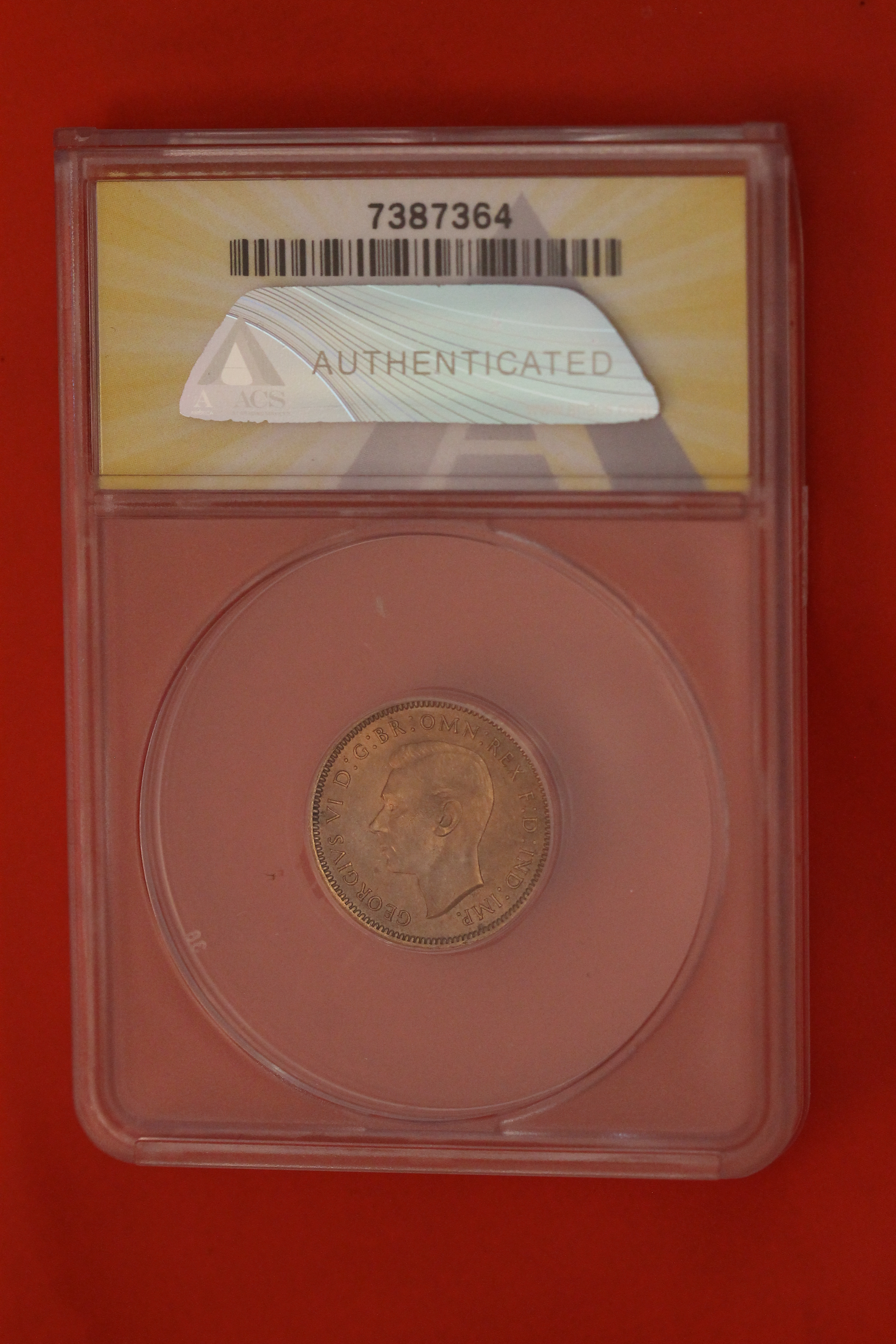
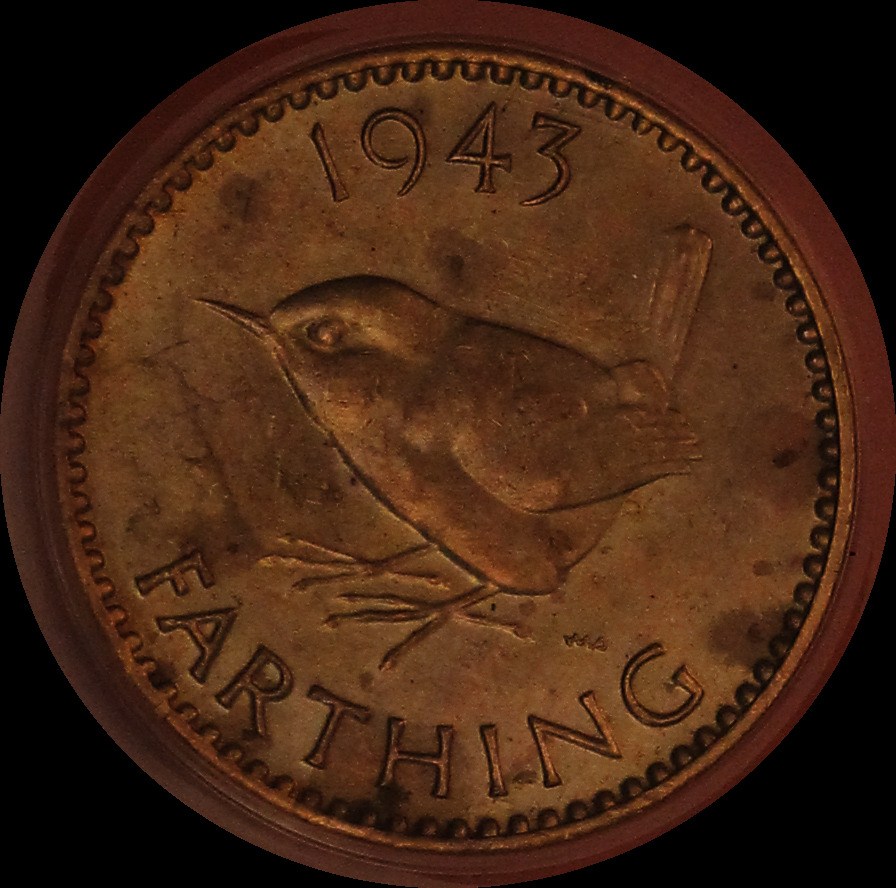
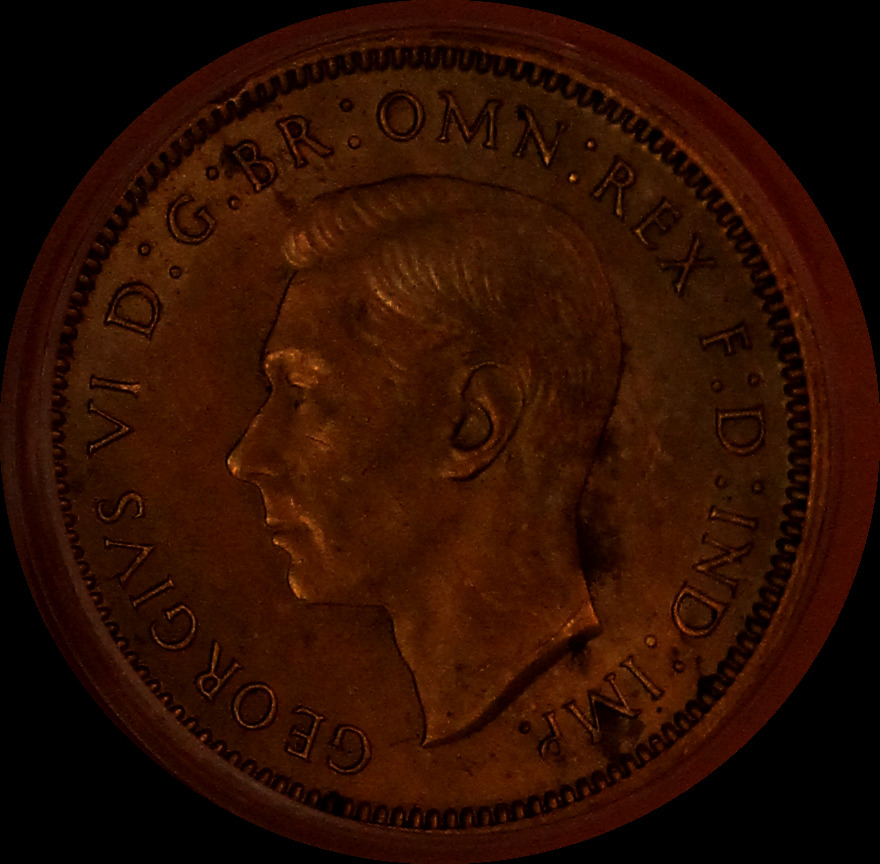
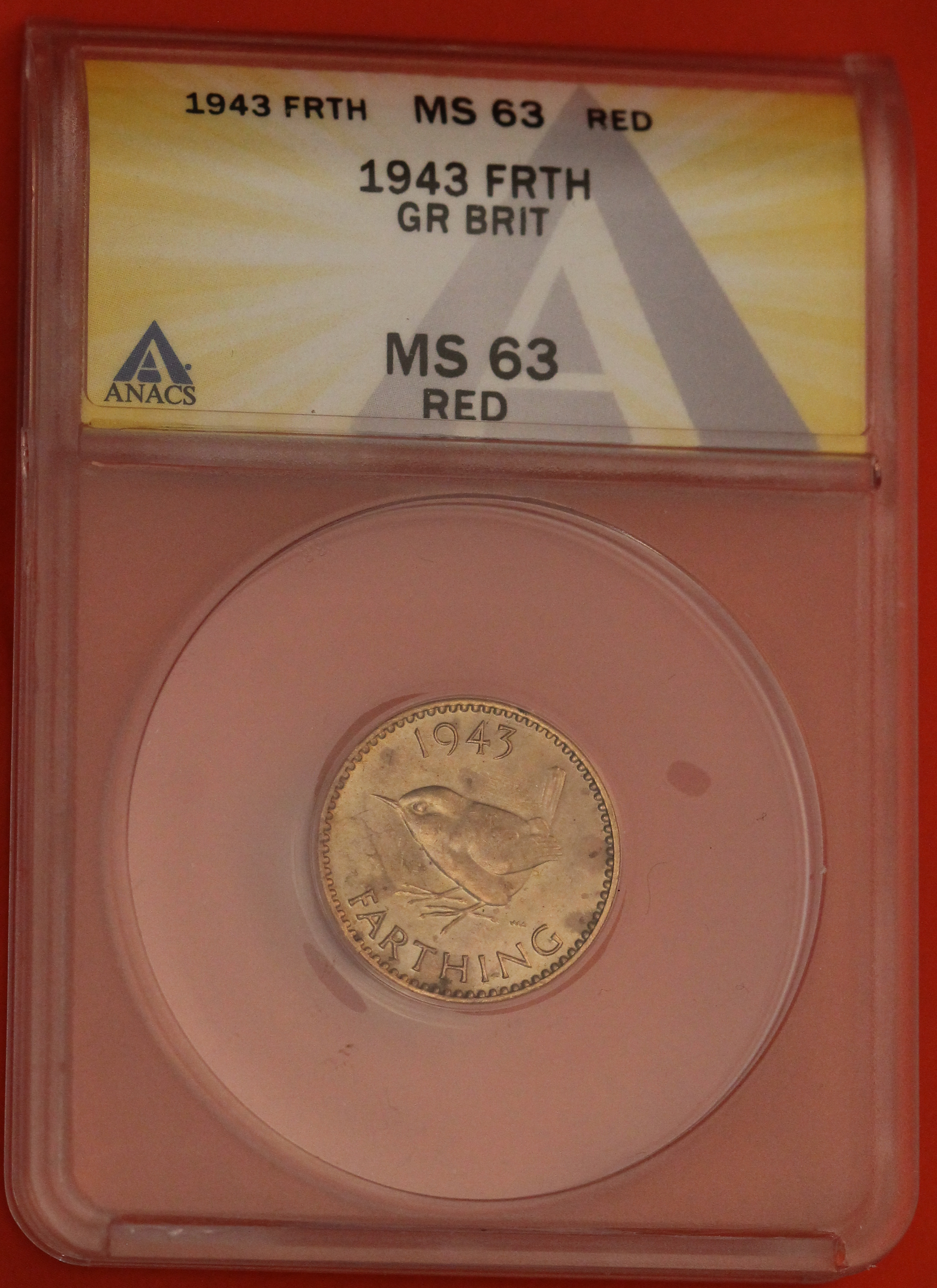
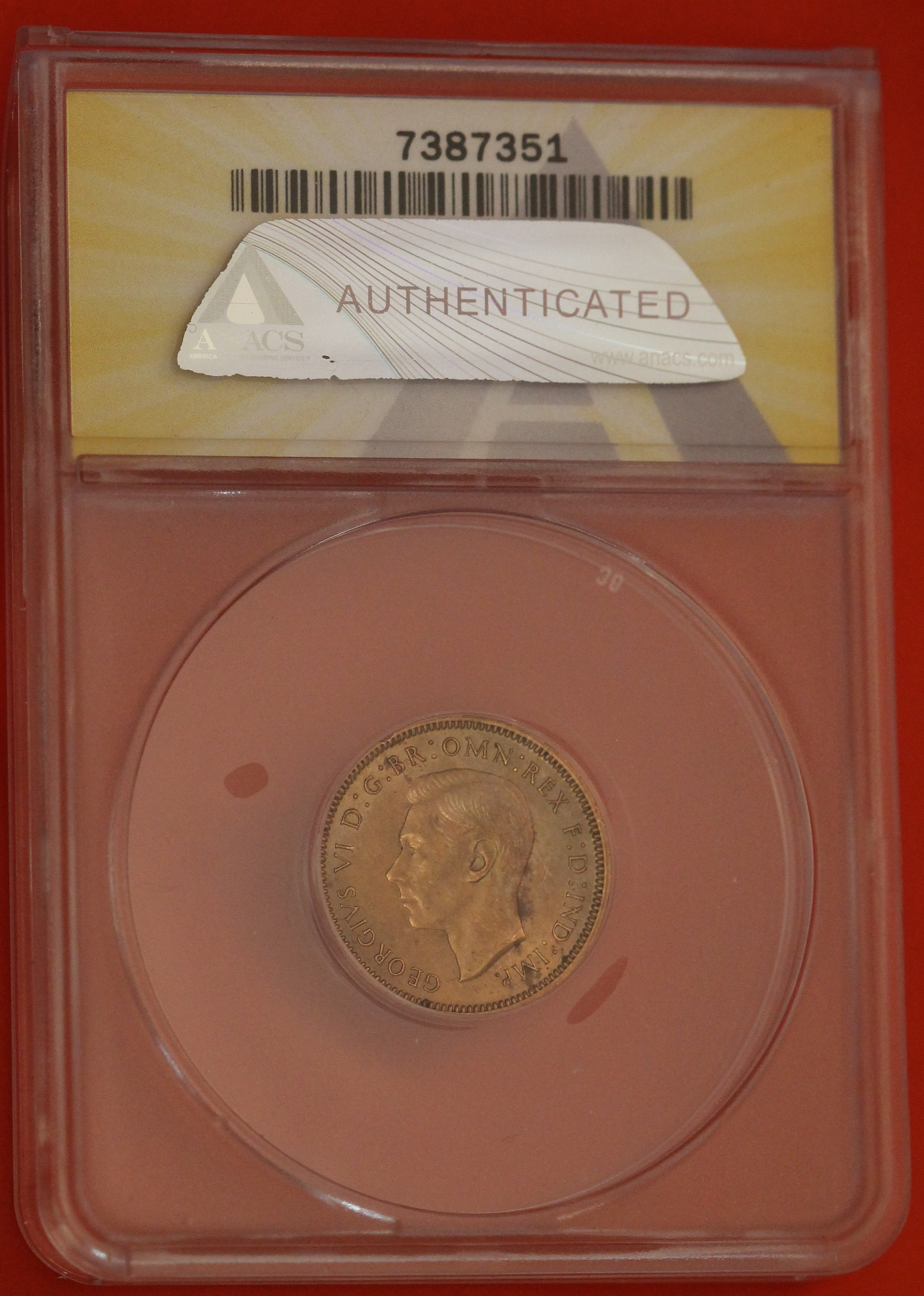
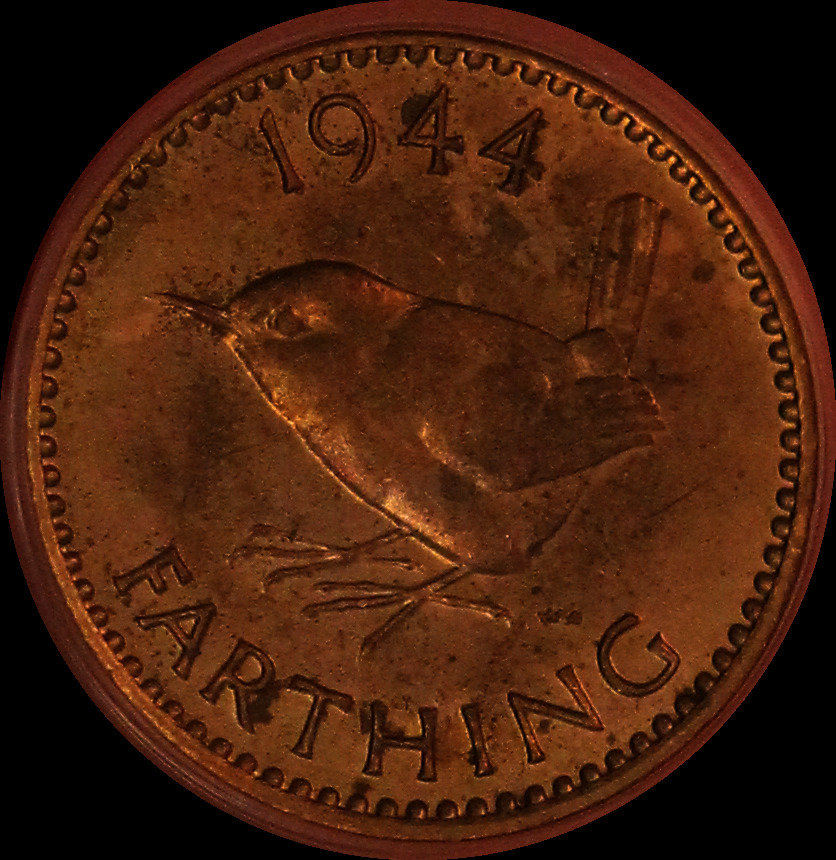
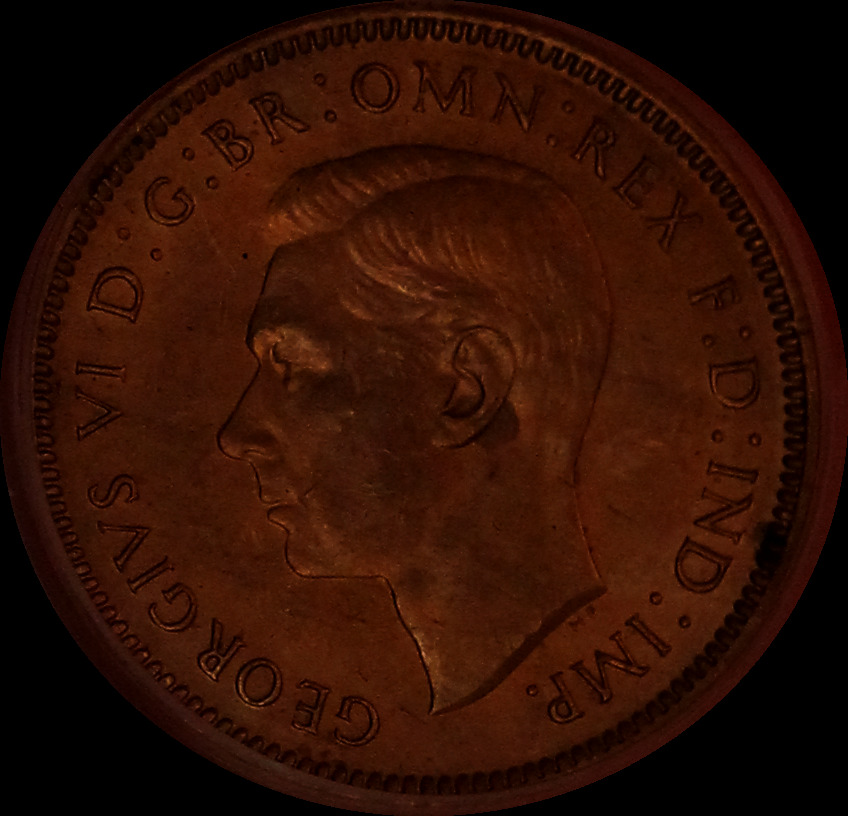
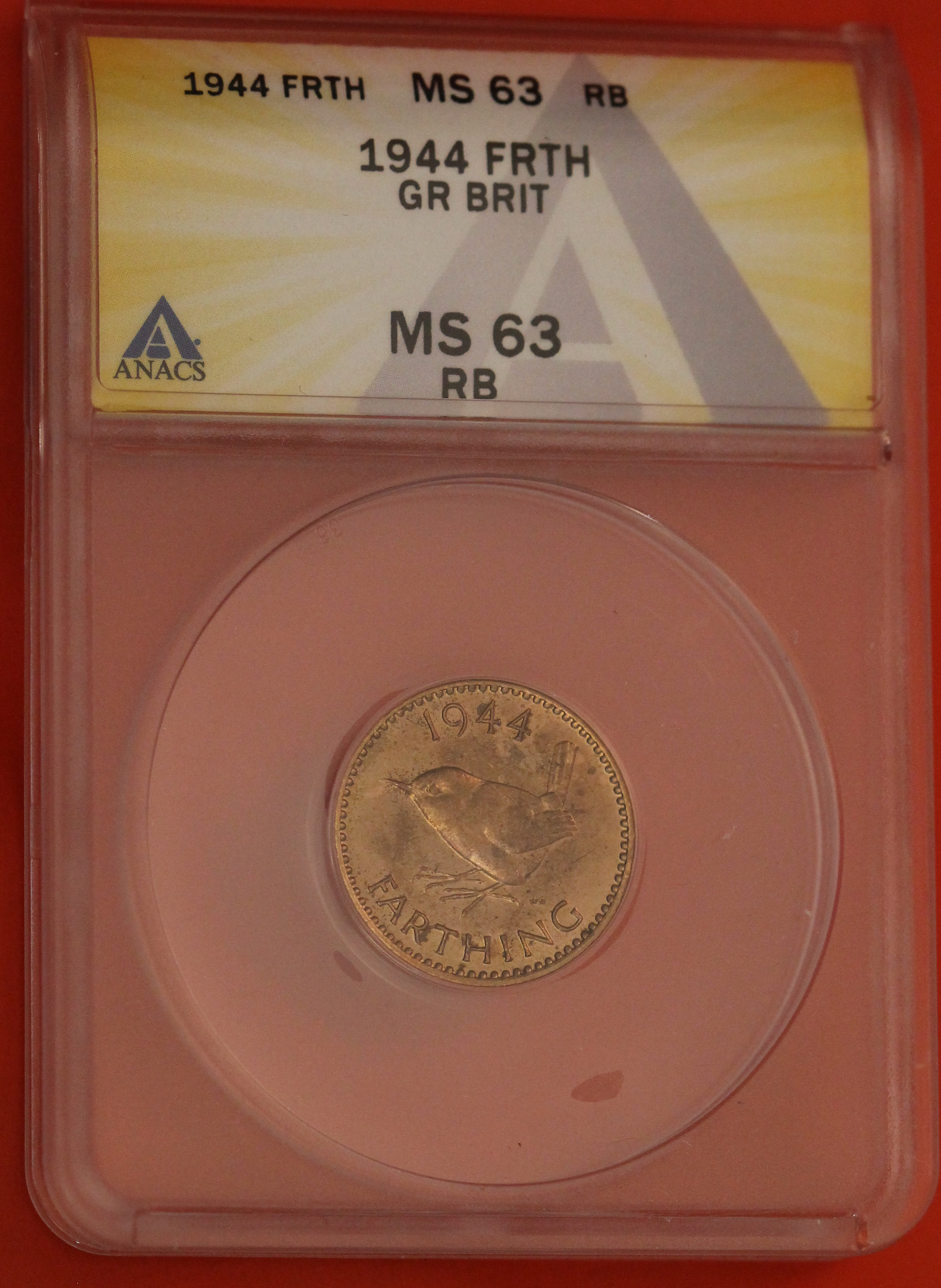
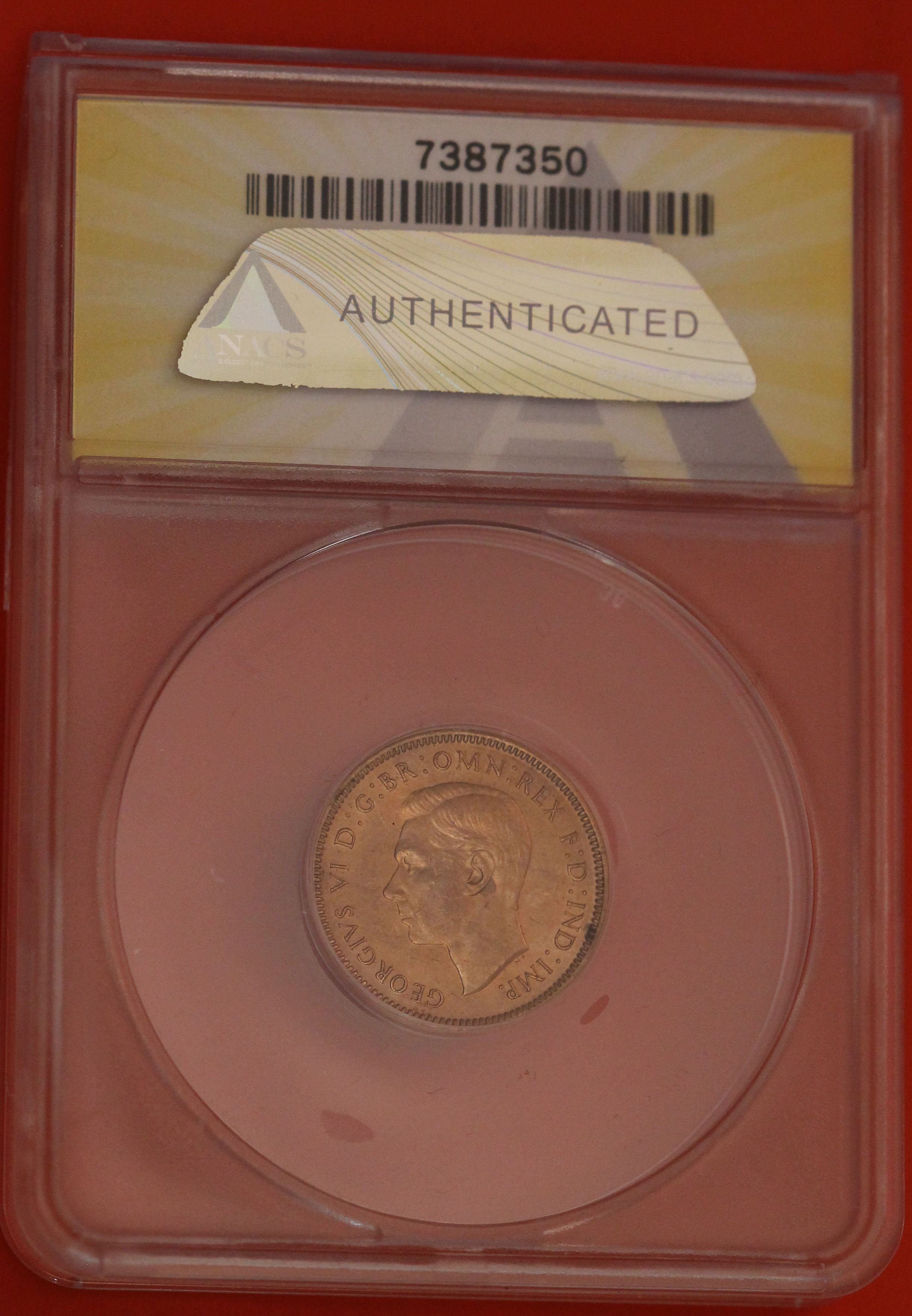
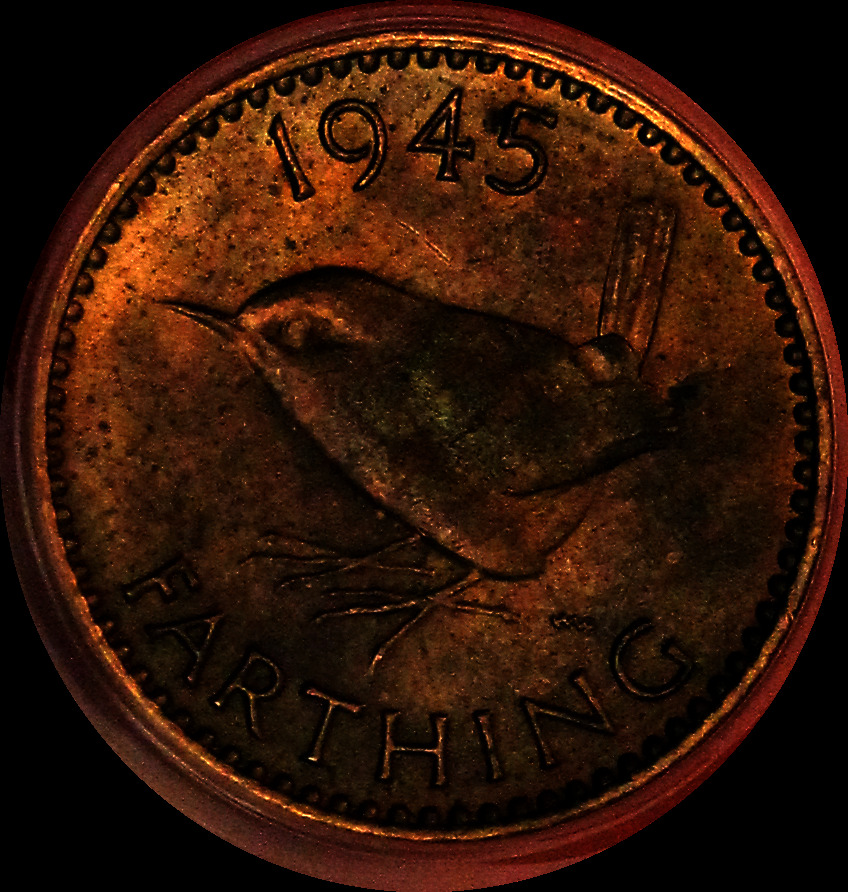
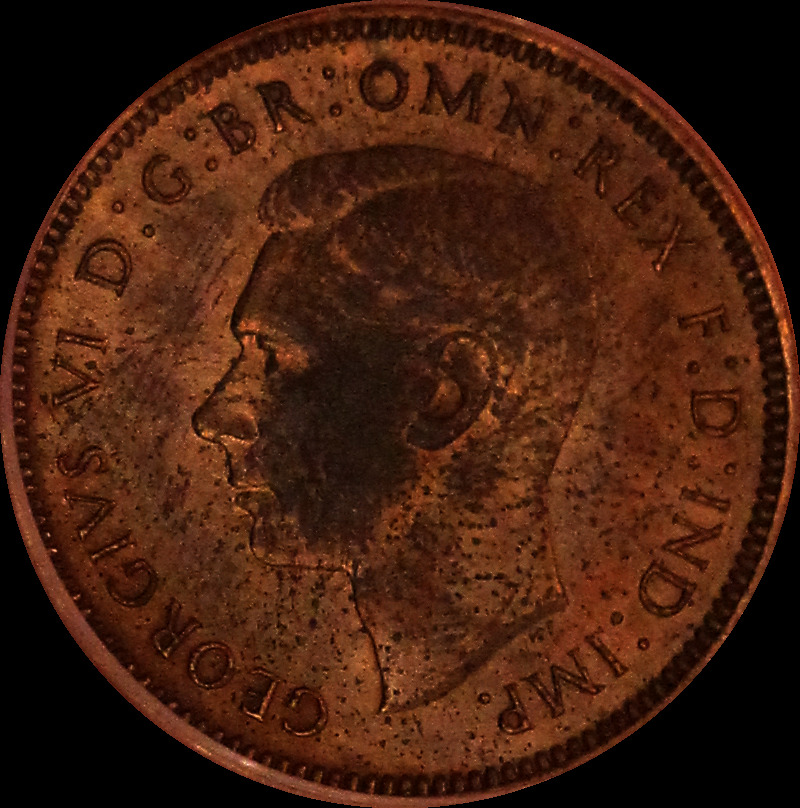
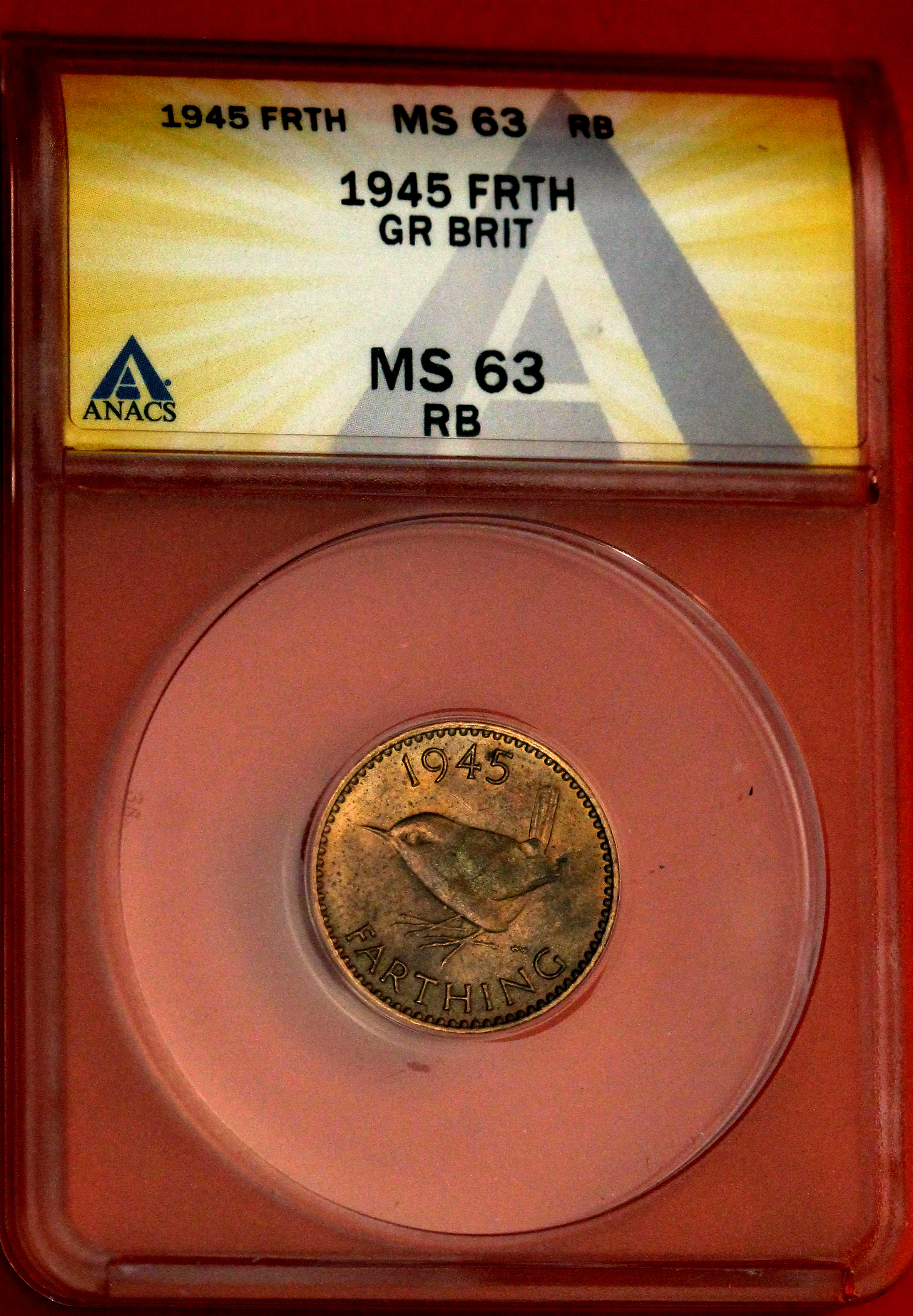
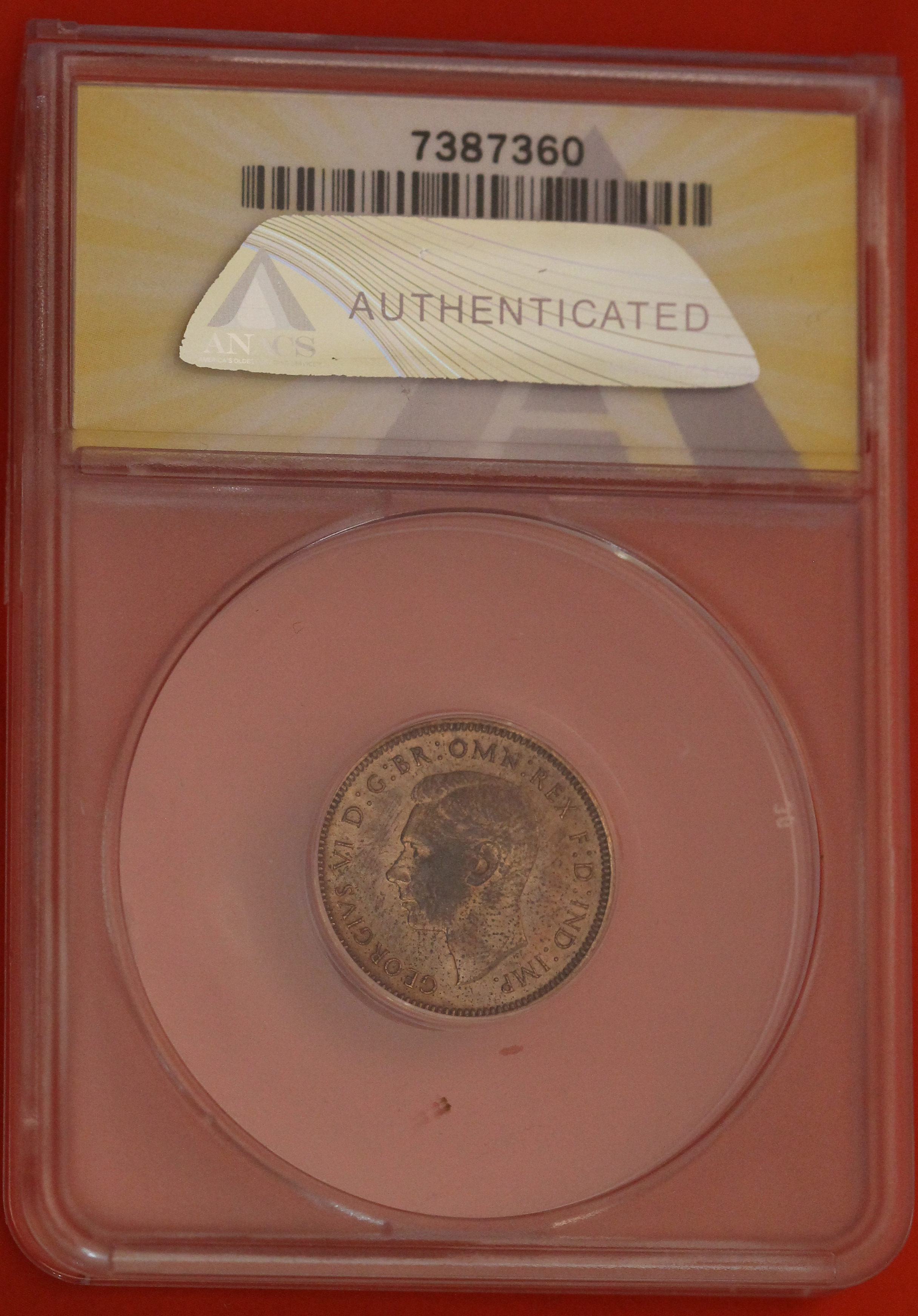
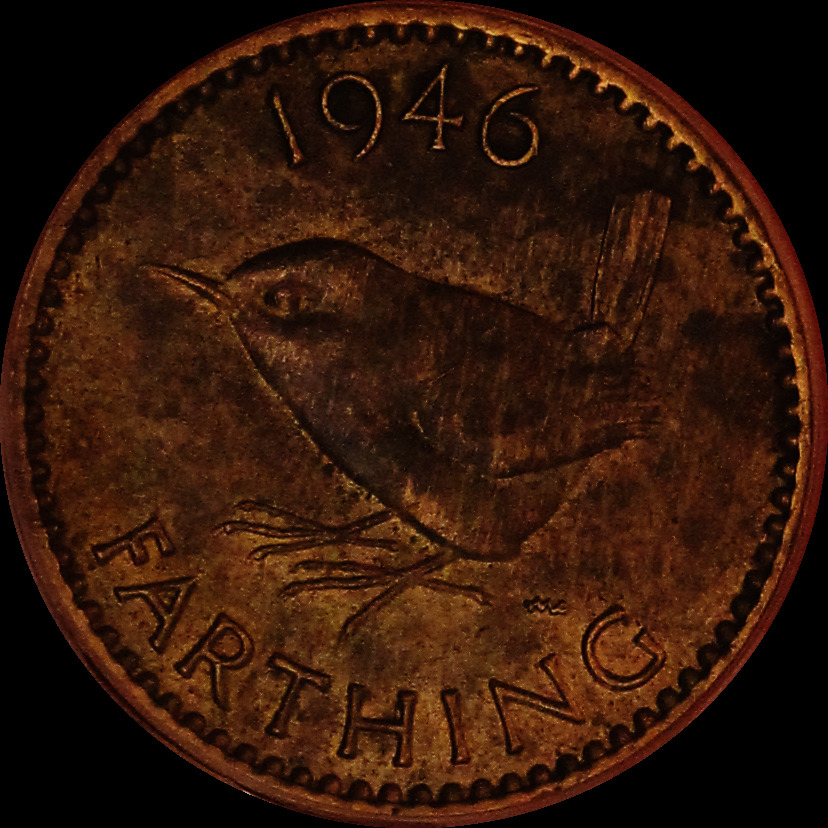
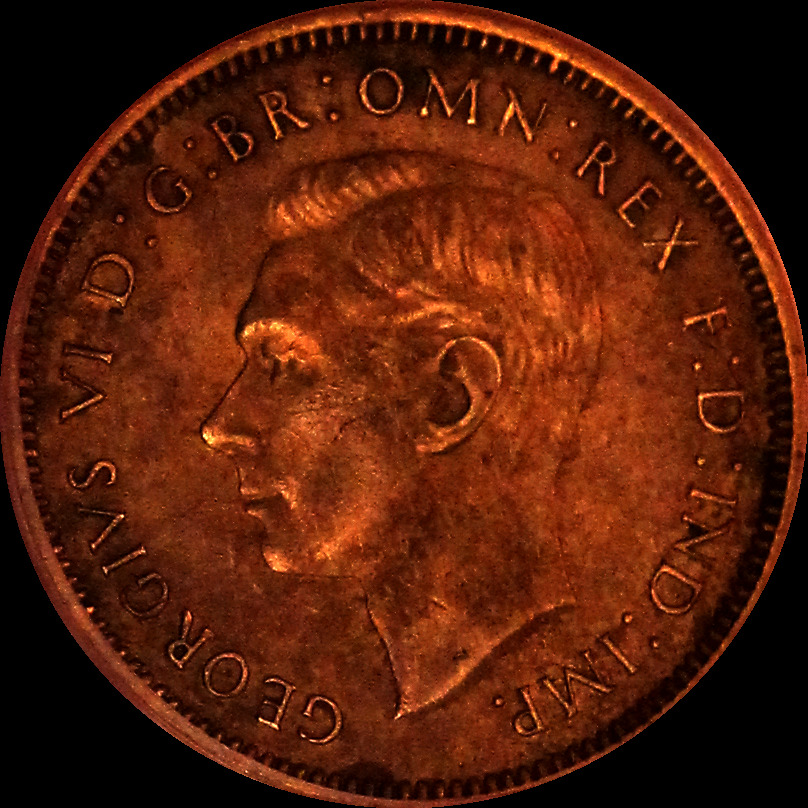
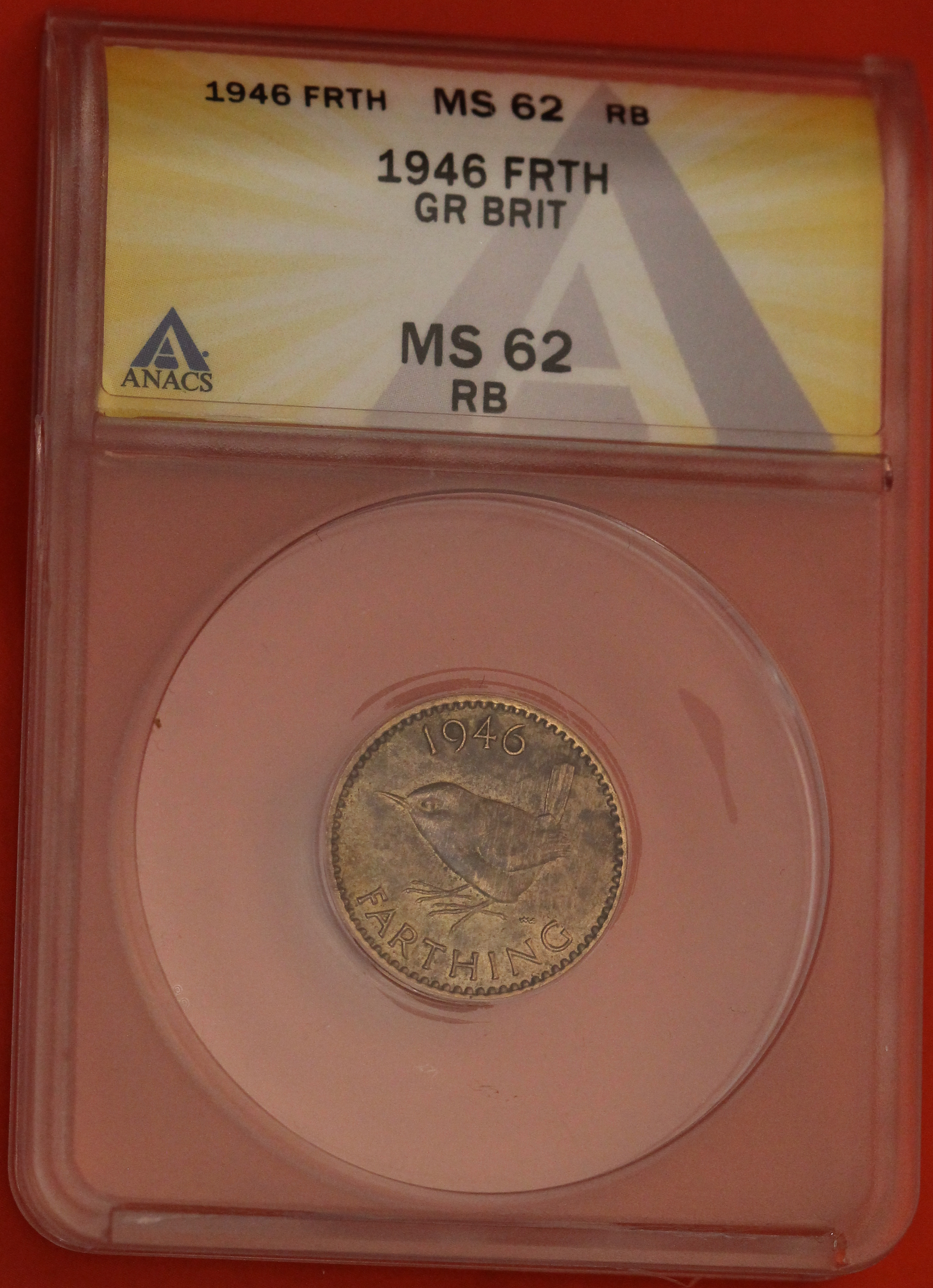
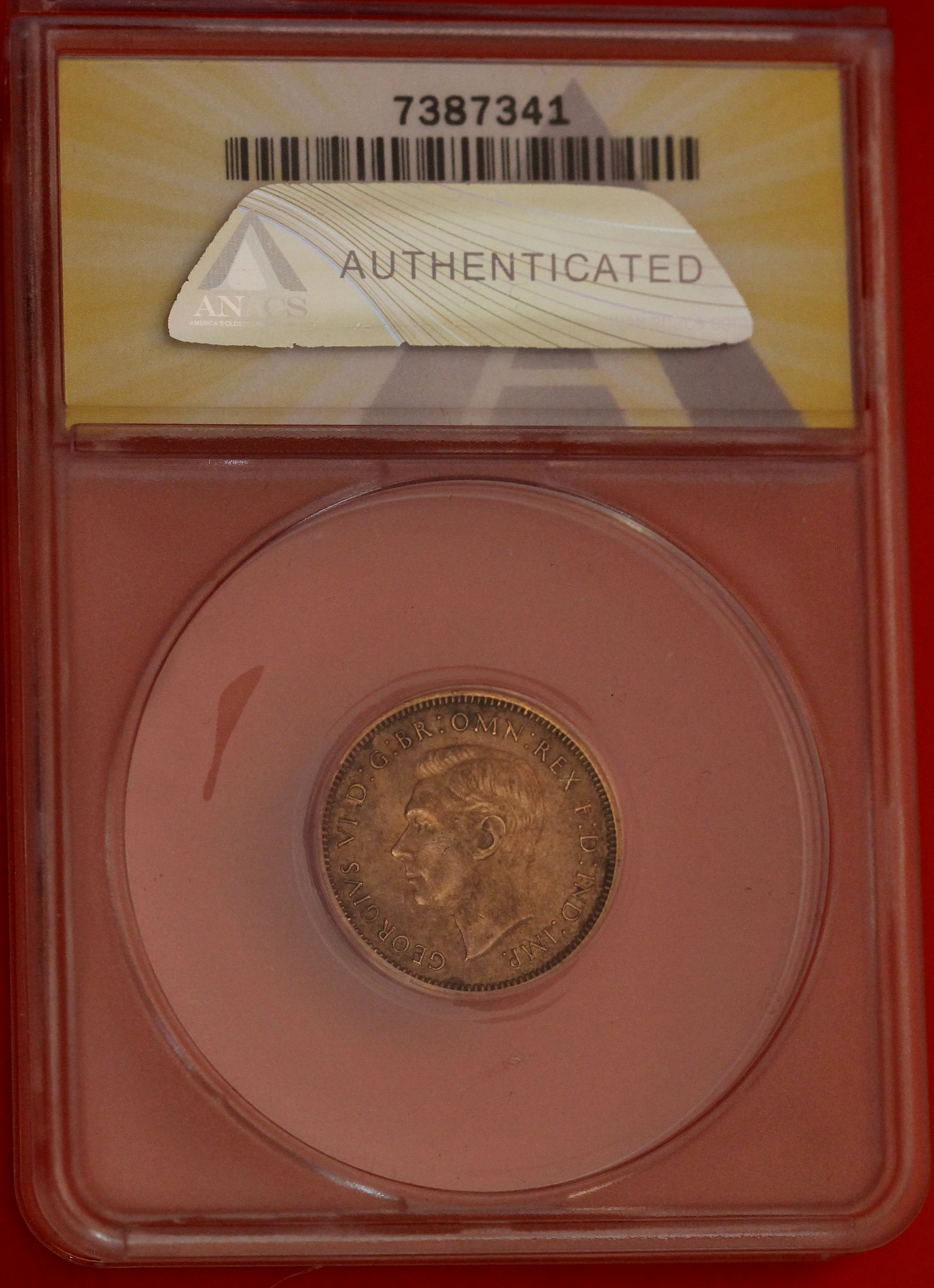
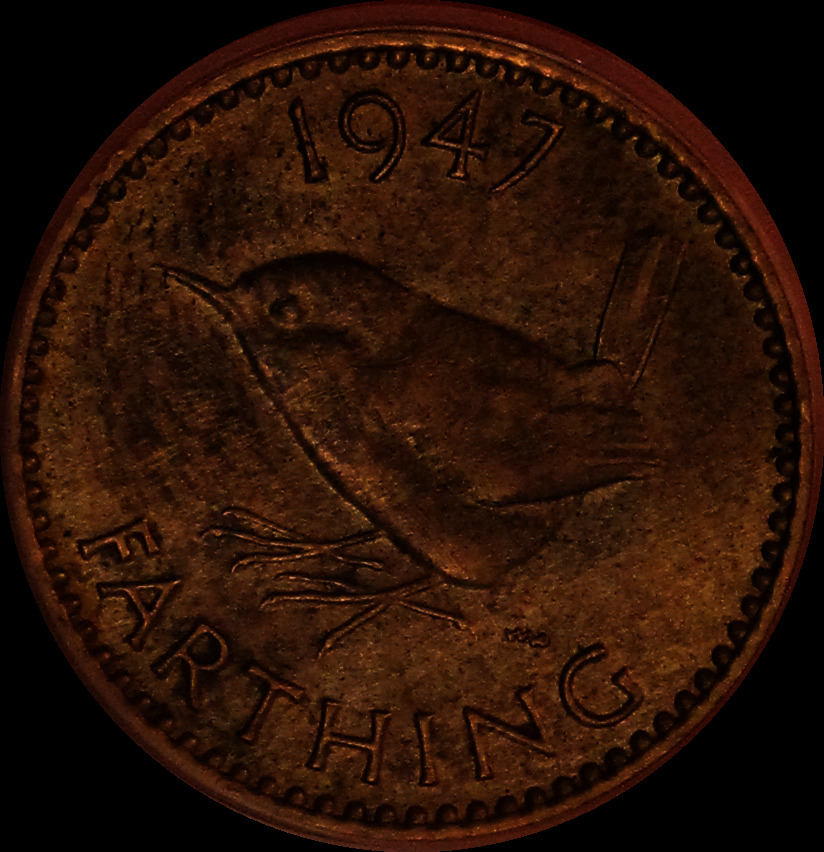

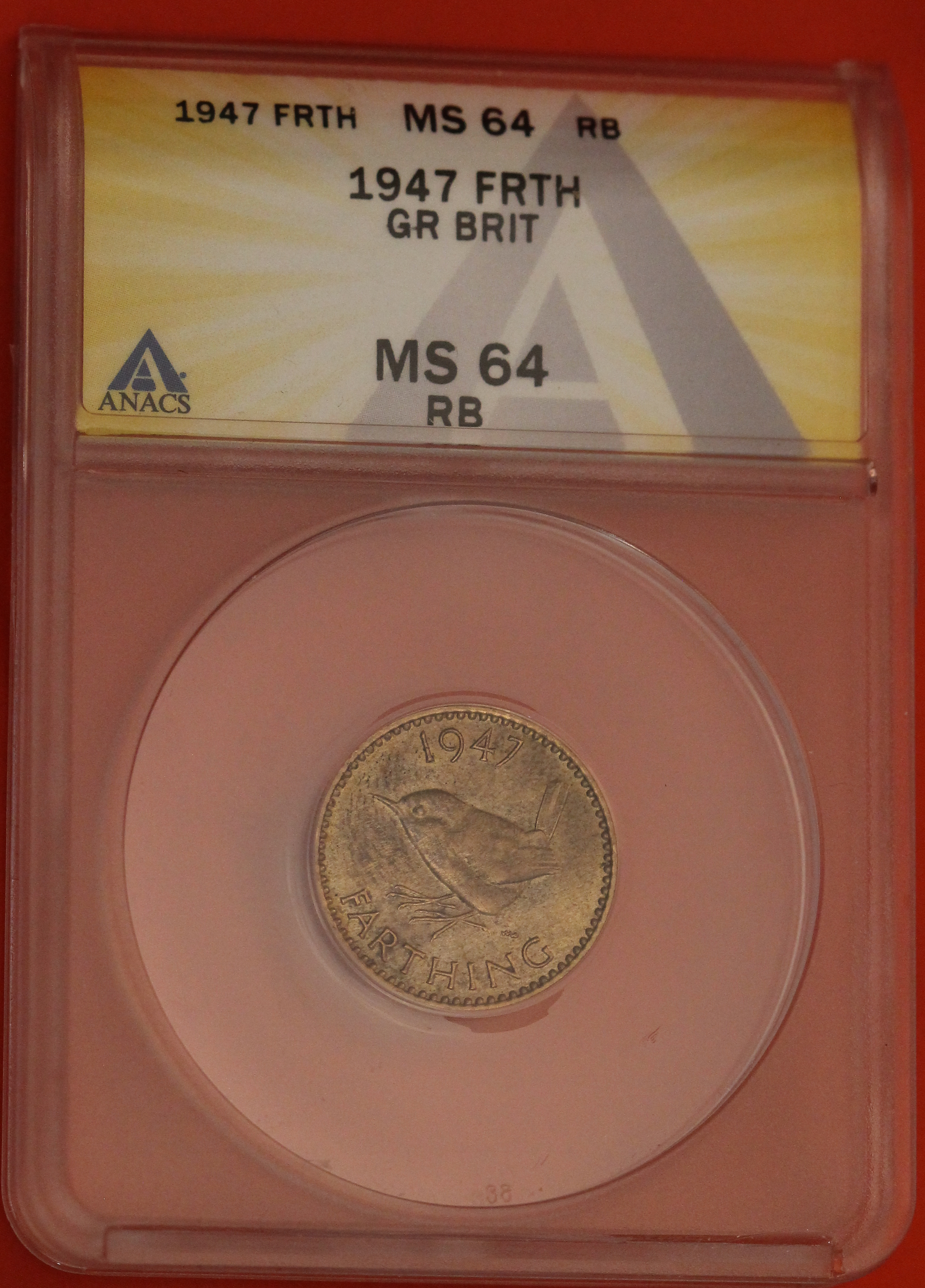
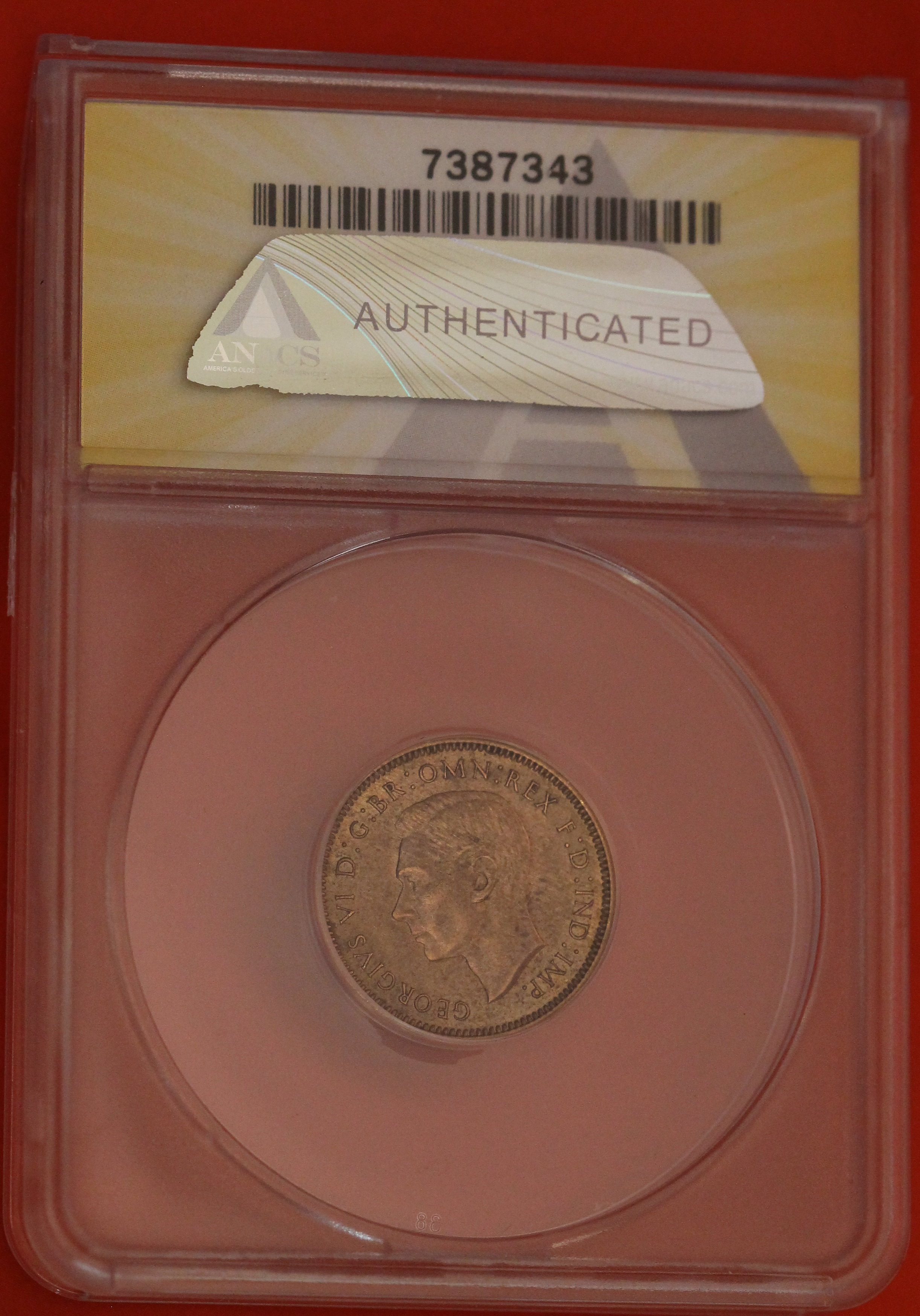
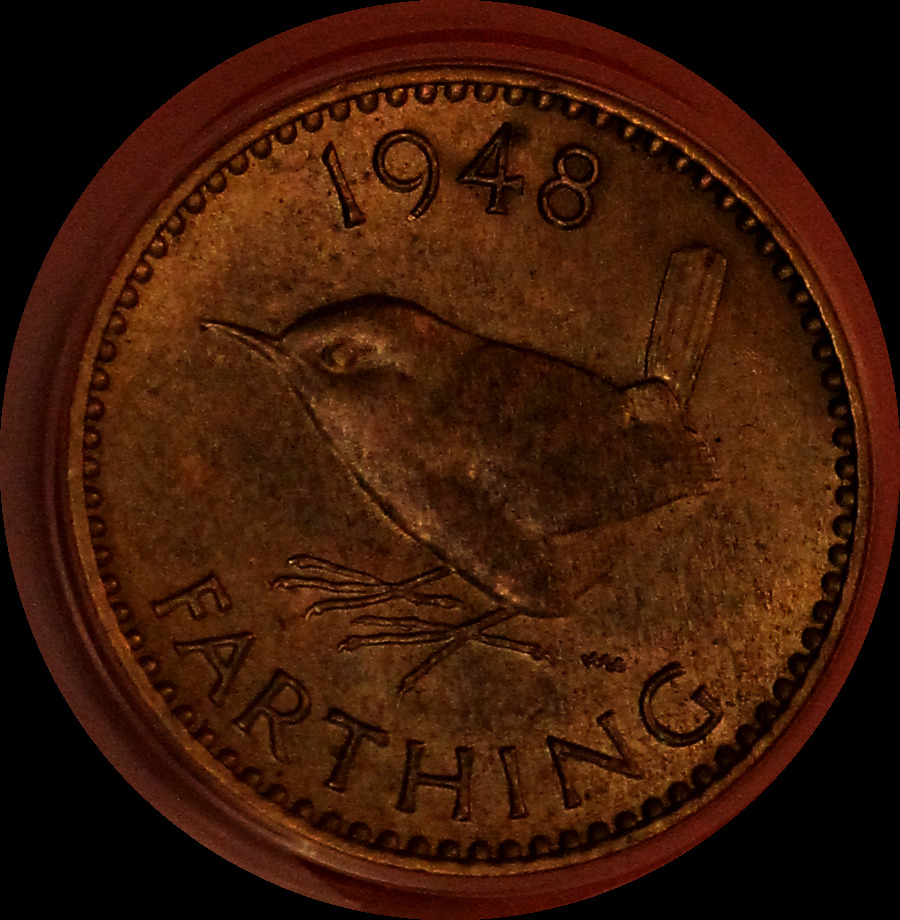
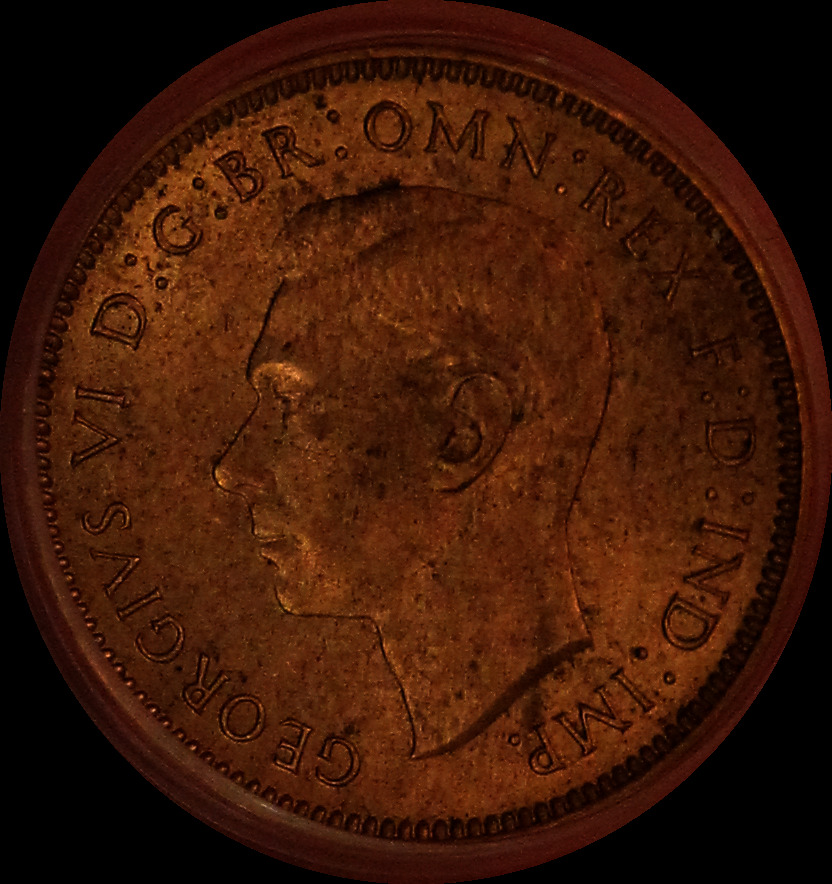
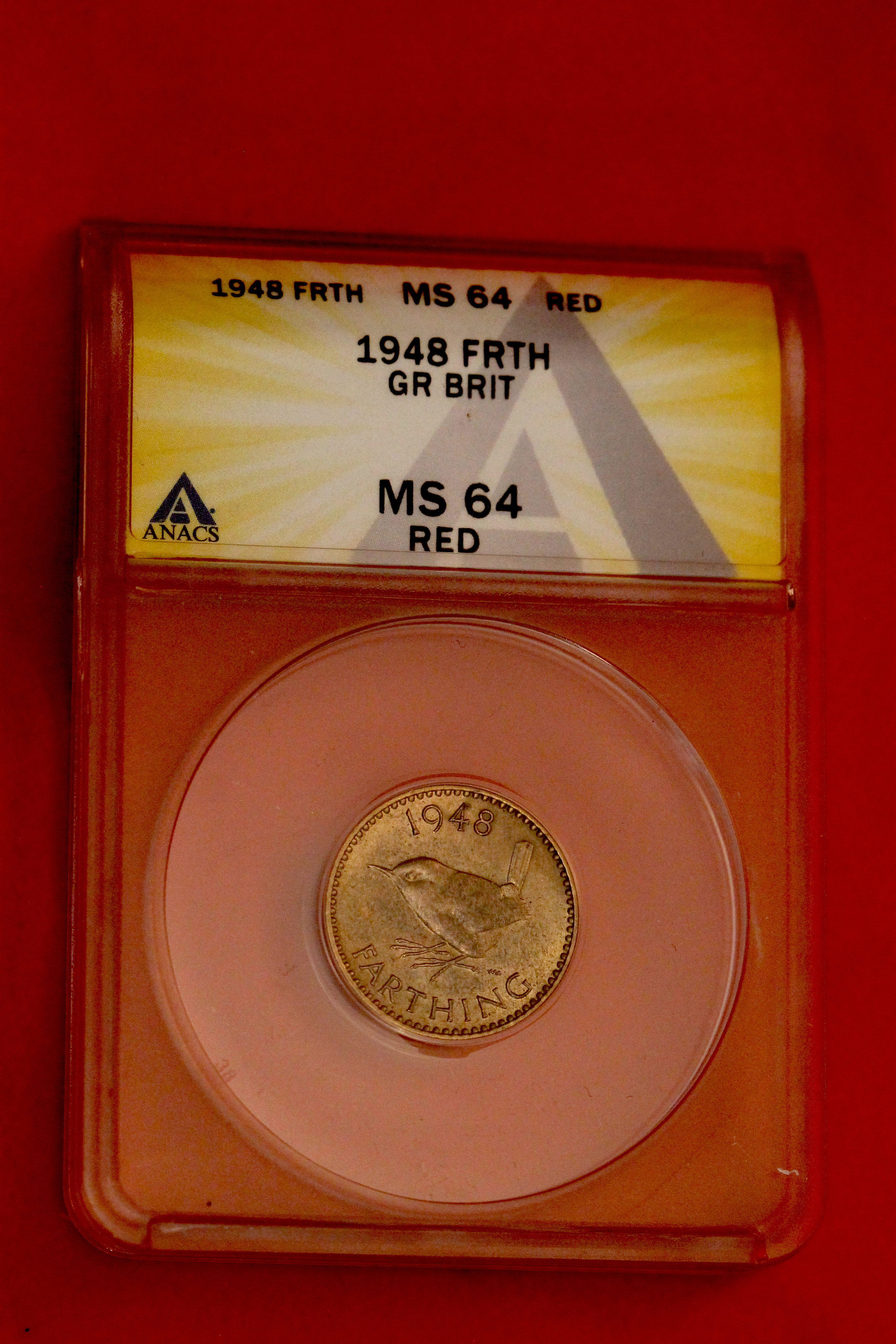
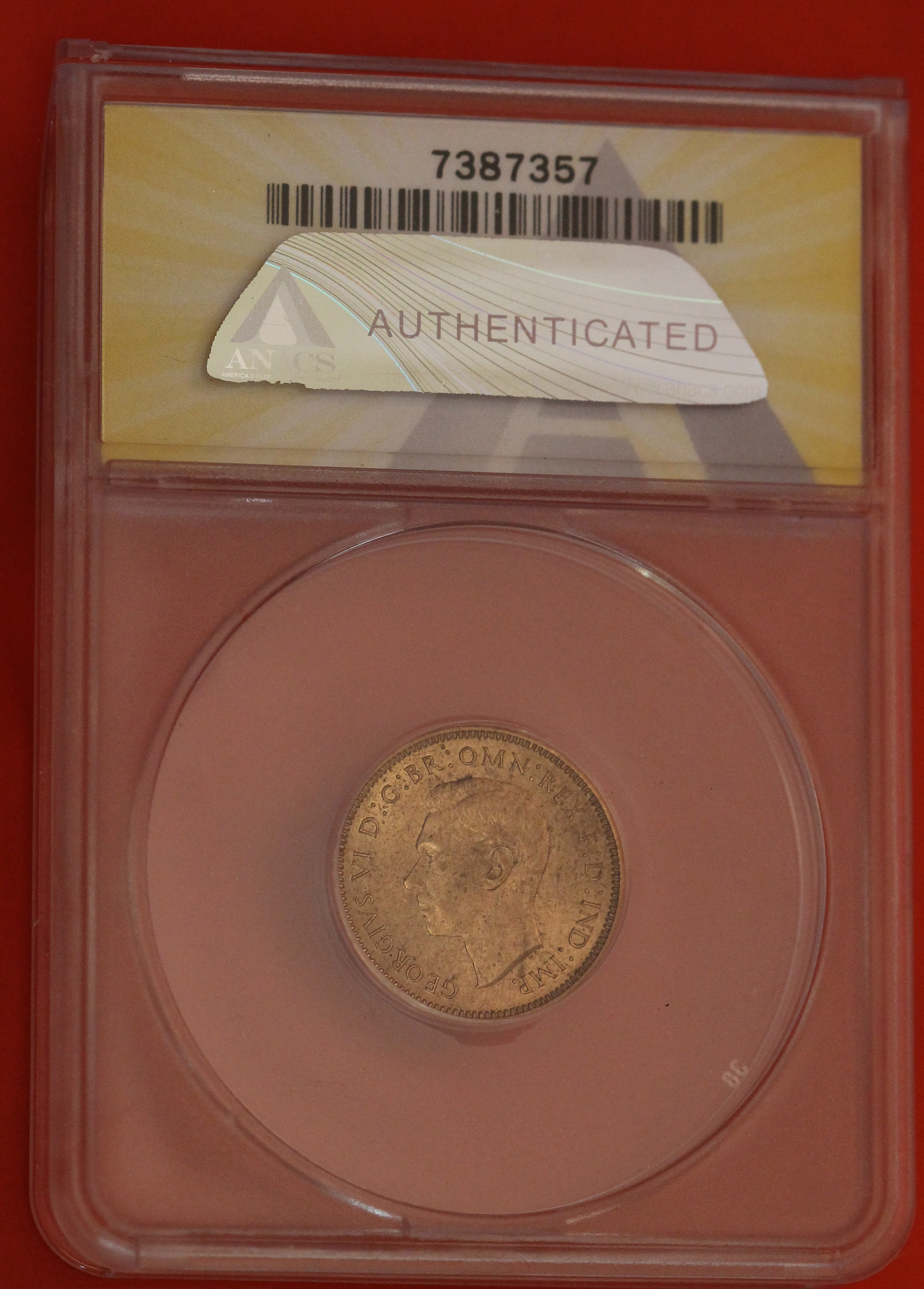
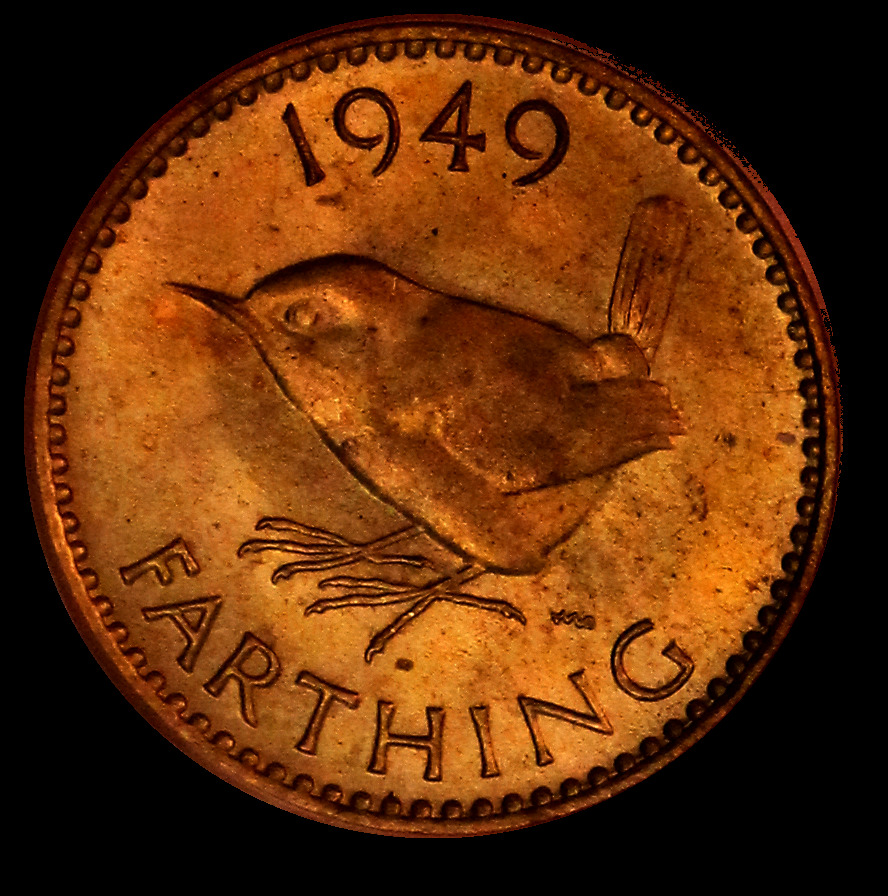
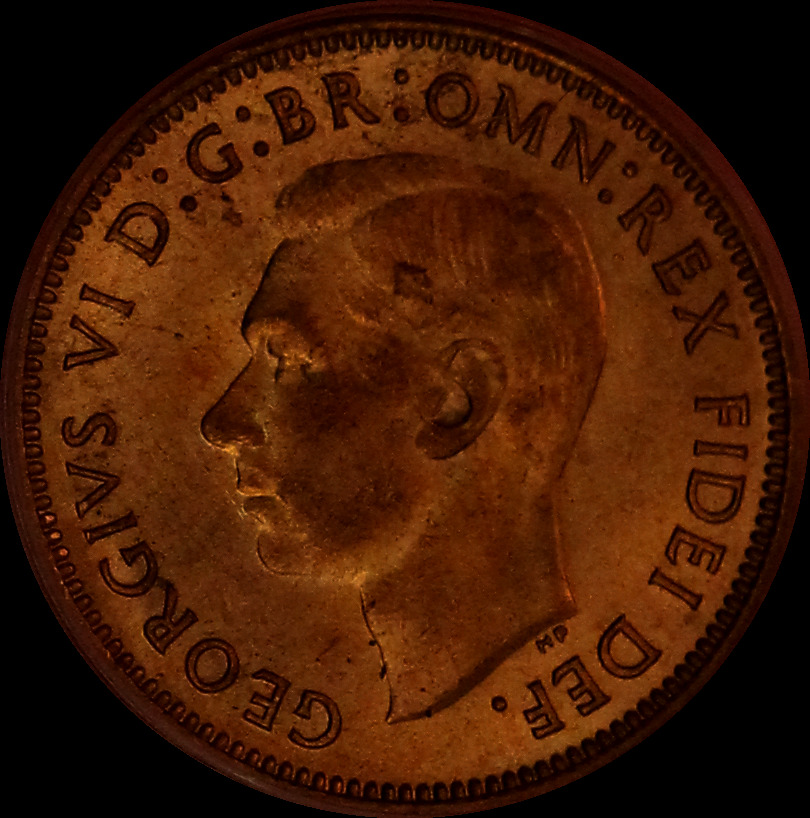
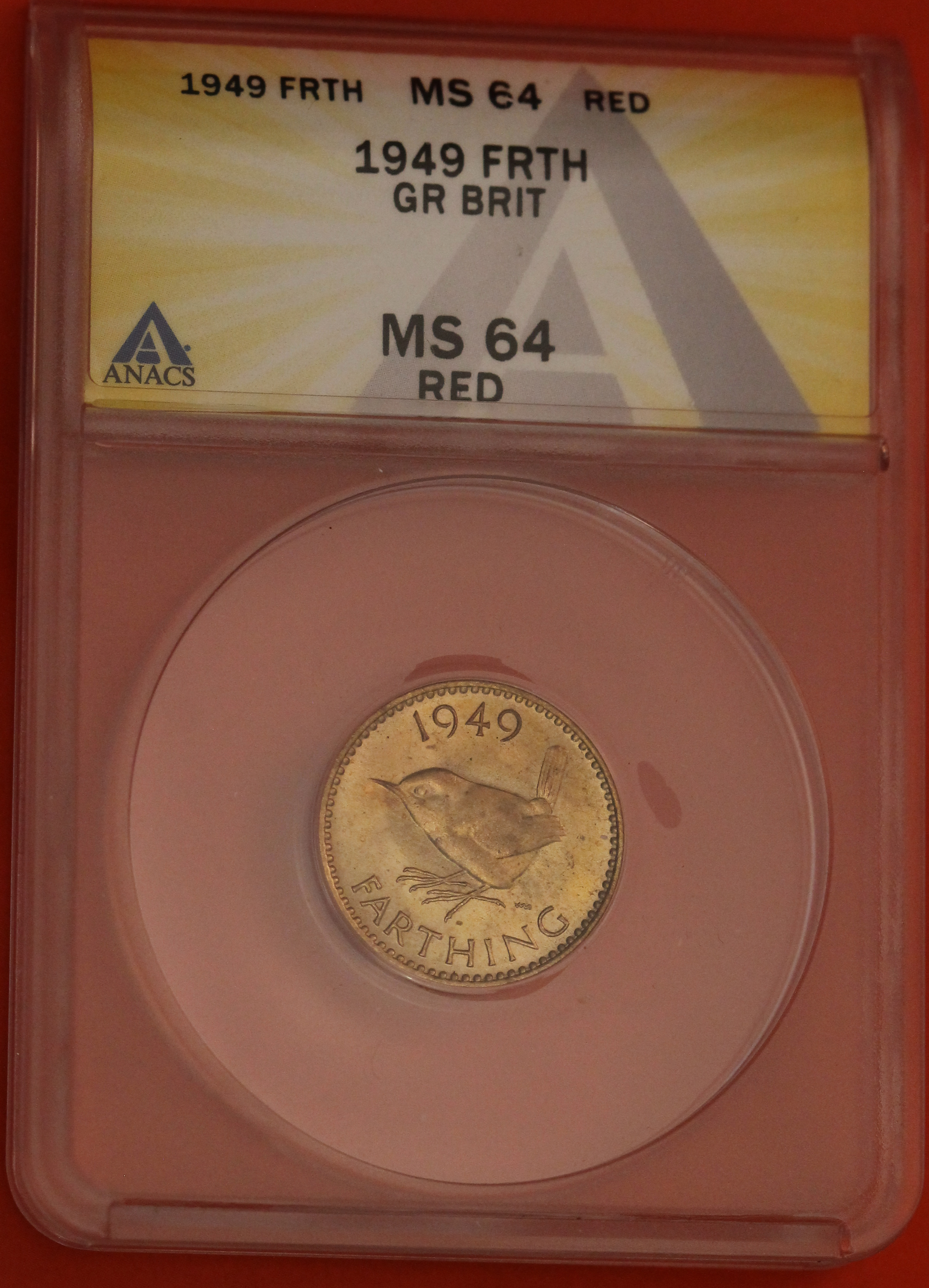
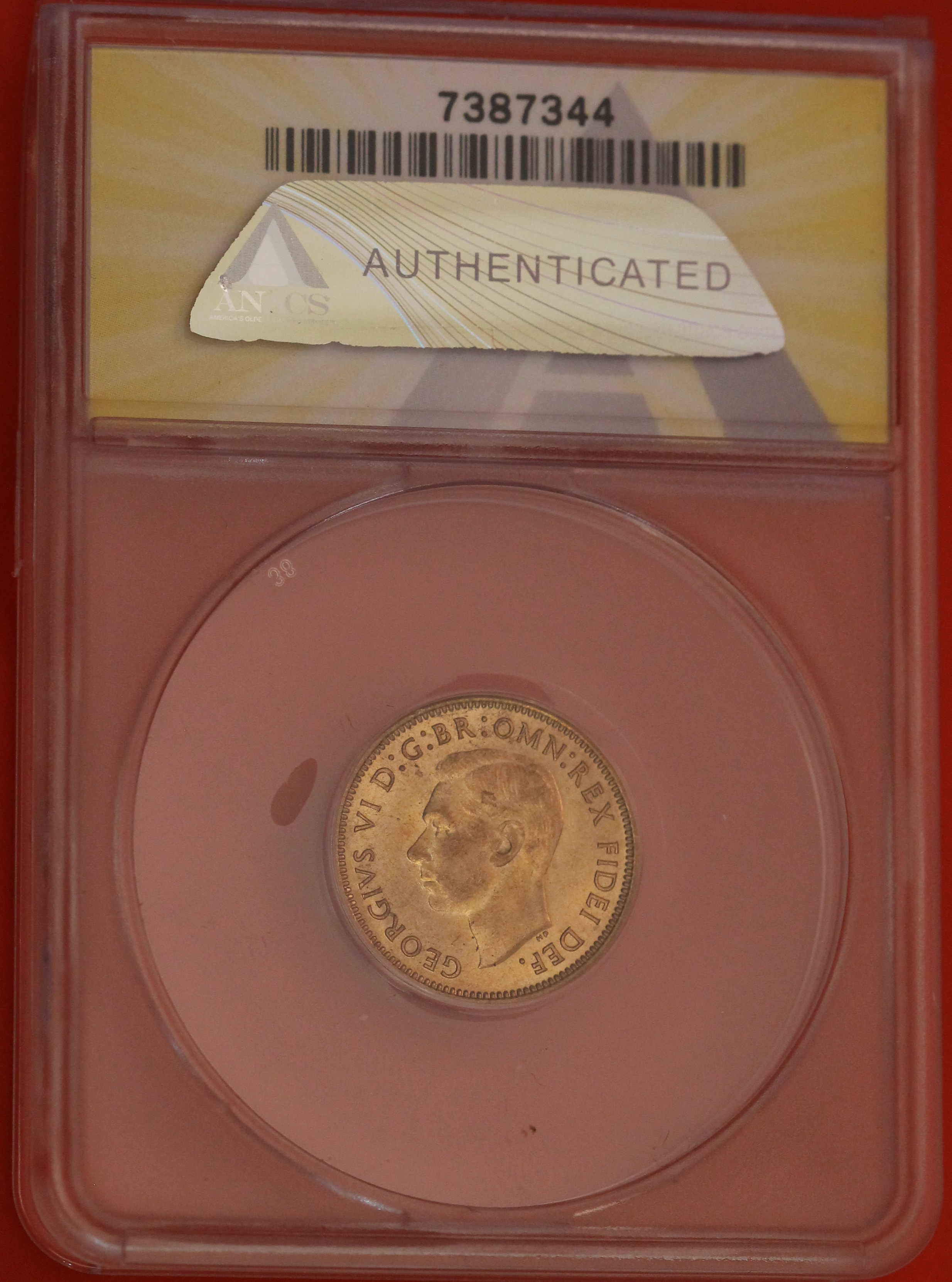
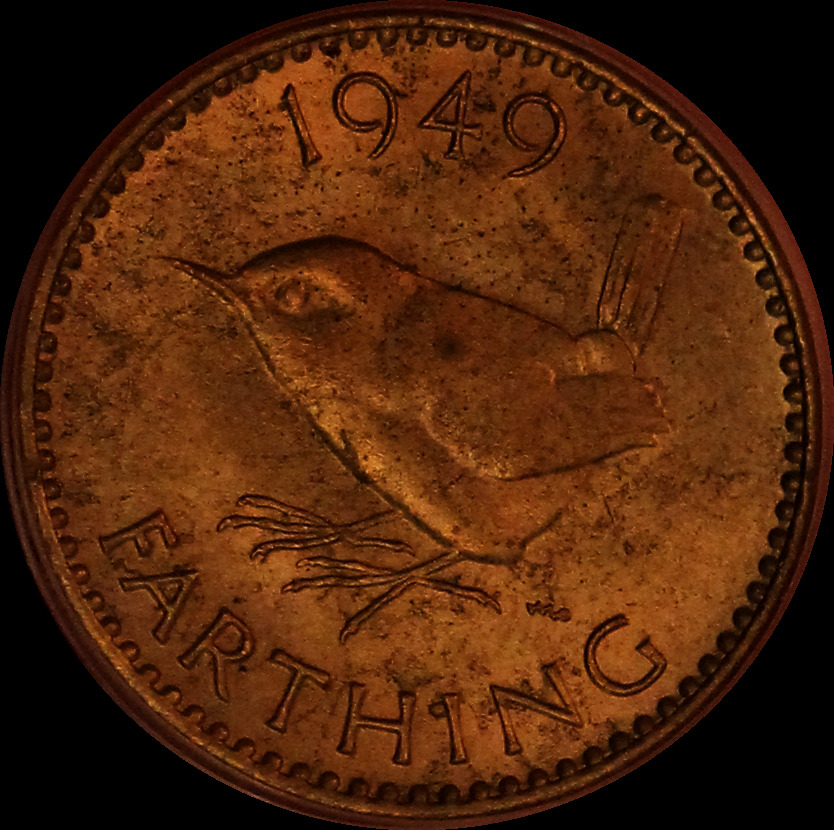
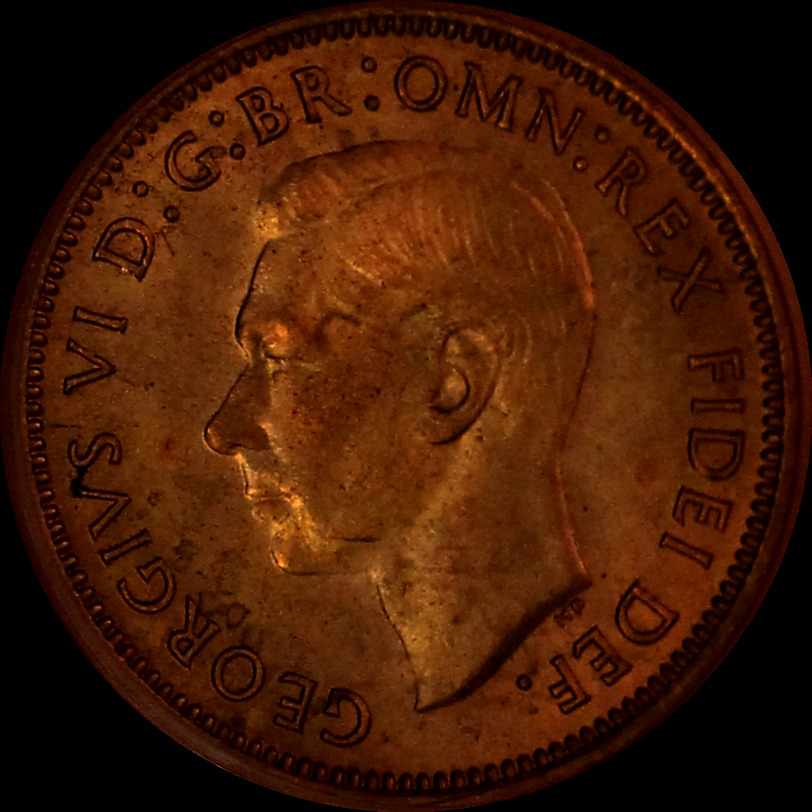
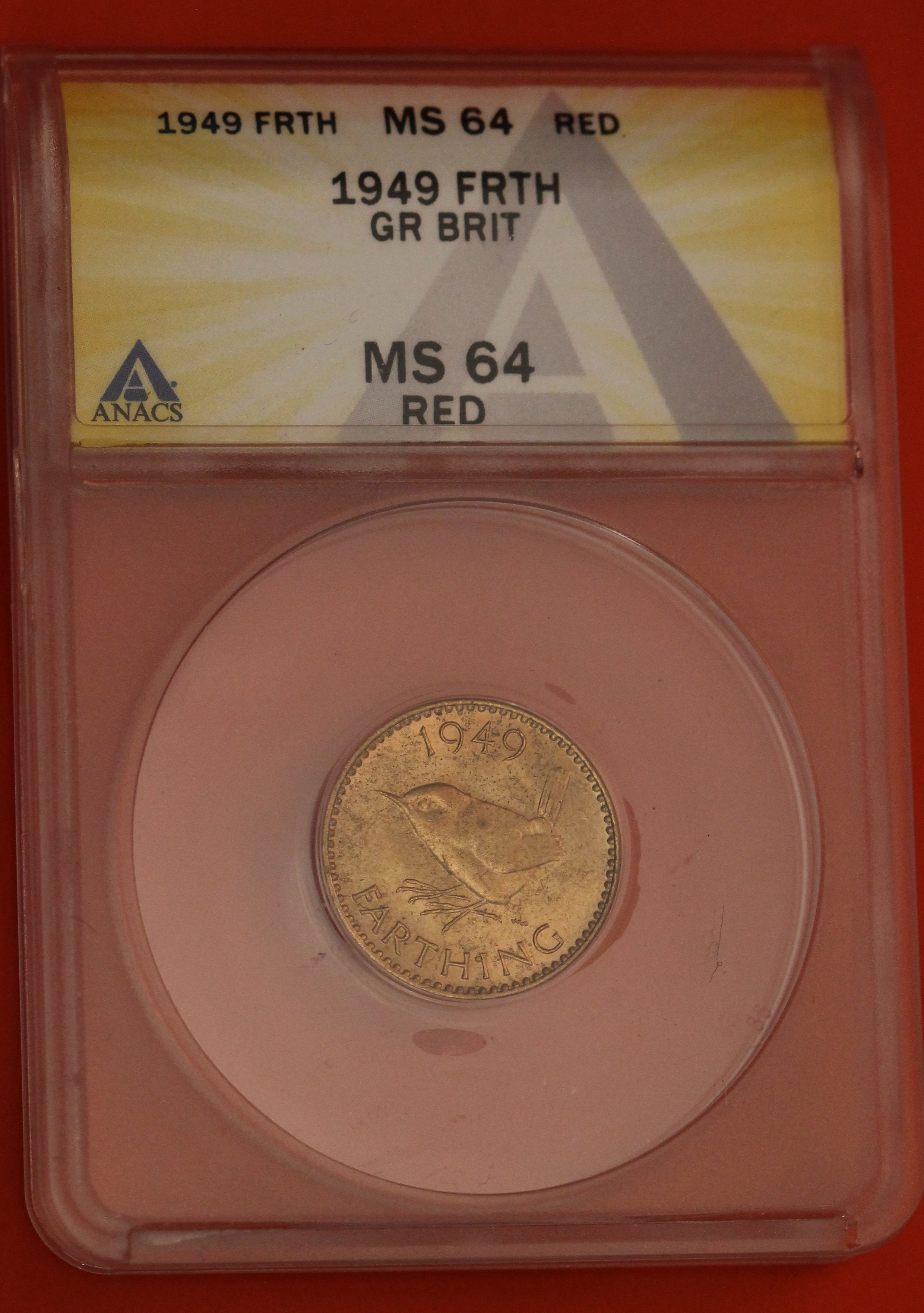
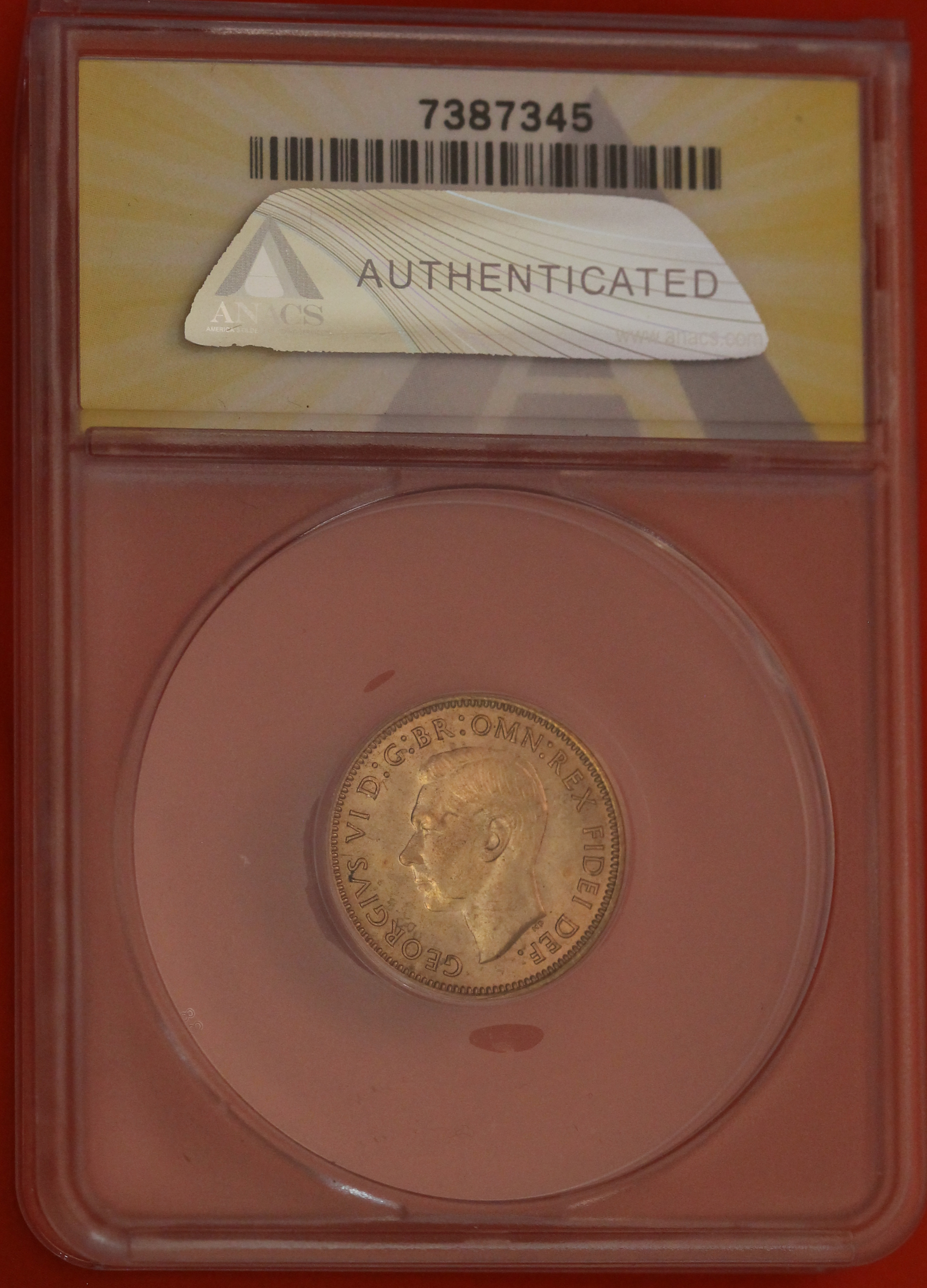
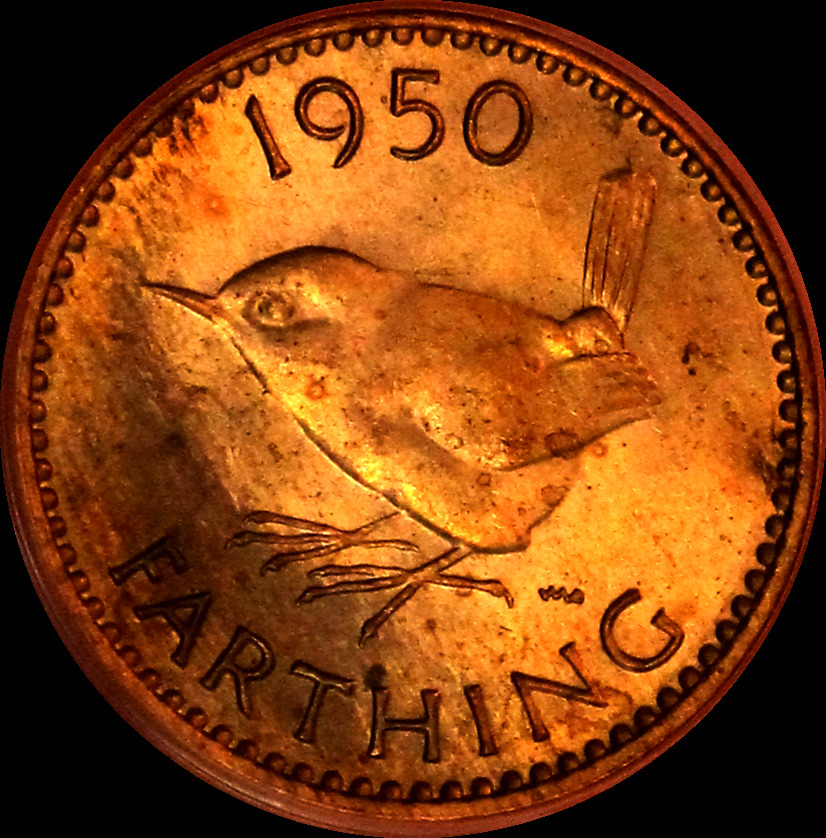
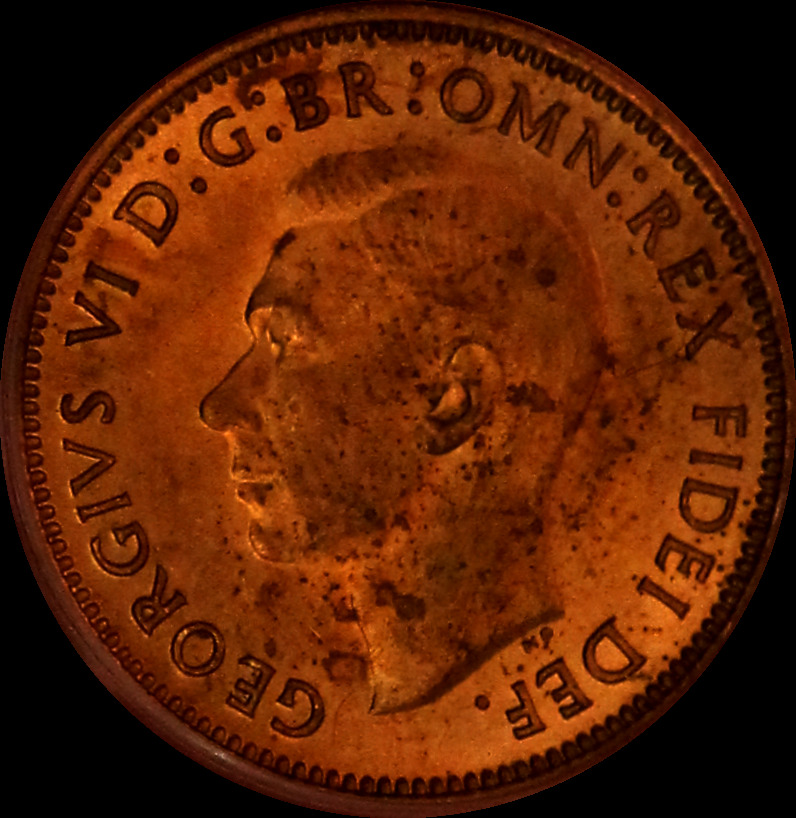
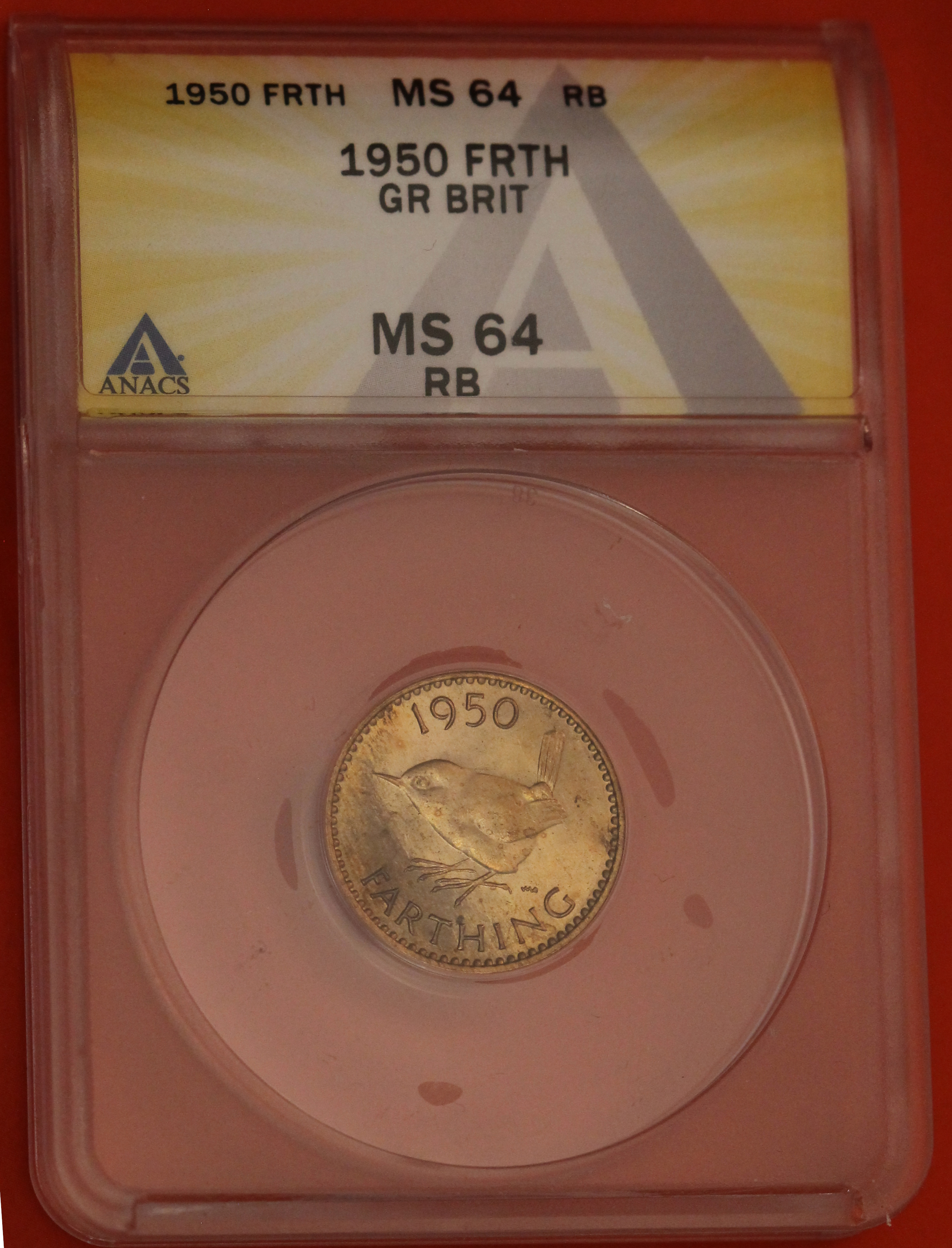
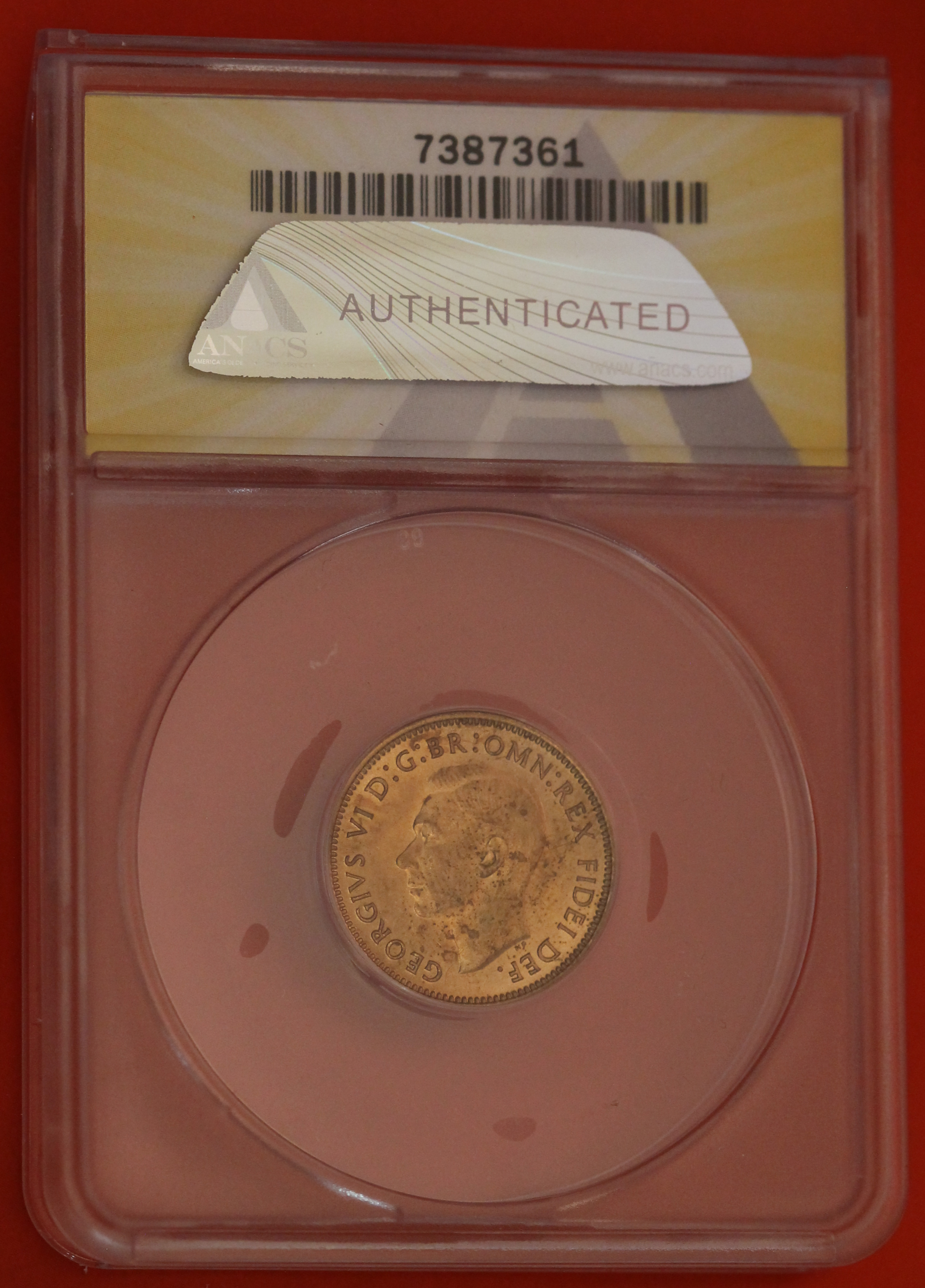
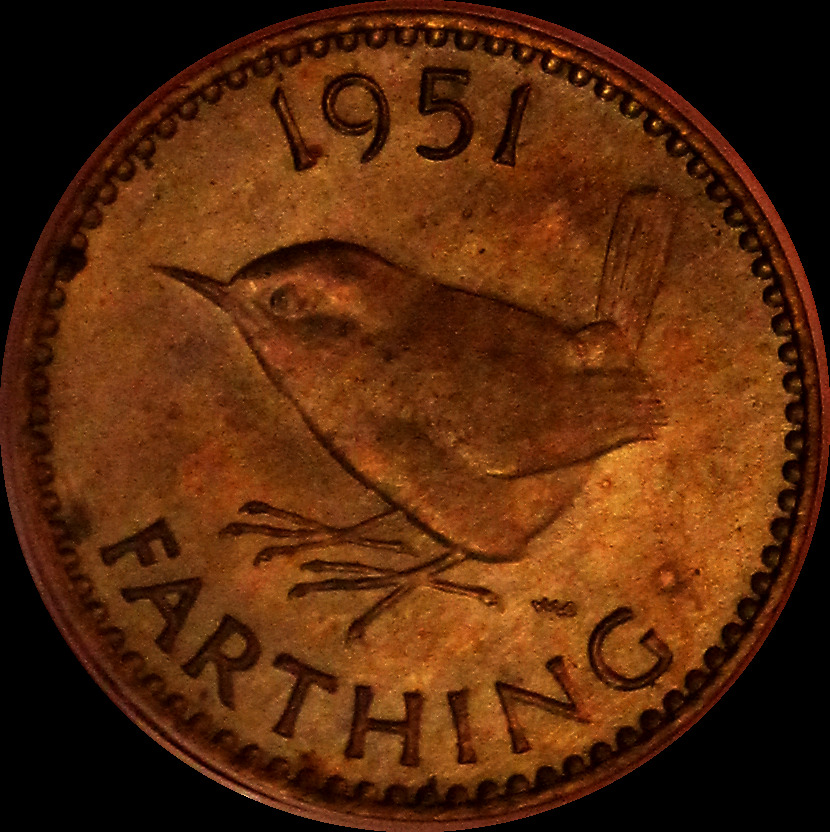
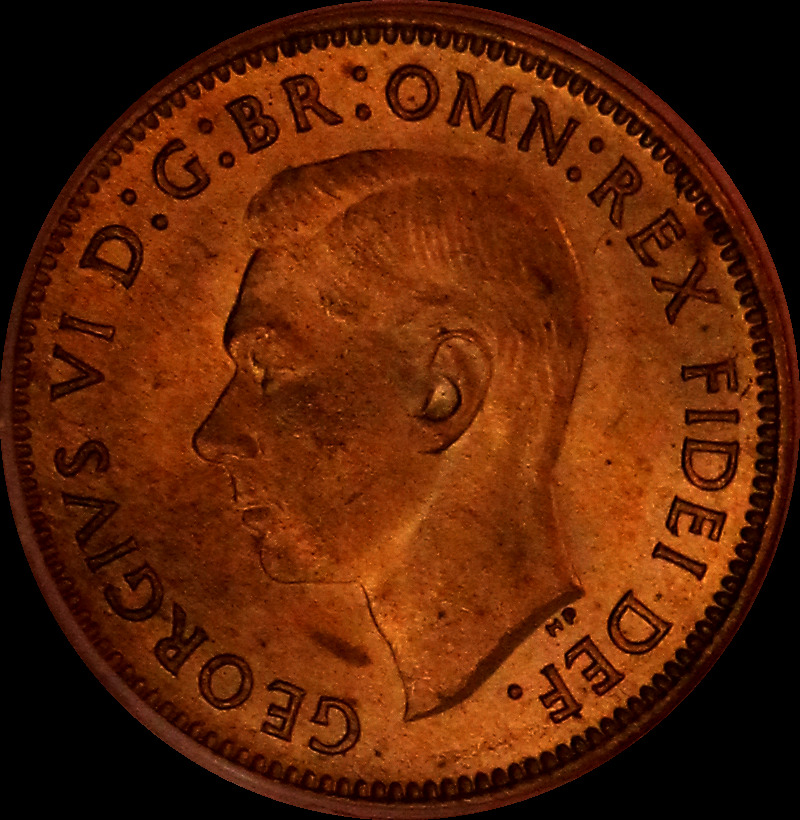
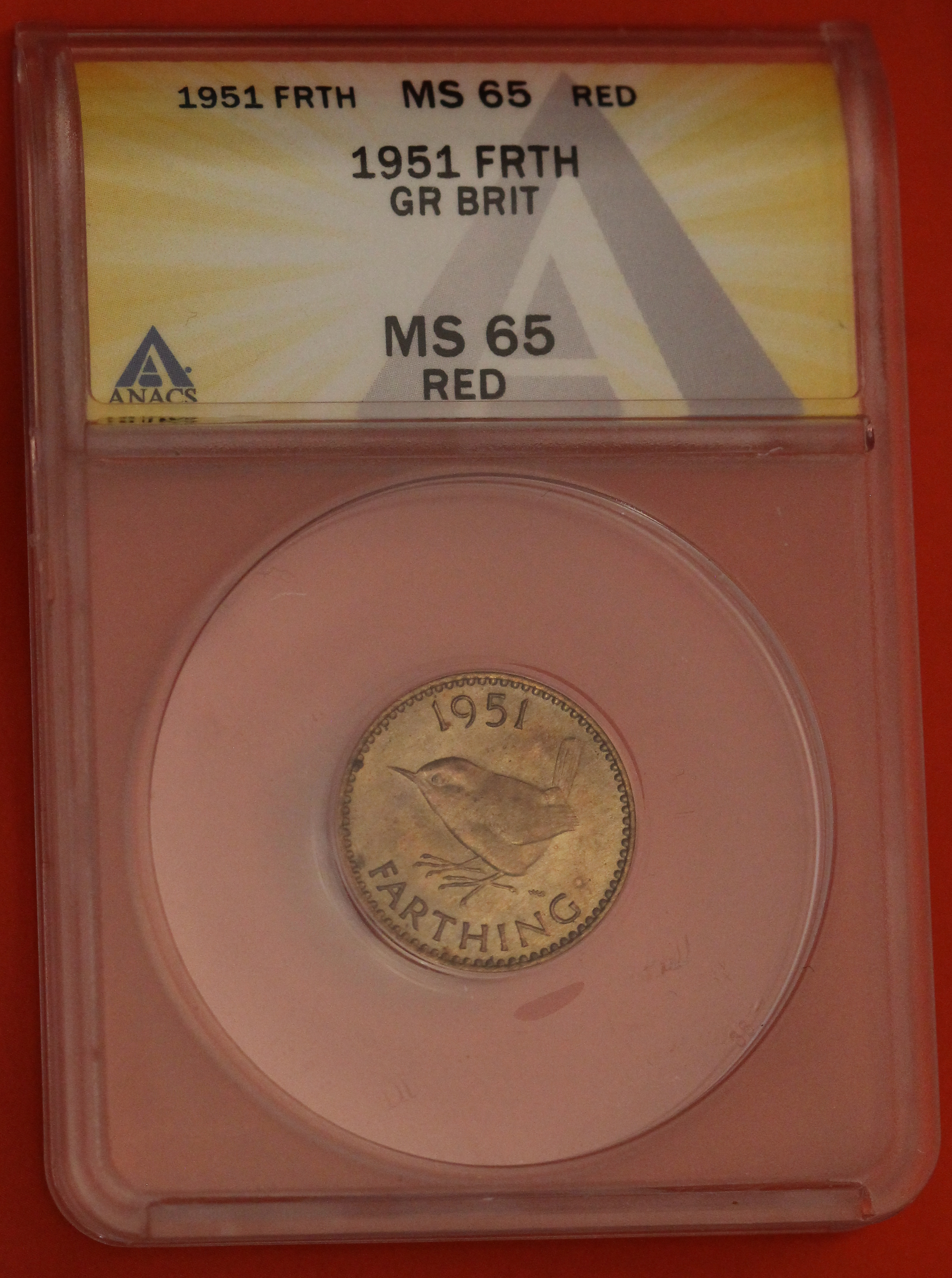
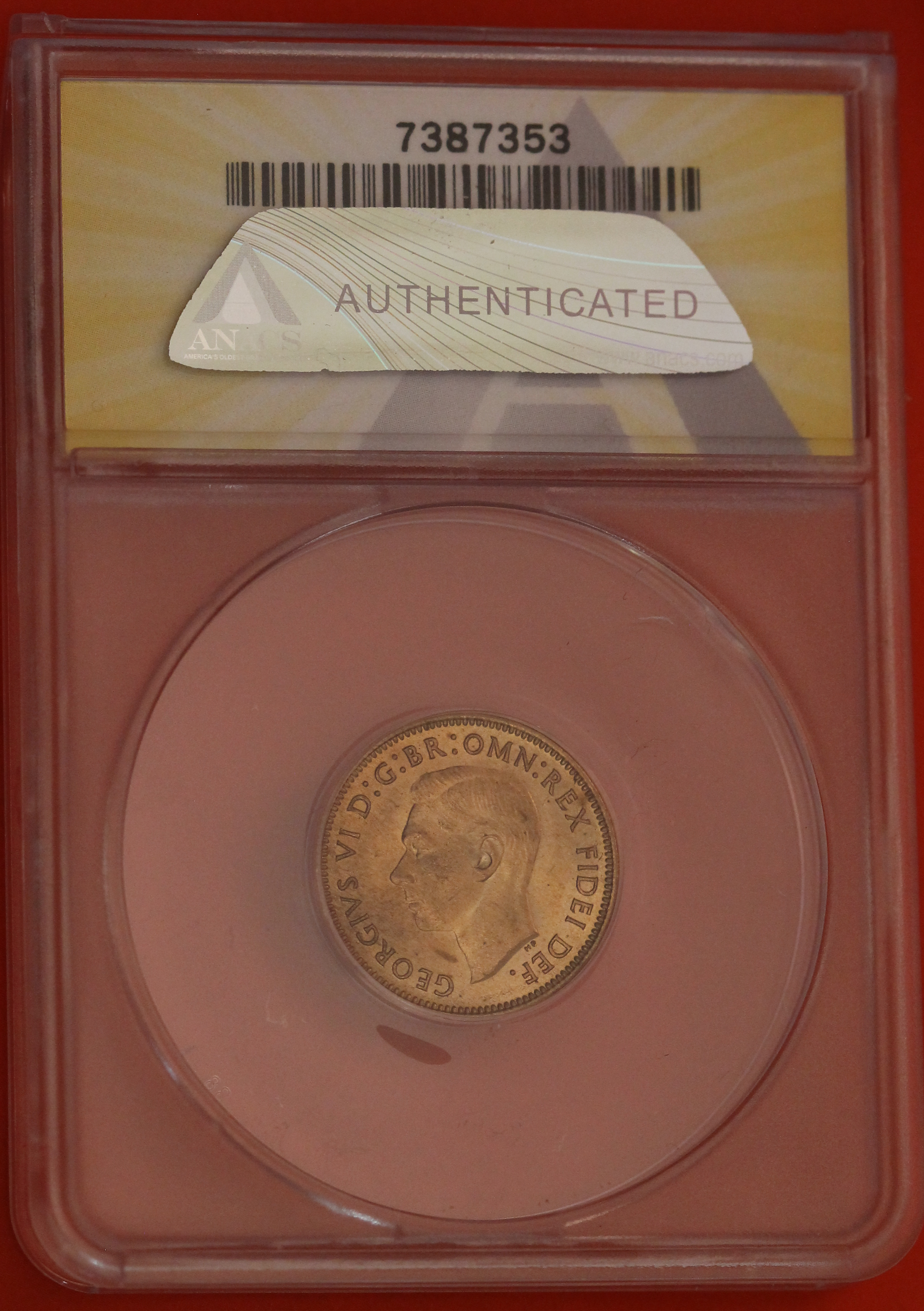
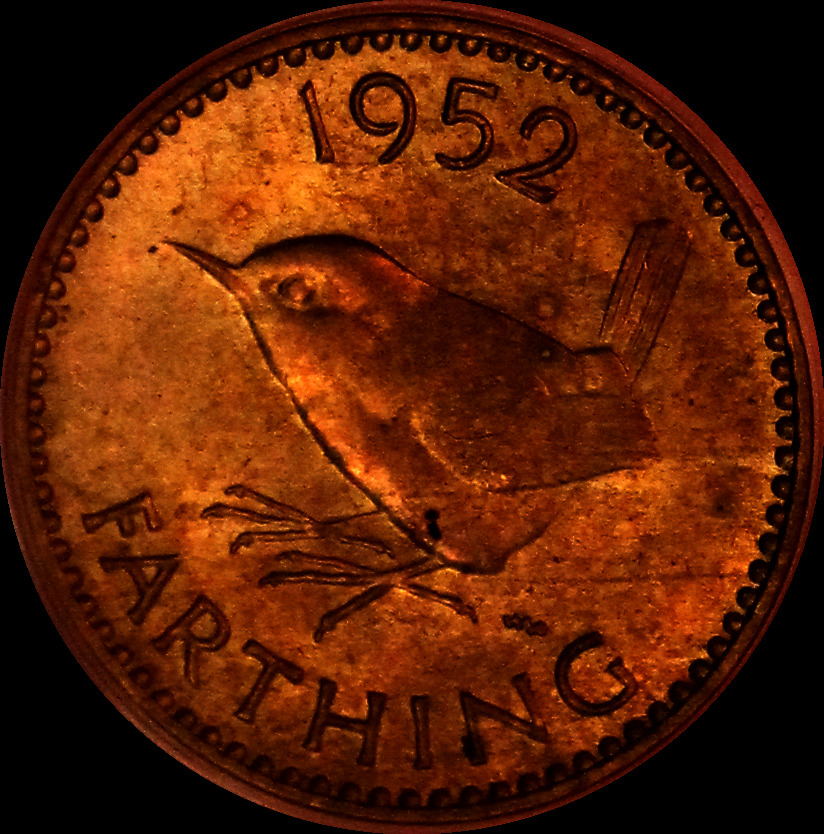
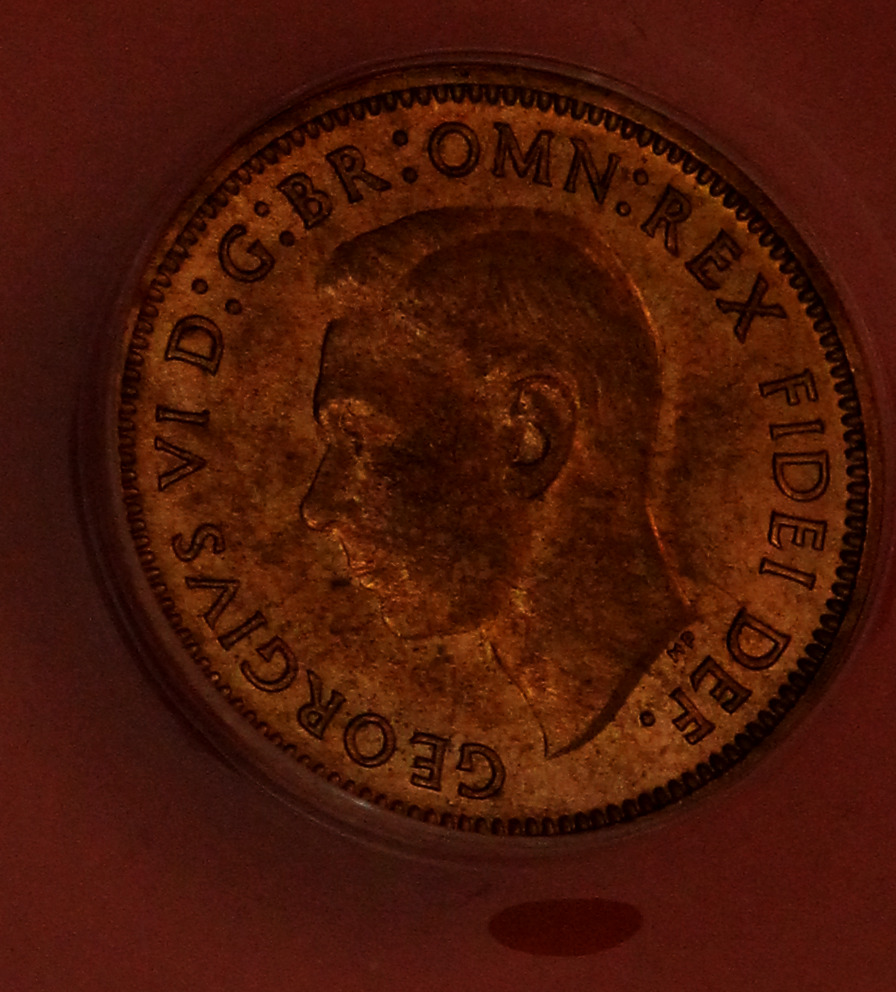
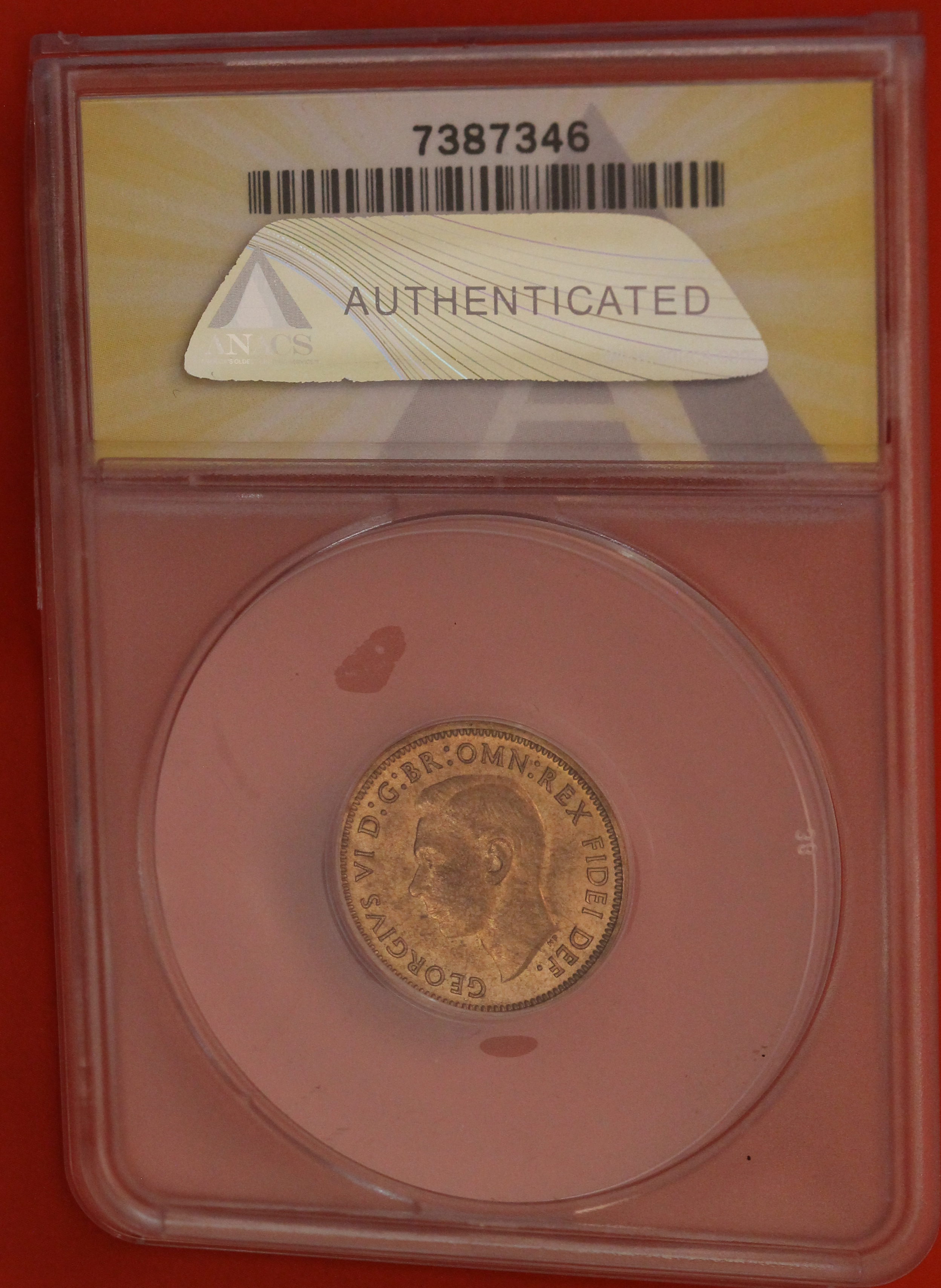
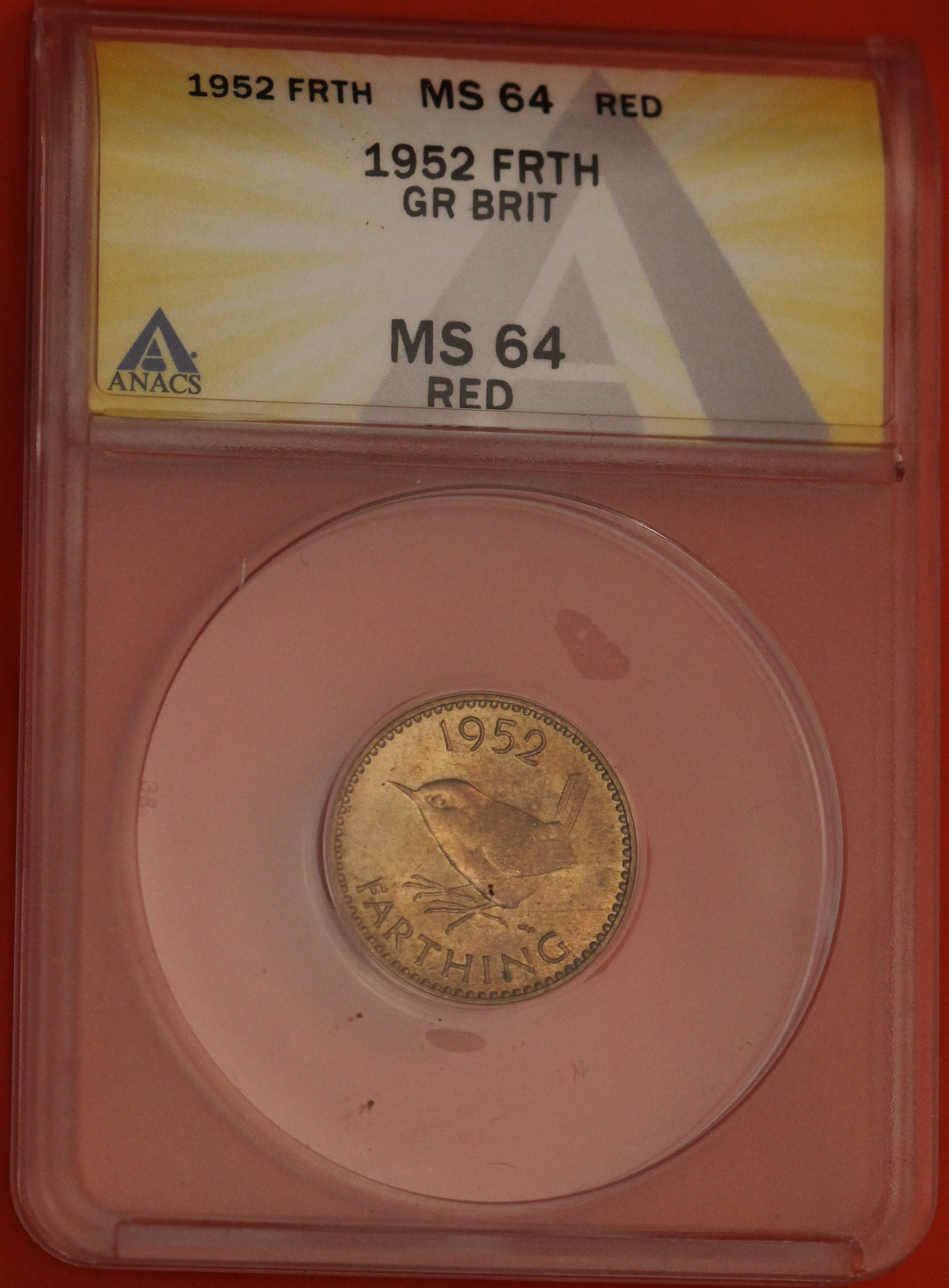
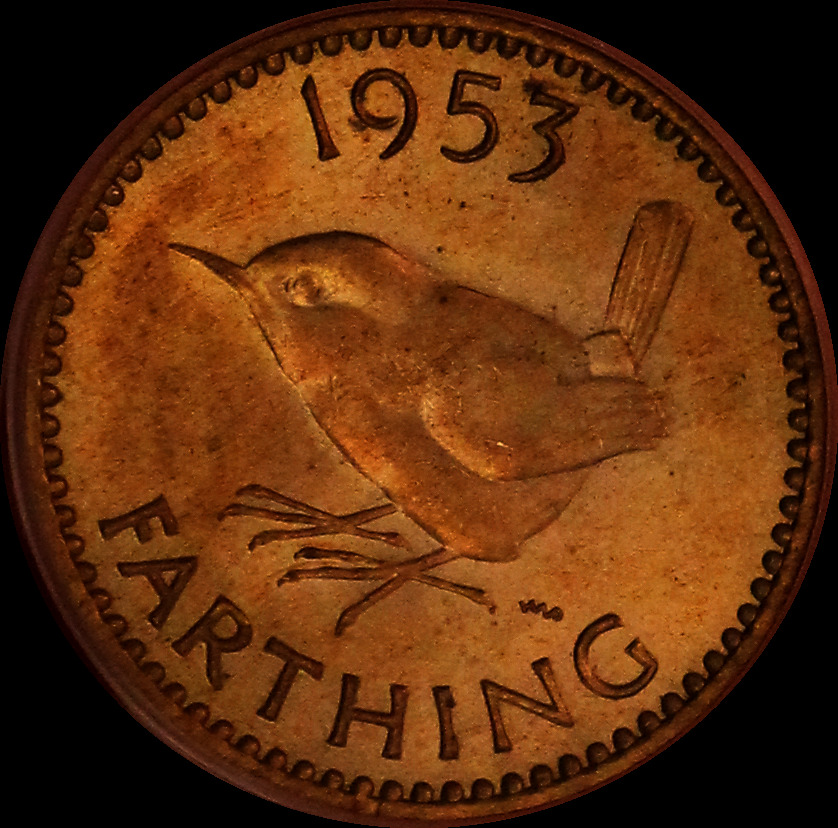
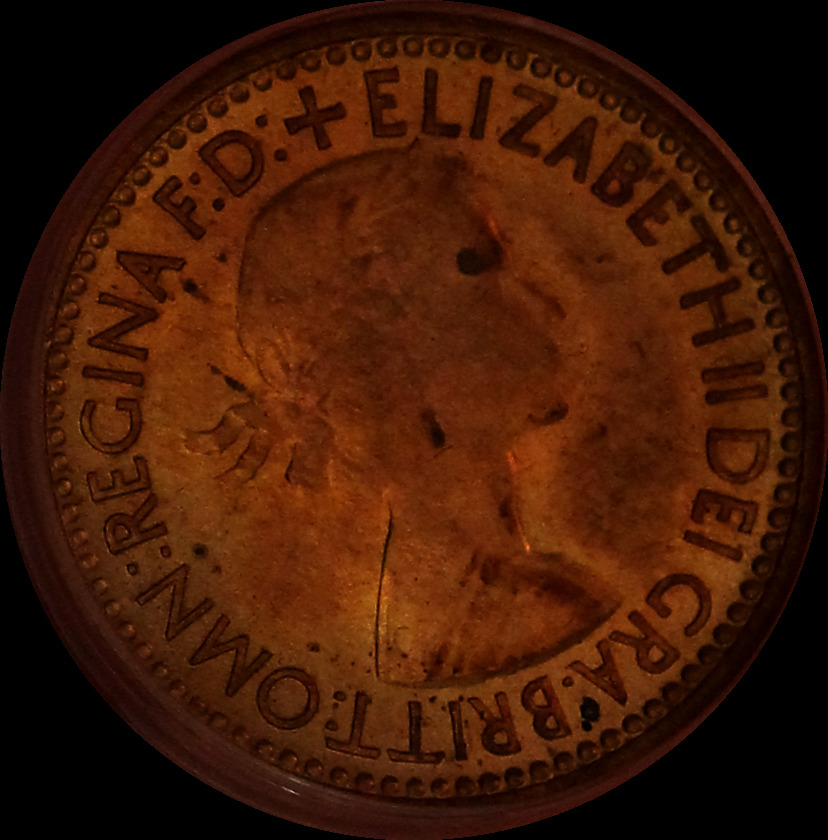
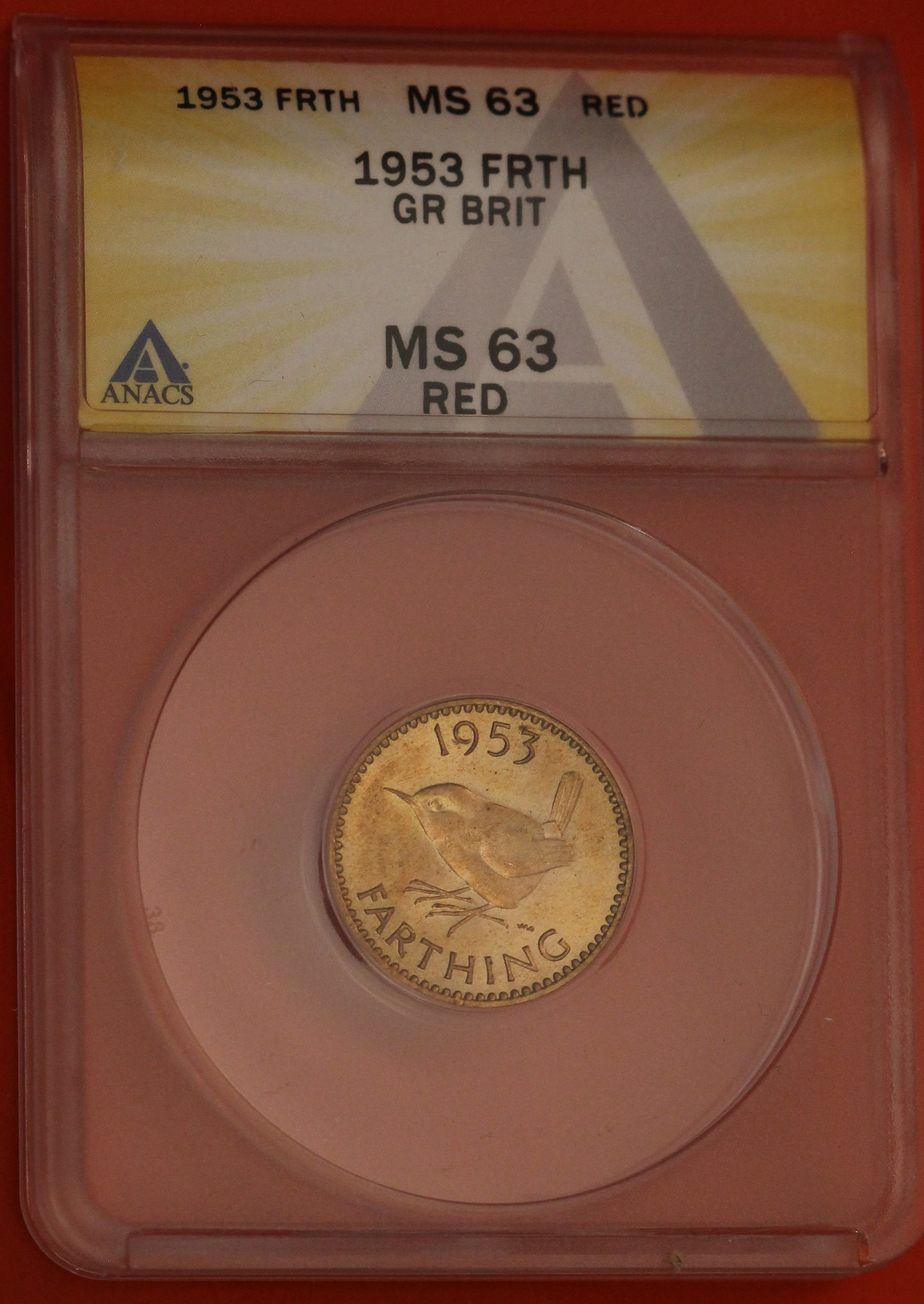
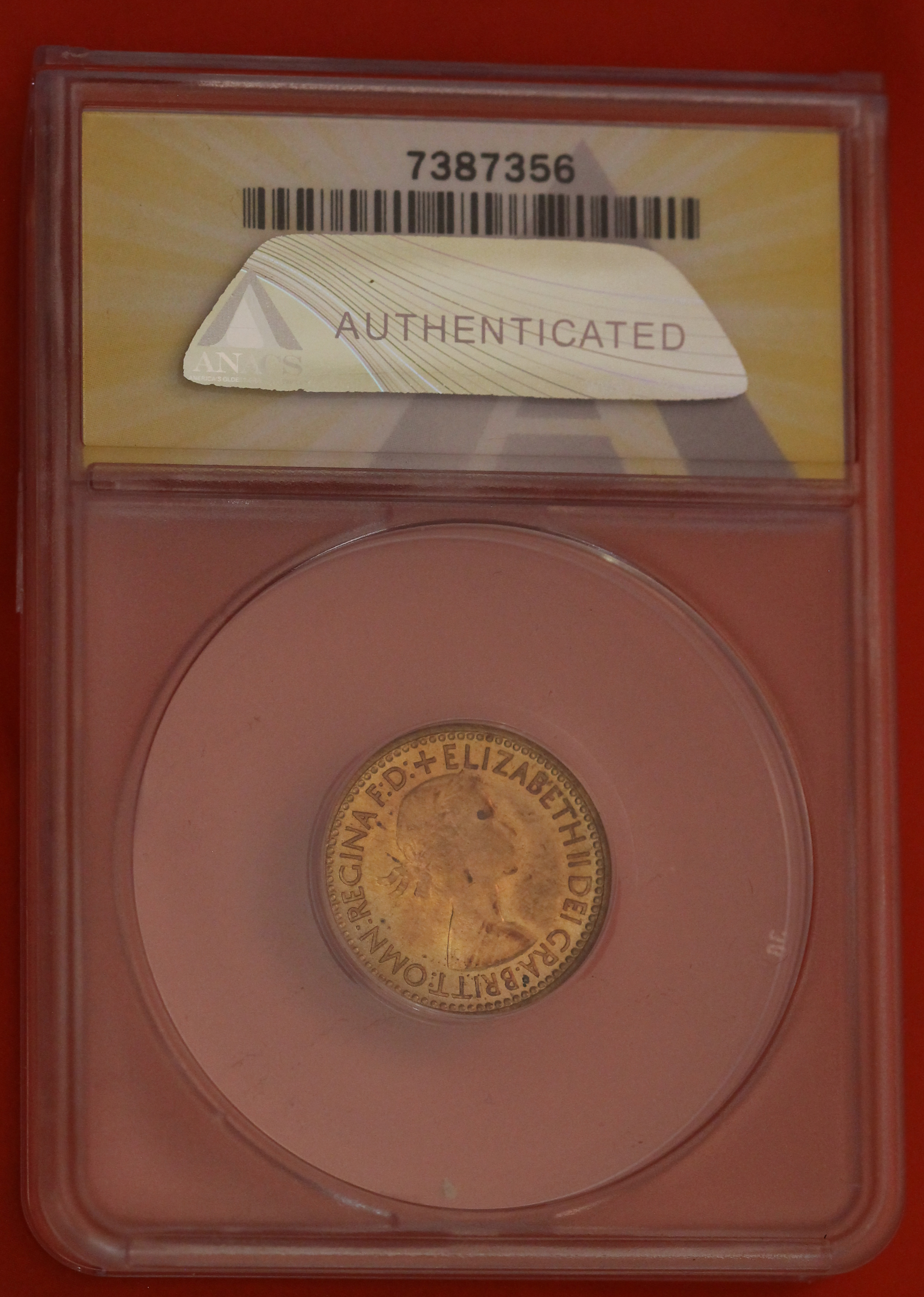
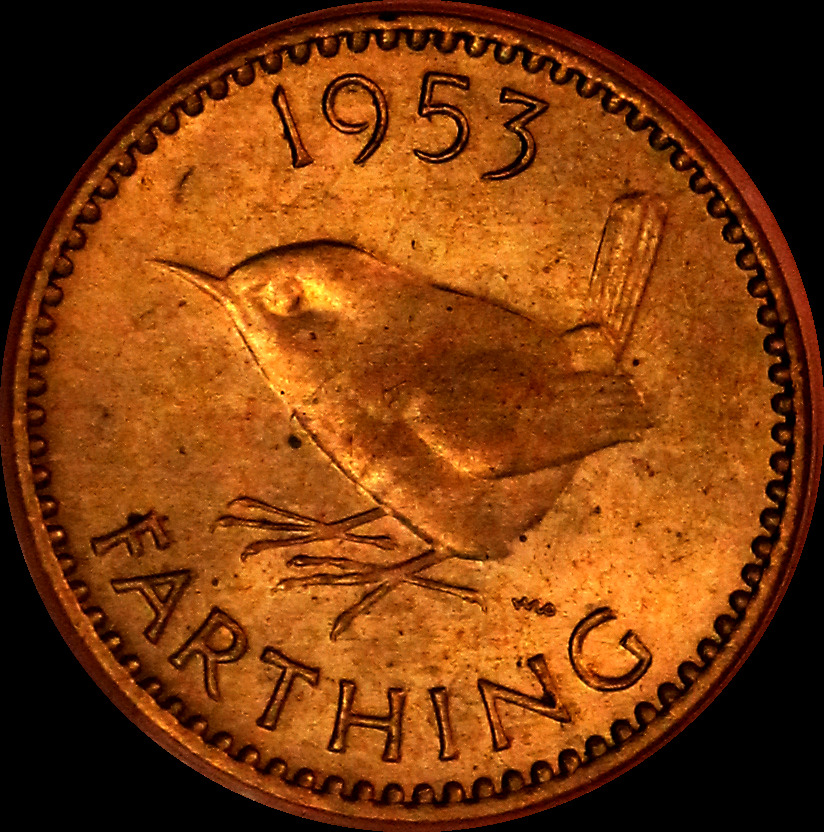
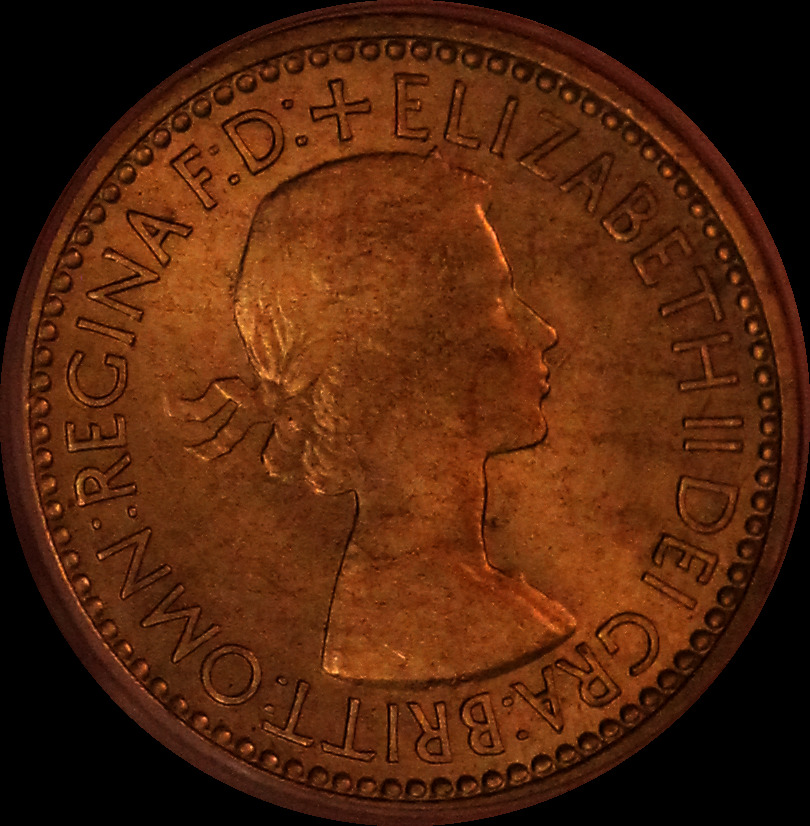
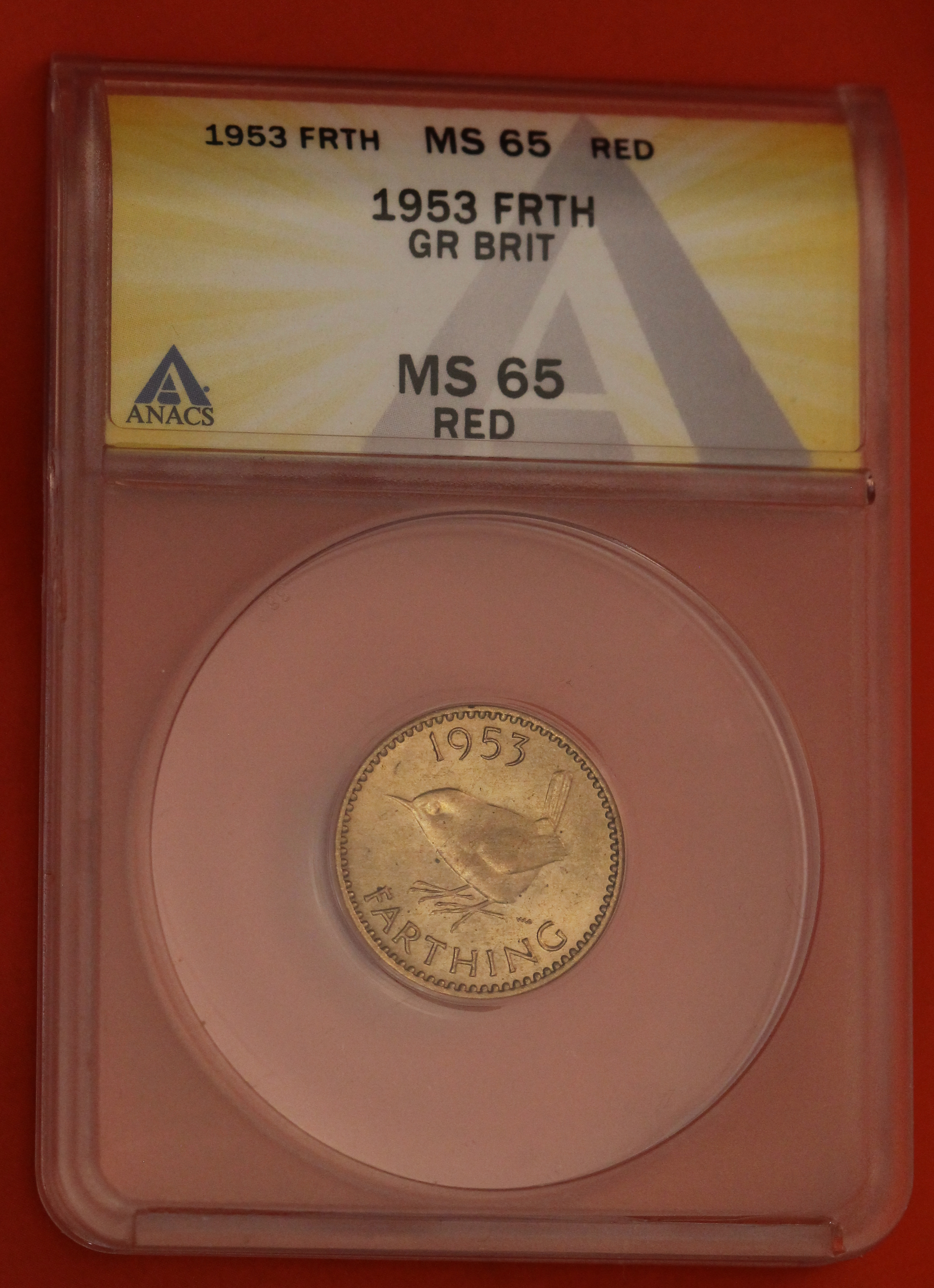
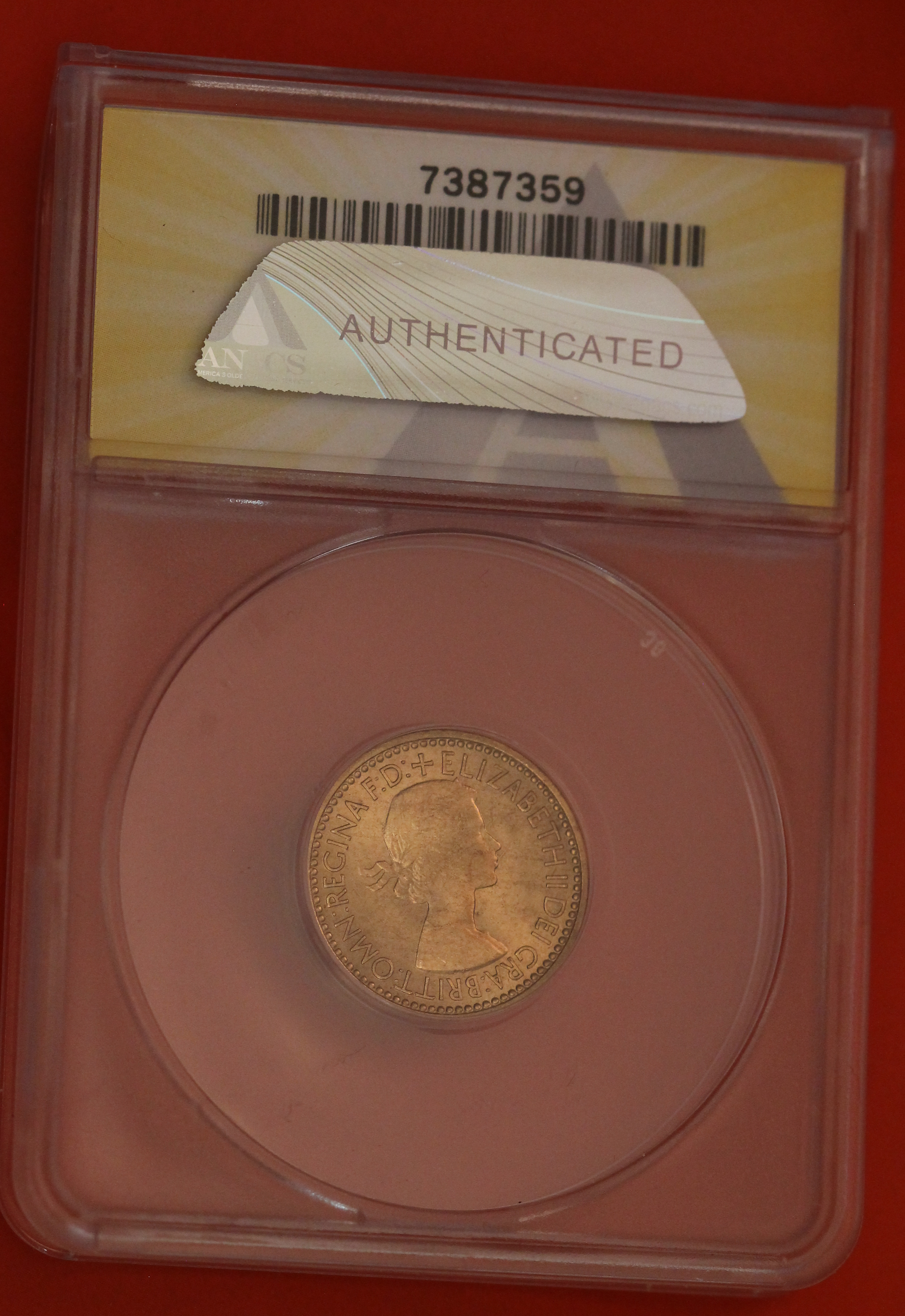
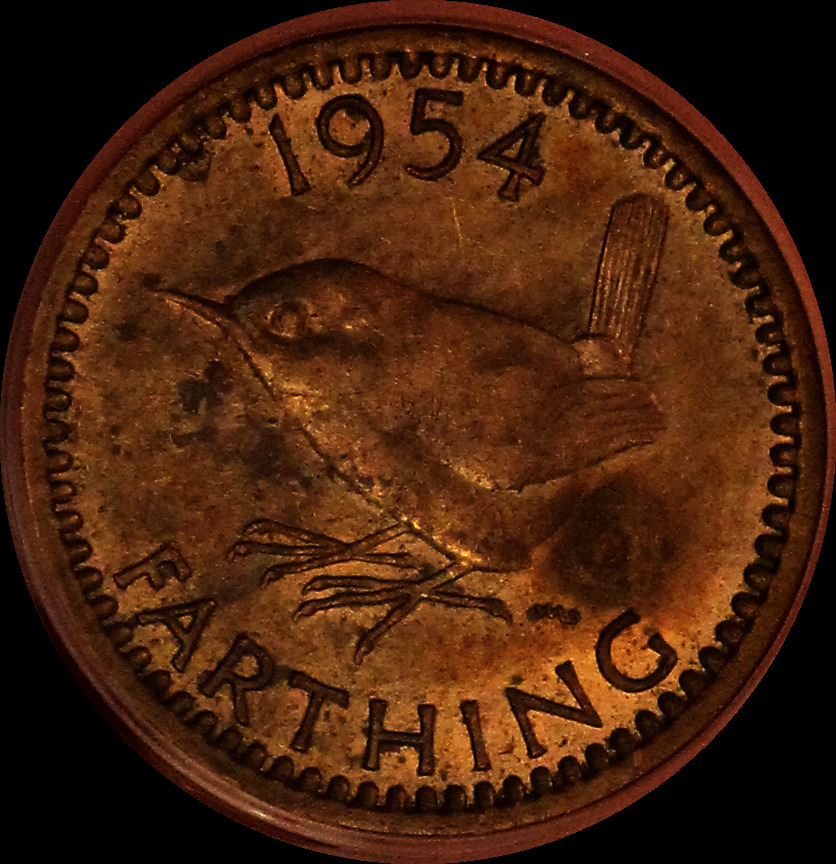
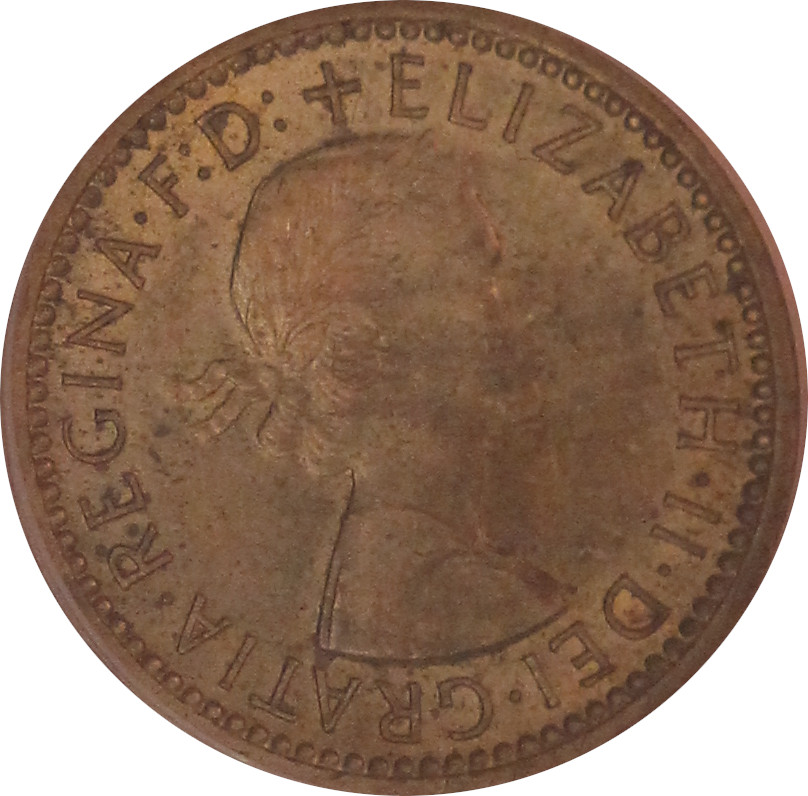
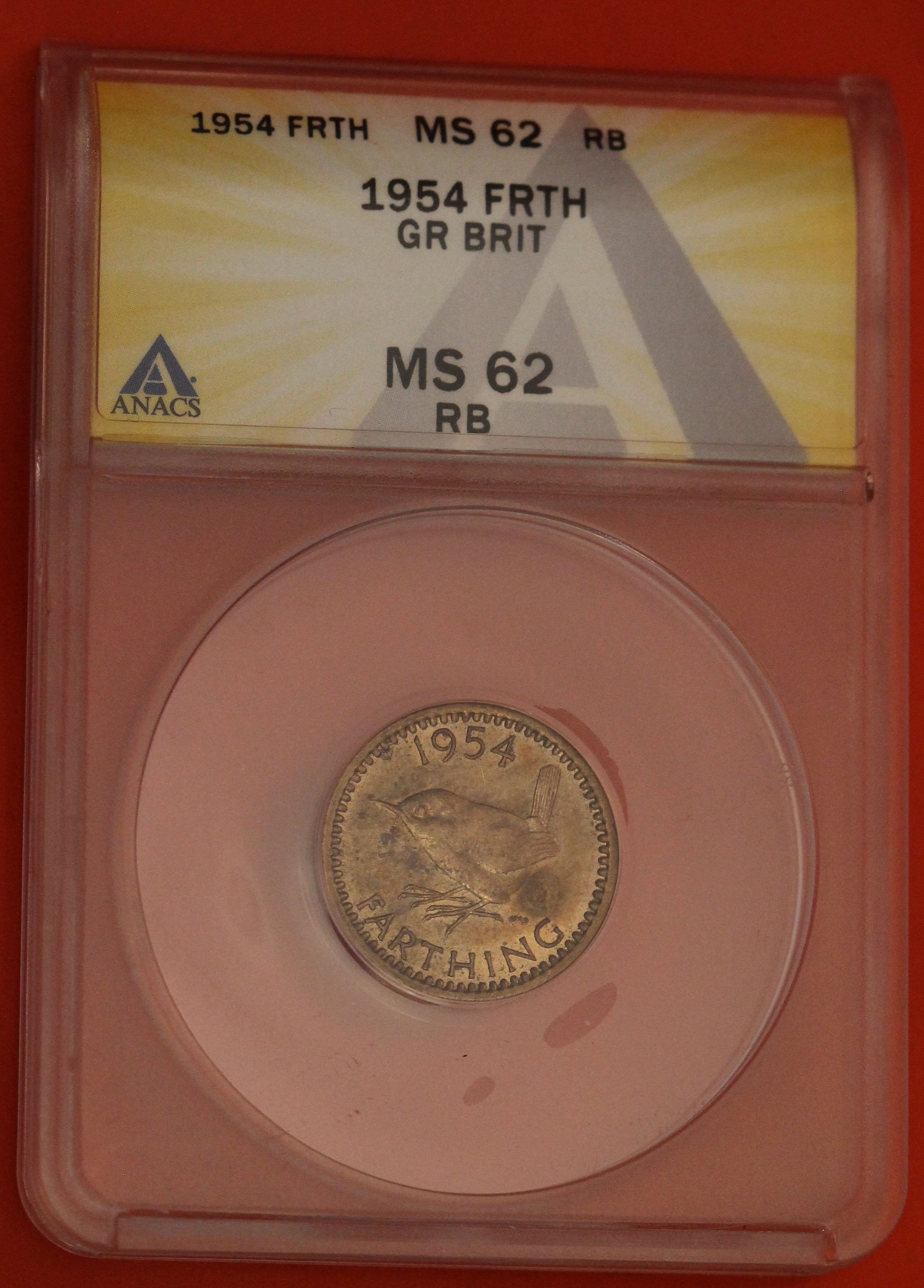
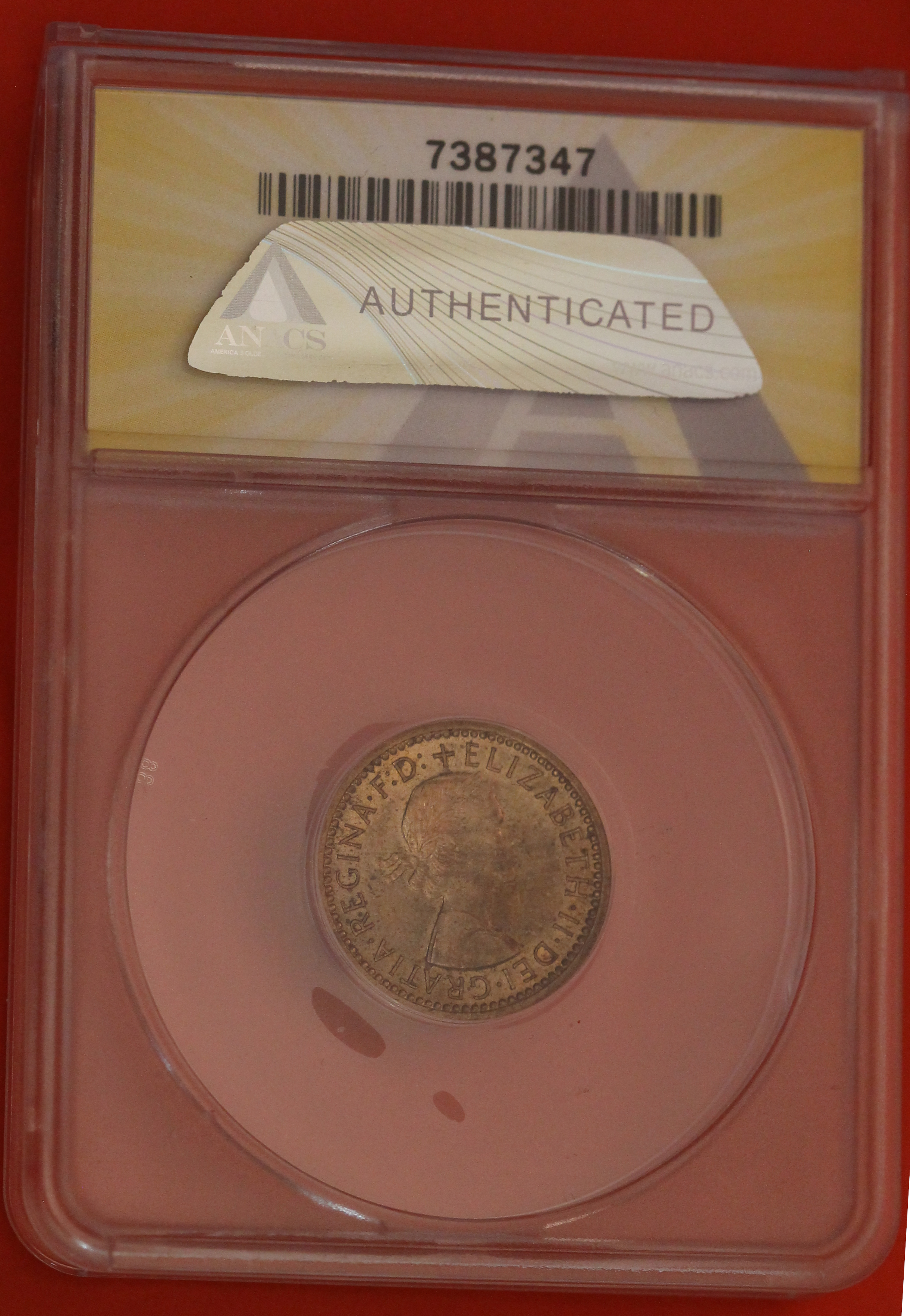
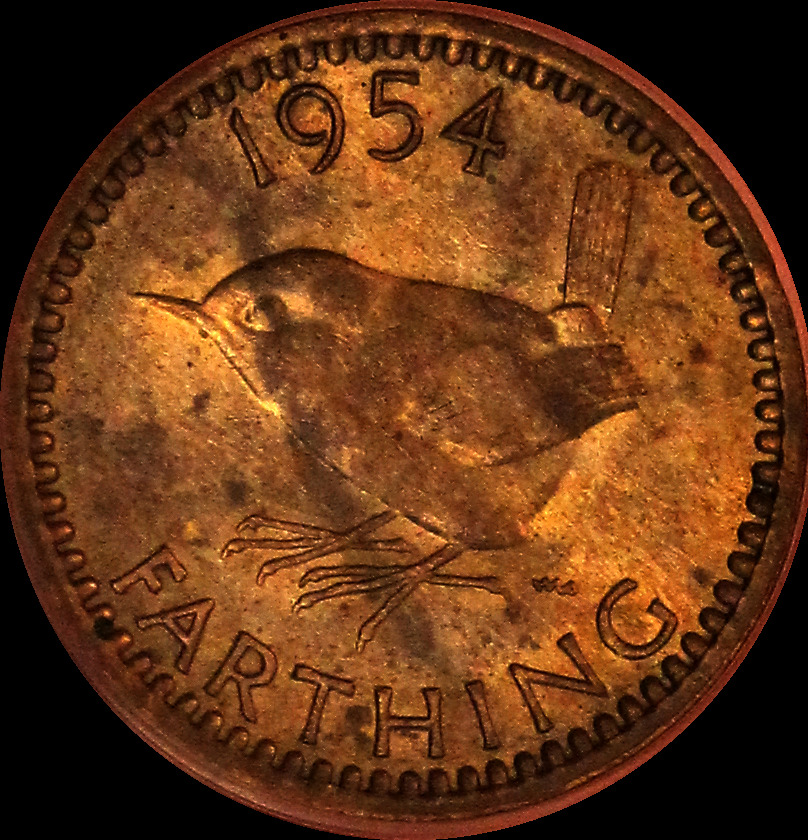
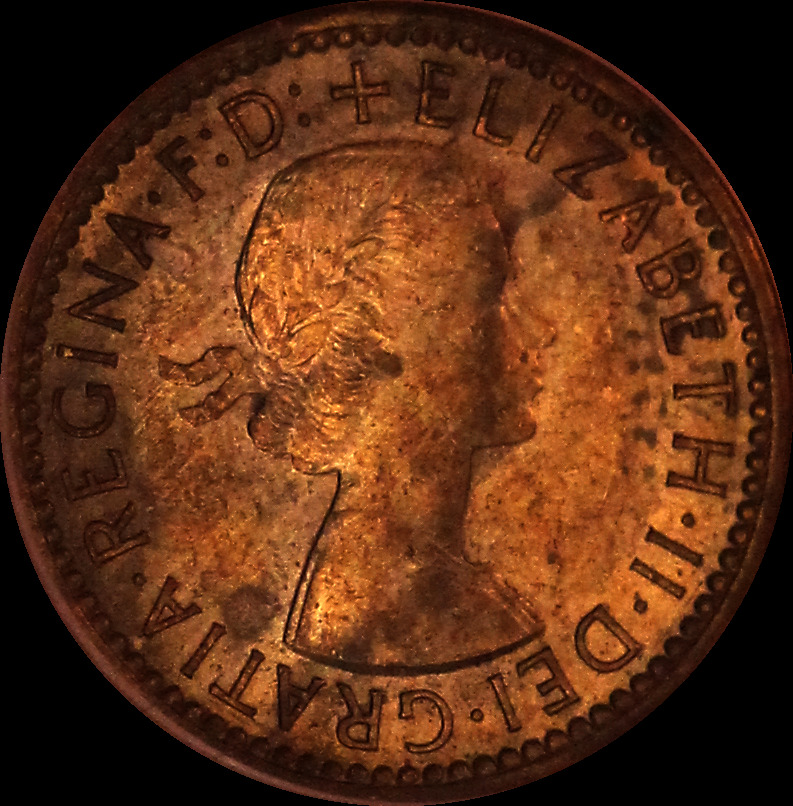
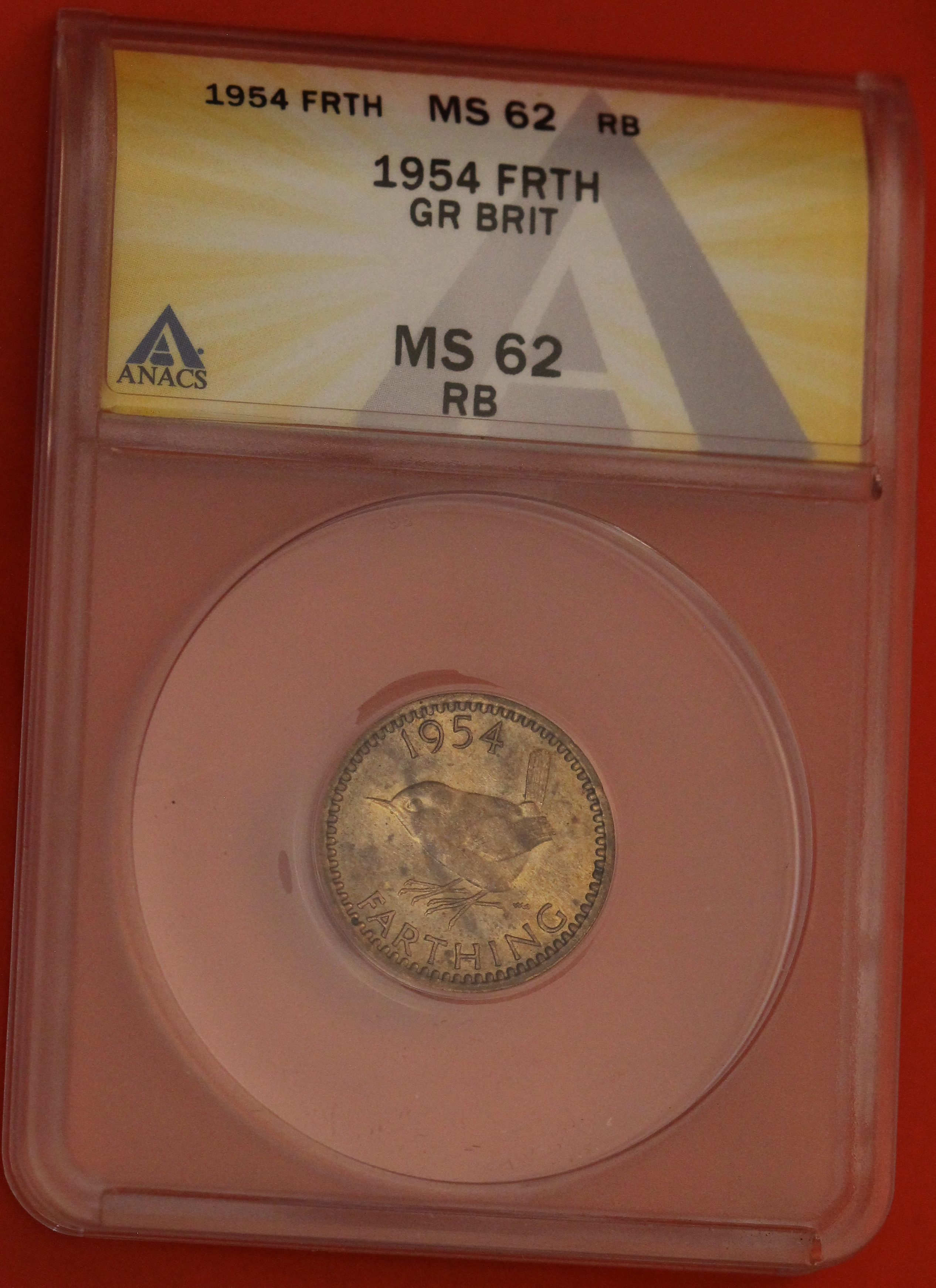
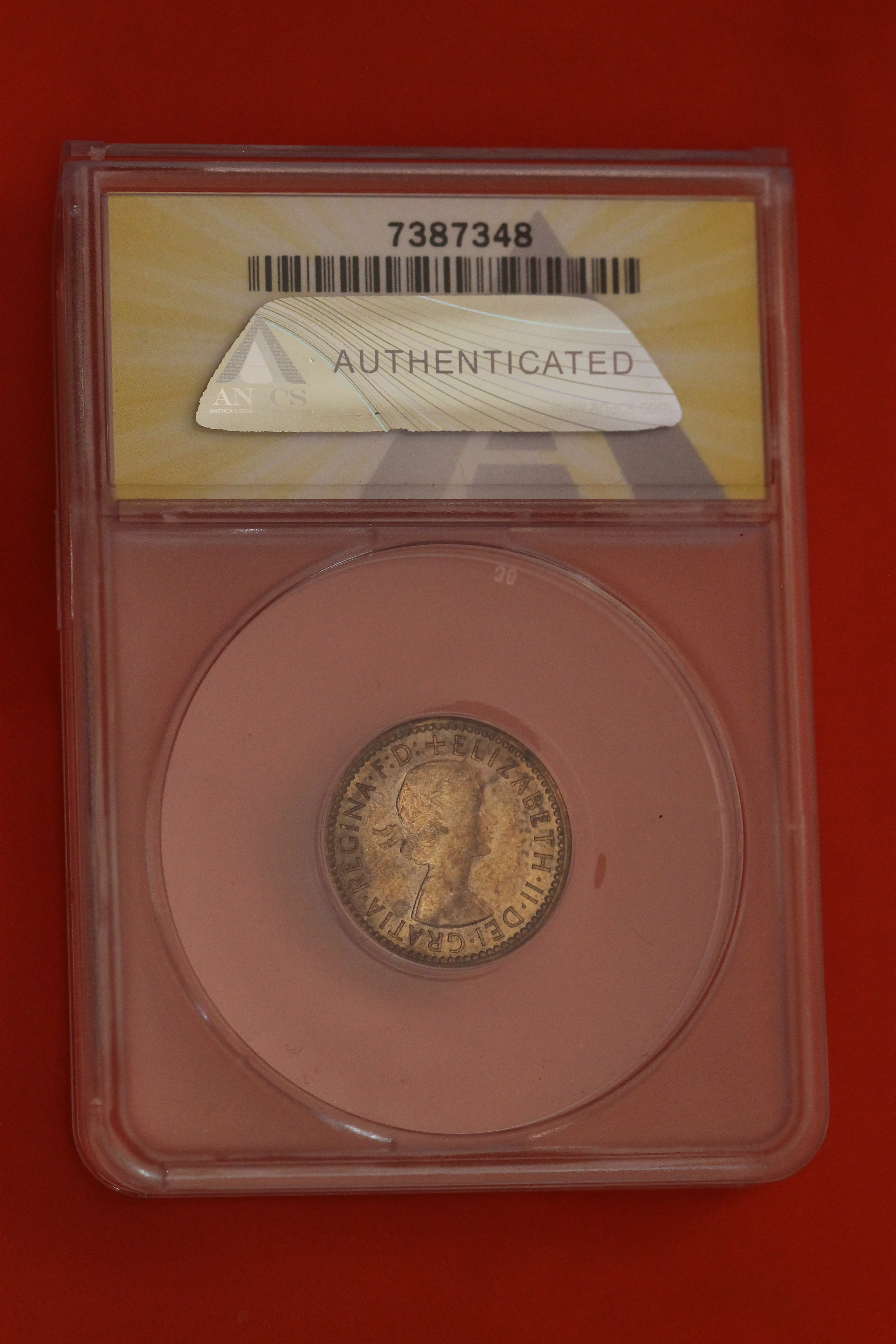
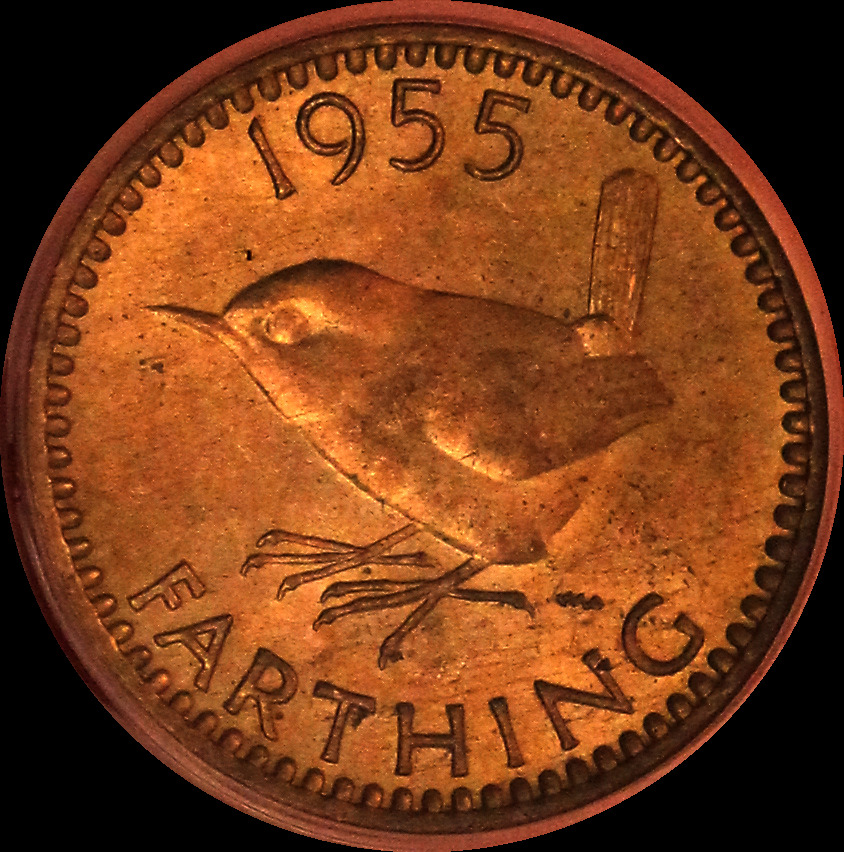
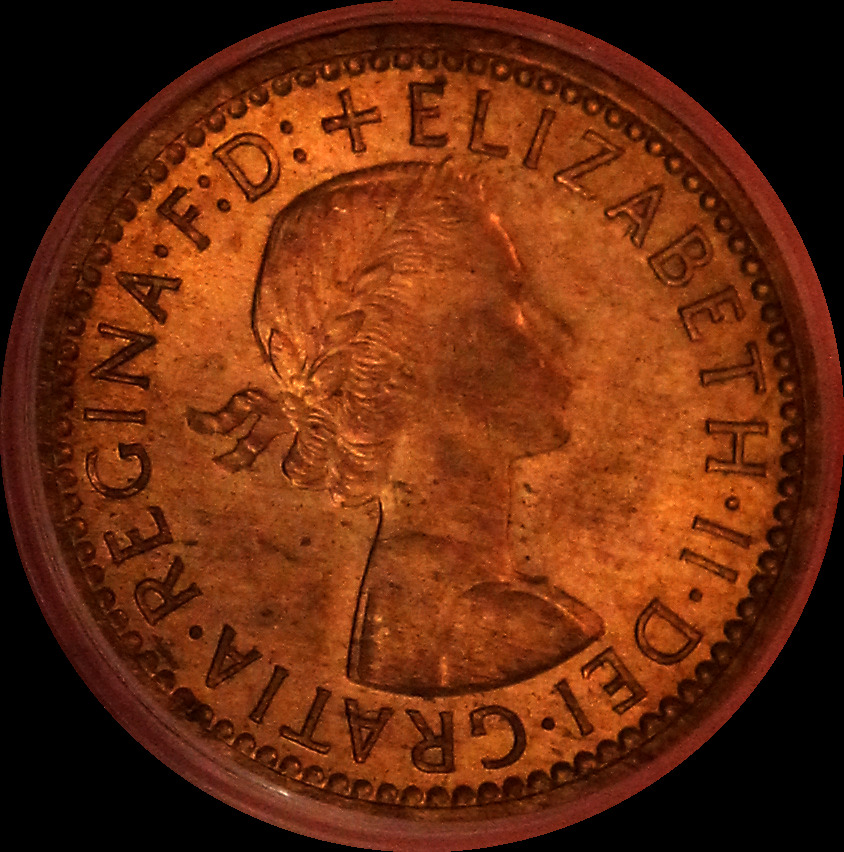
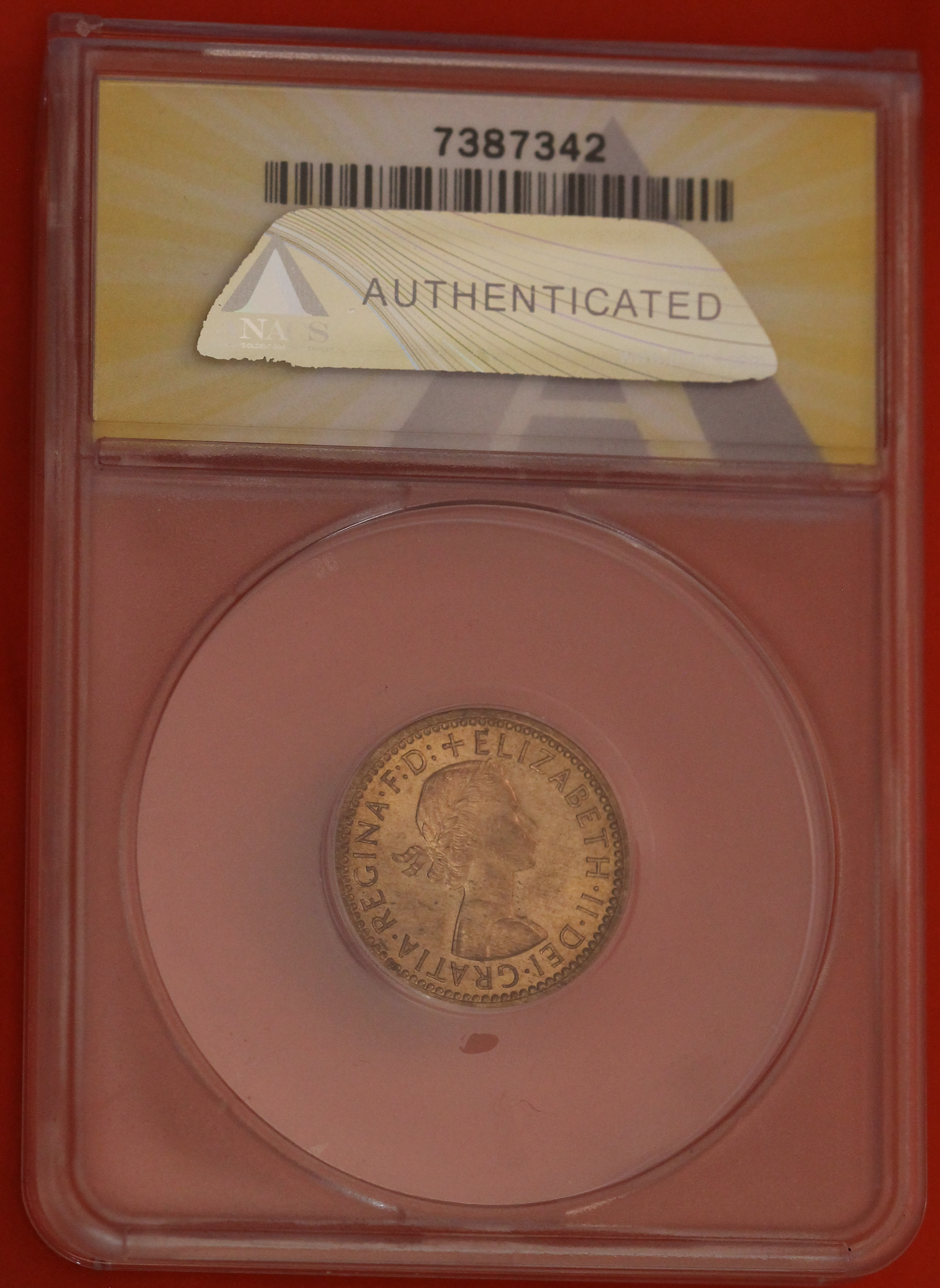
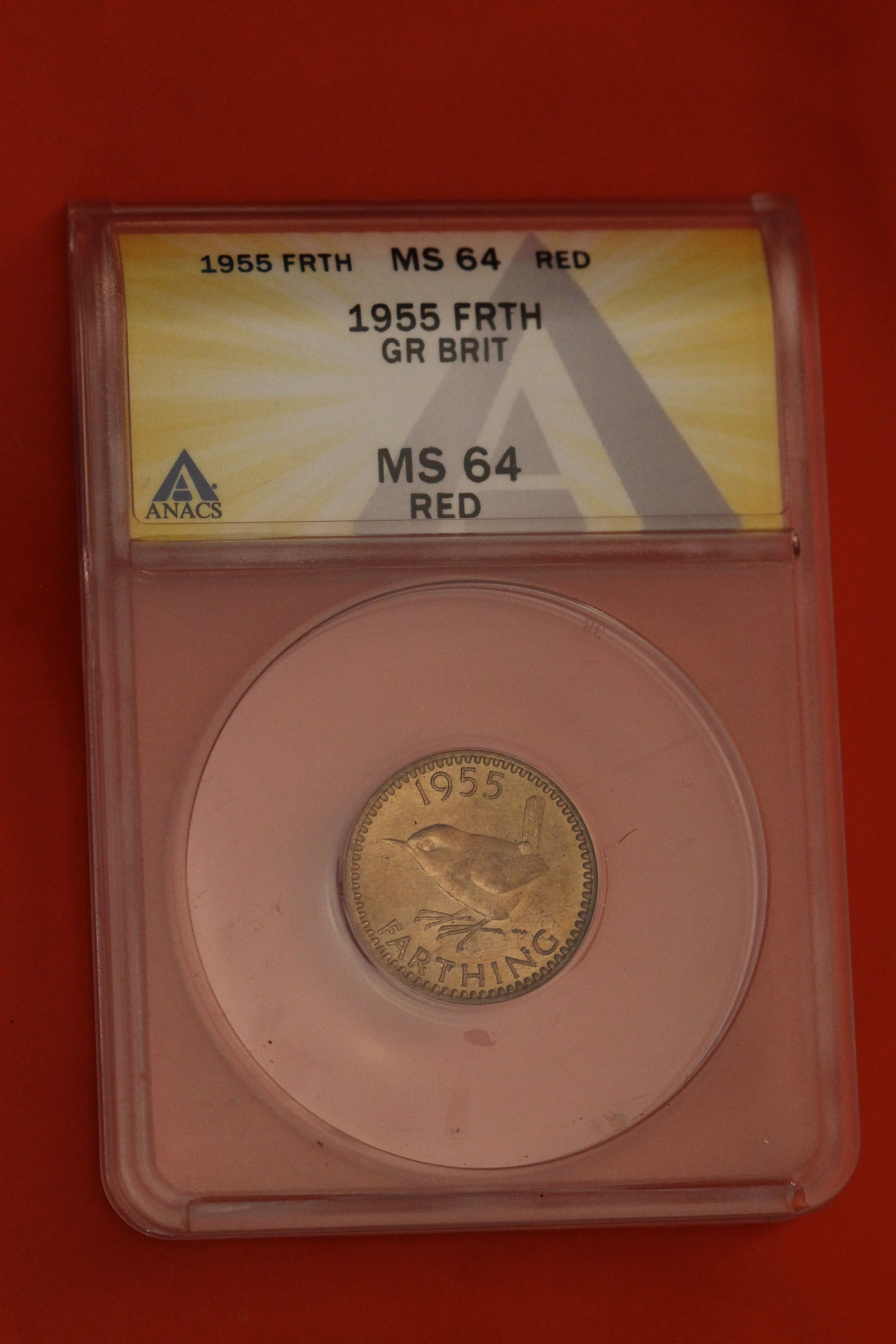
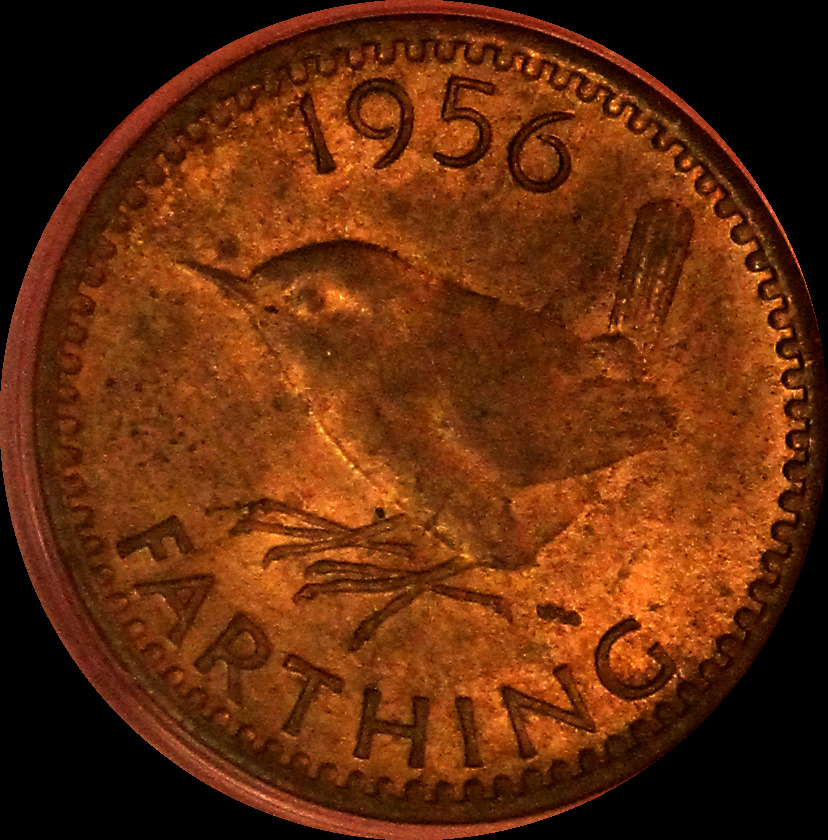
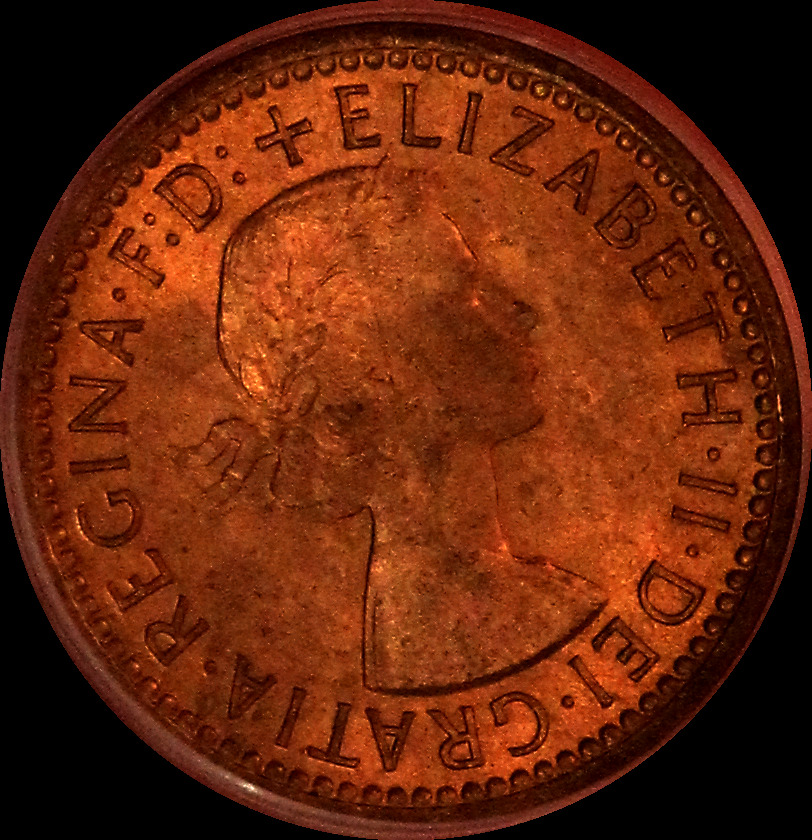
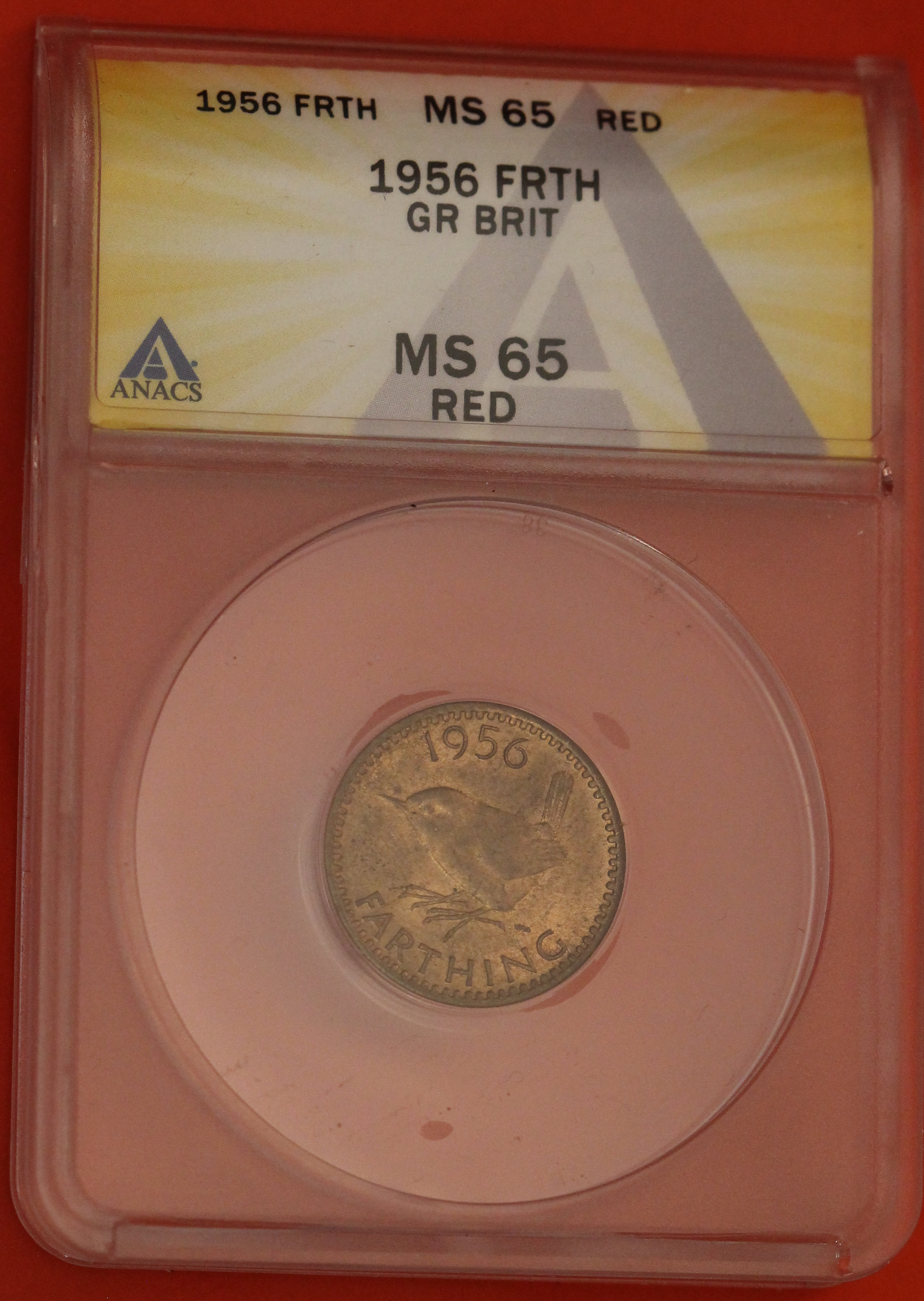
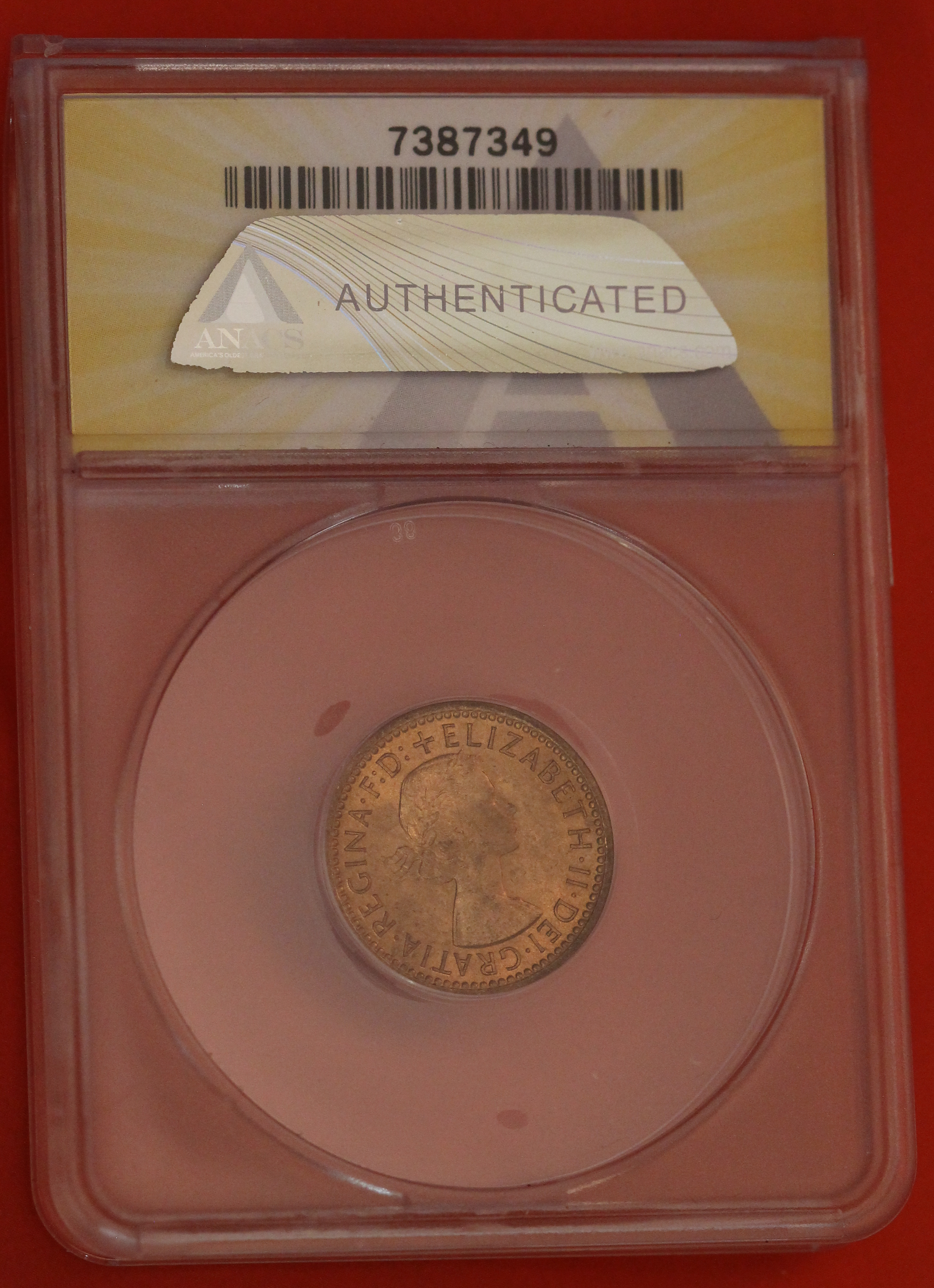
One of the things that make these farthings amazing to me is that they survived the bombing of England during WWII which was known as the Battle of Britian, the air war between the British and the Nazi's prior to the entry of the US into WW22. This is esepcially true of the 1941 year coins, although not exclussively. Who was holding onto these coins in mint state with bombs falling down on their heads and air sirens and fire alarms constantly going off. It is quite amazing.
